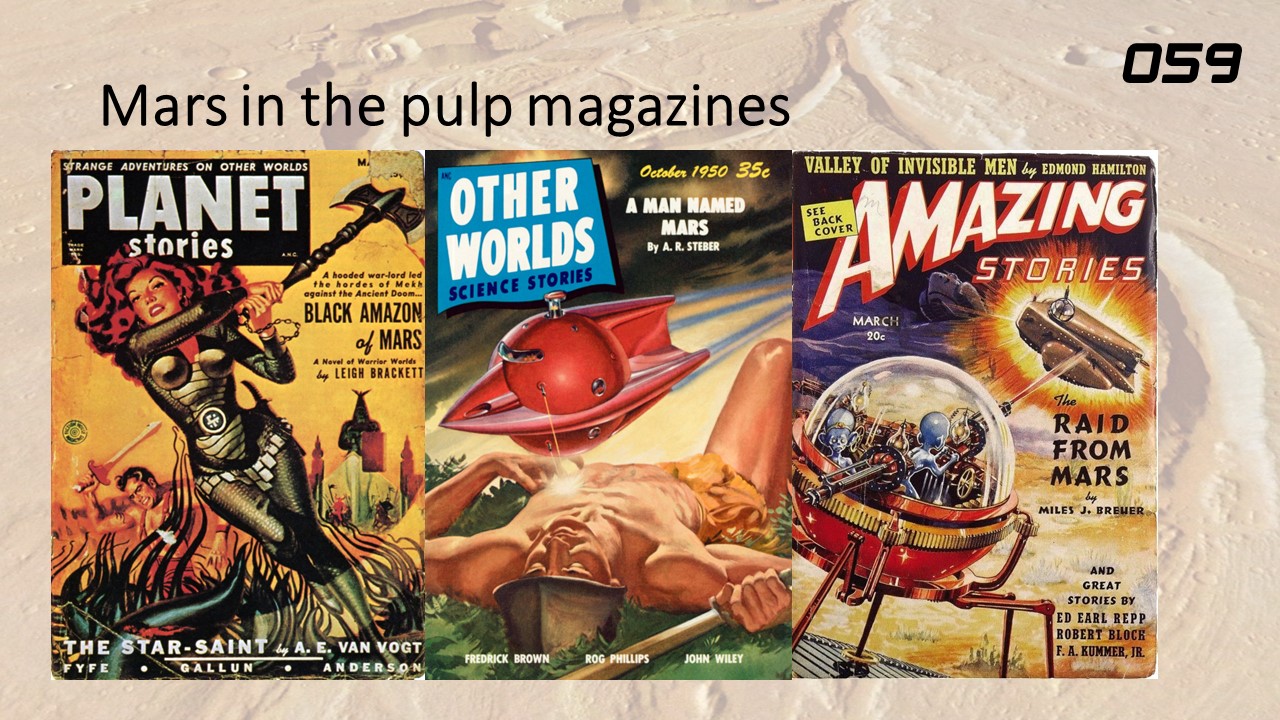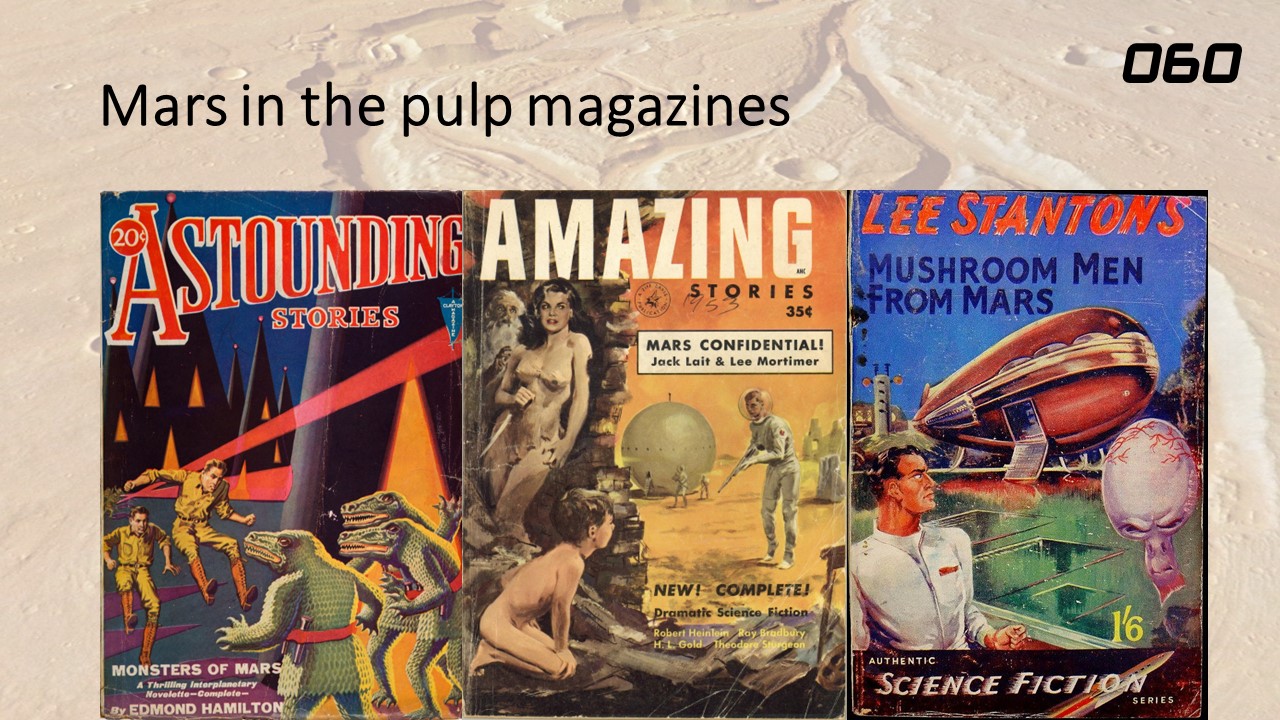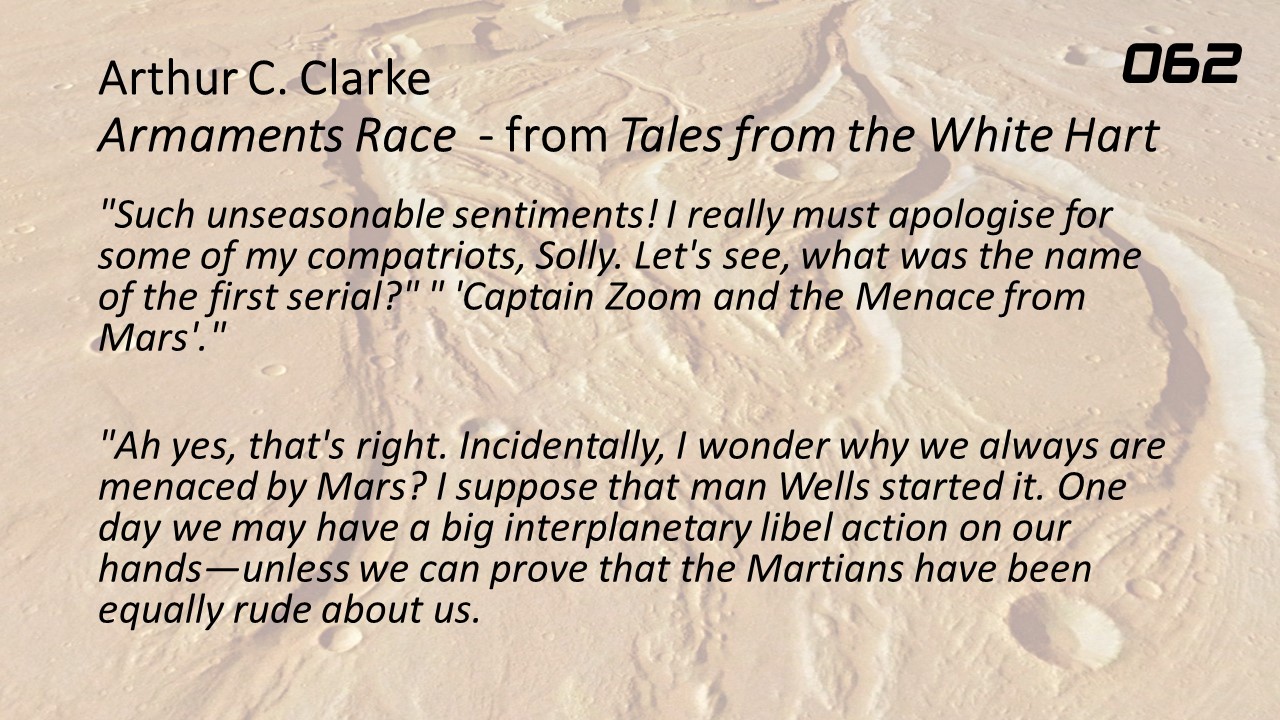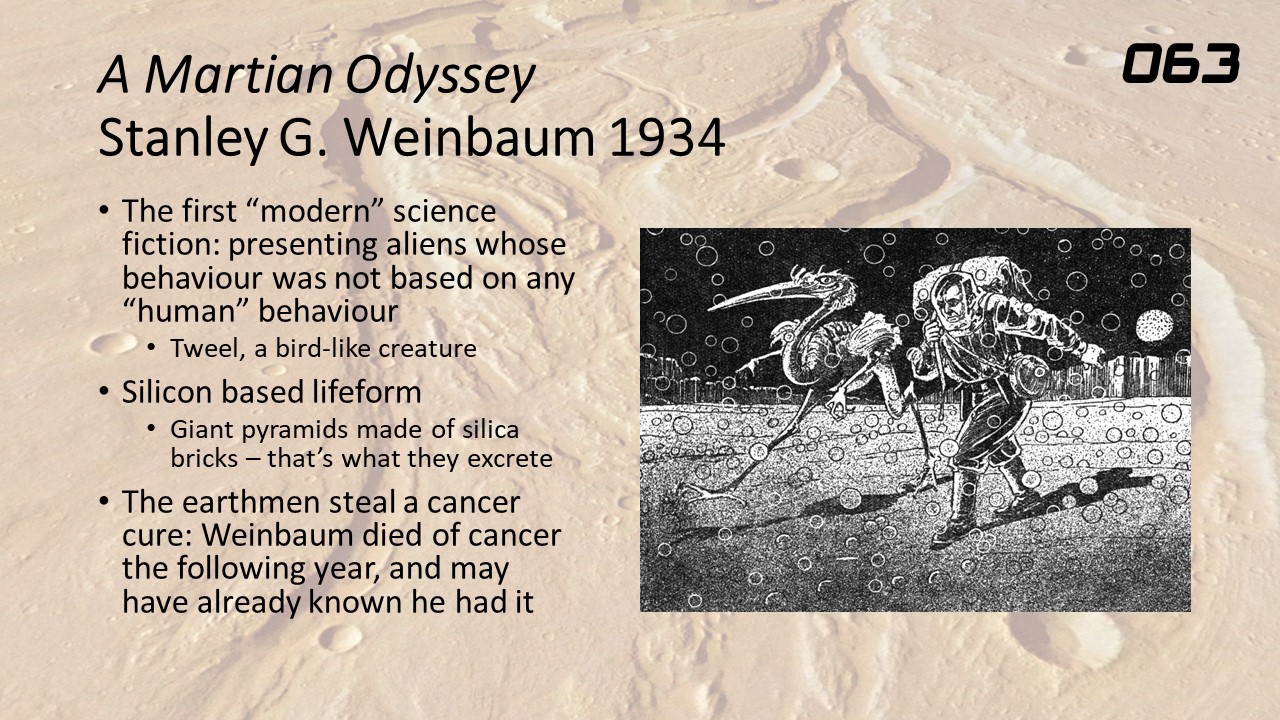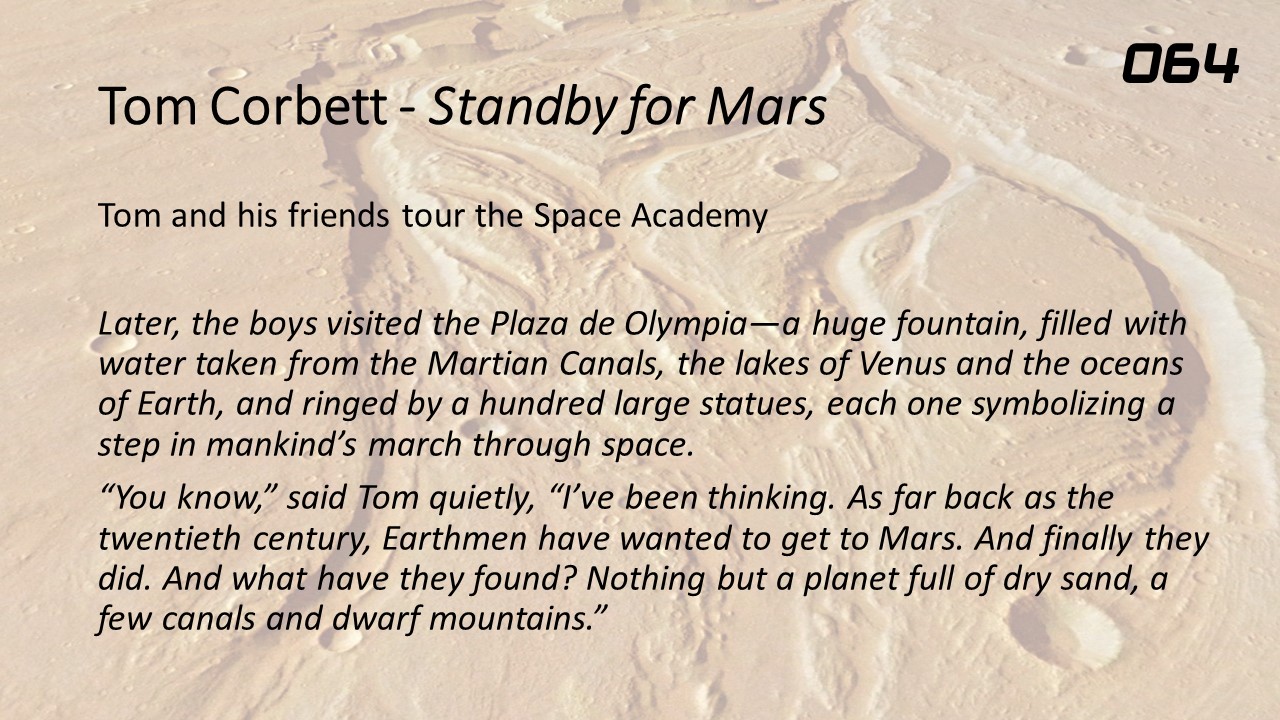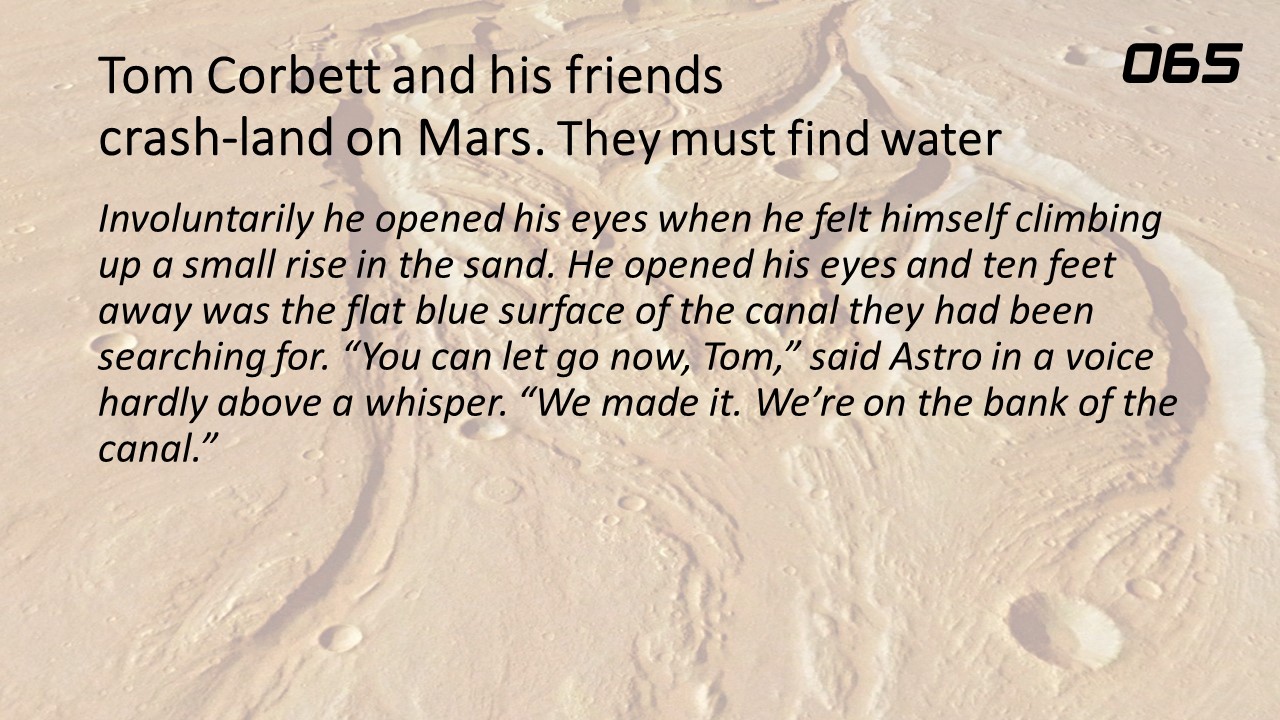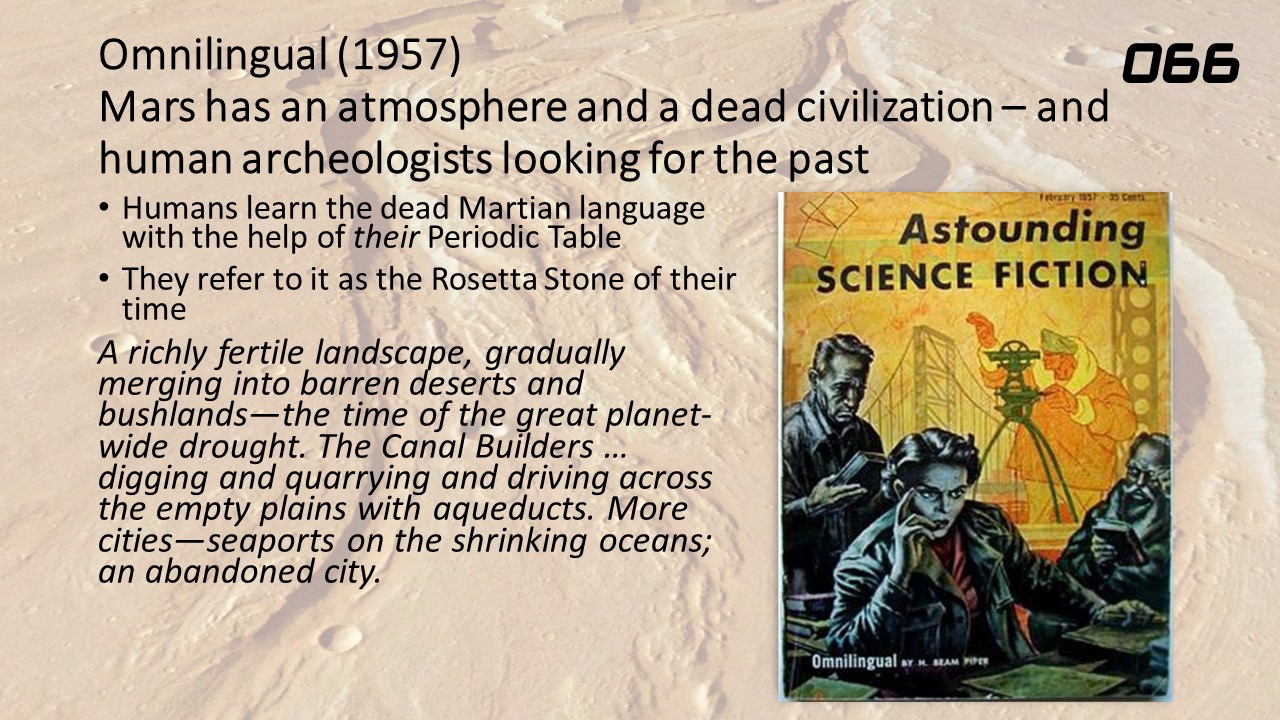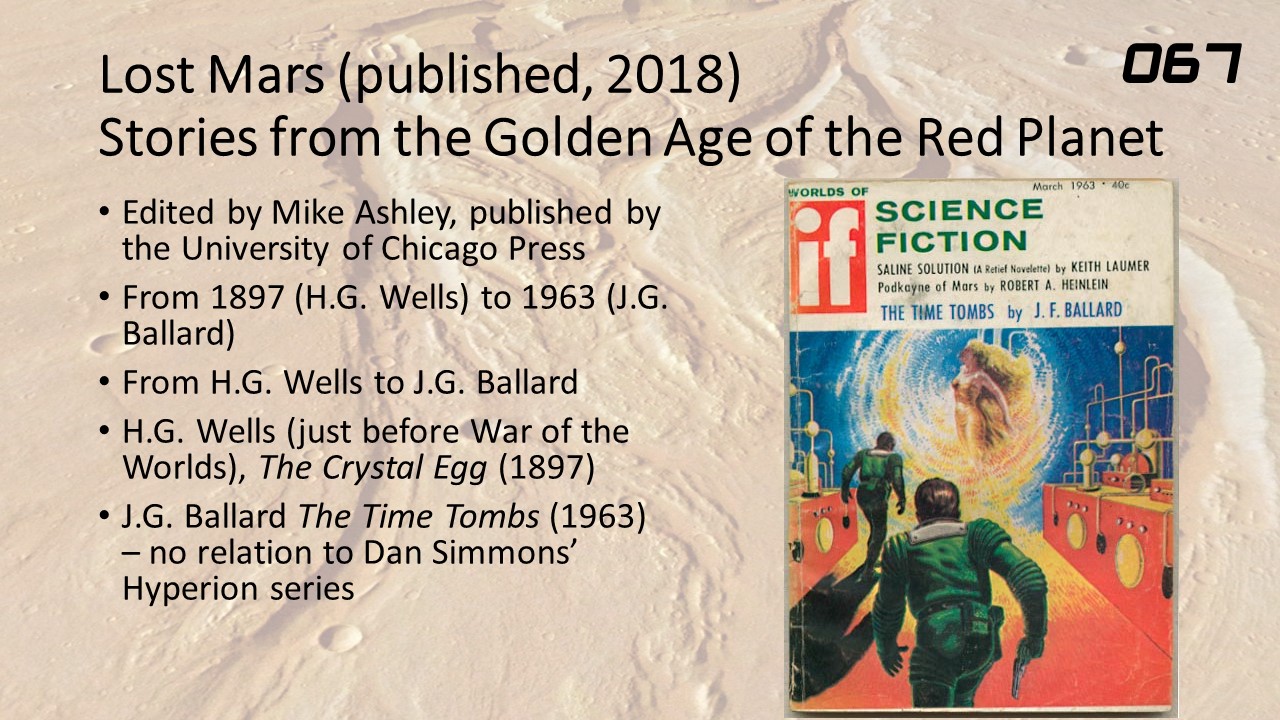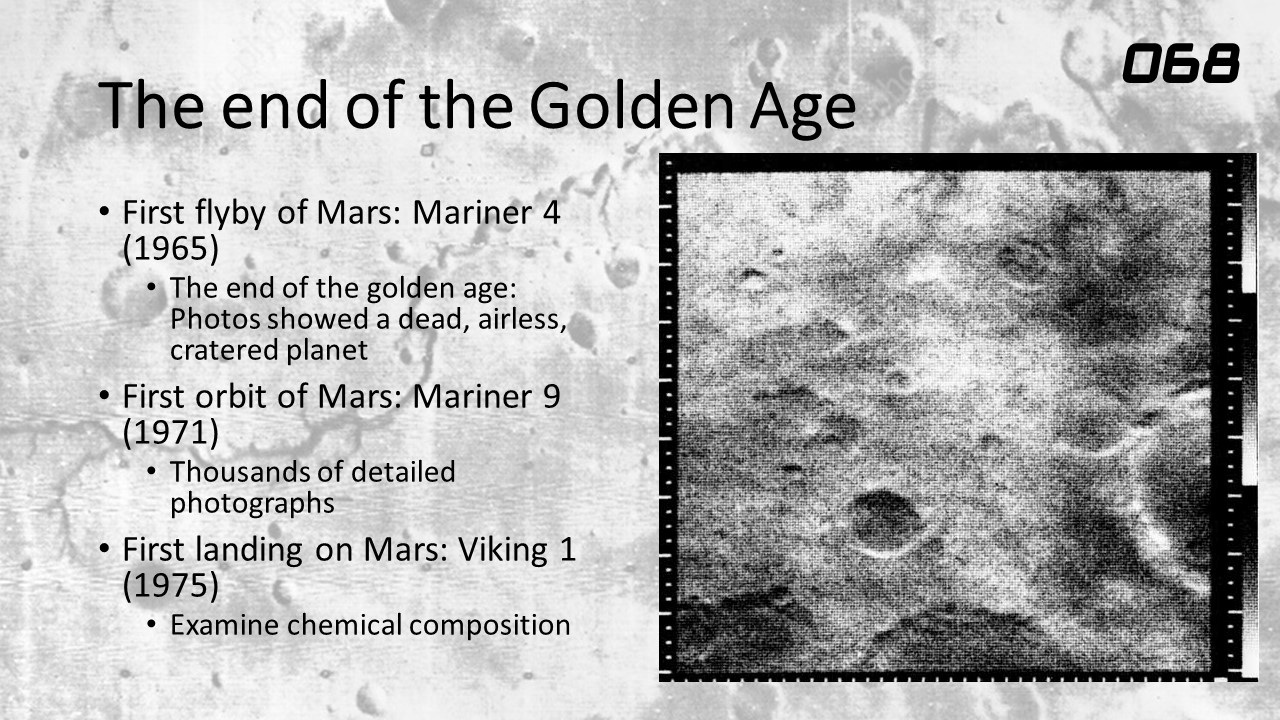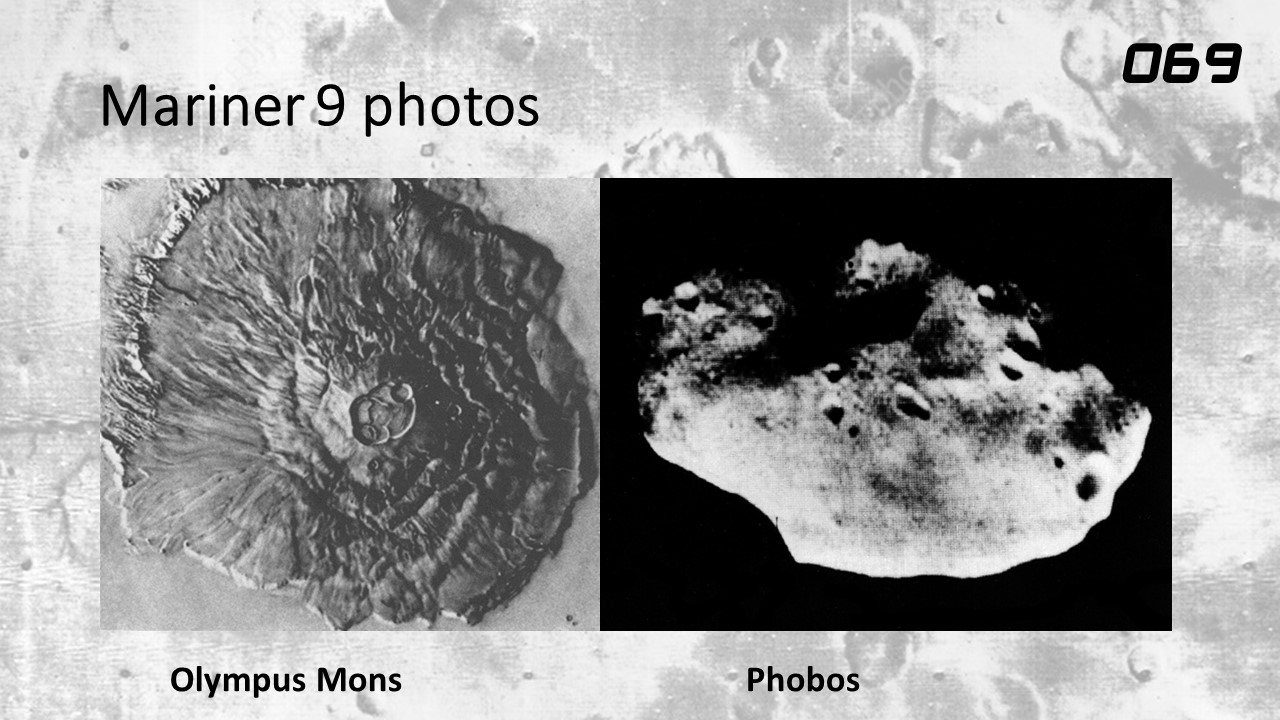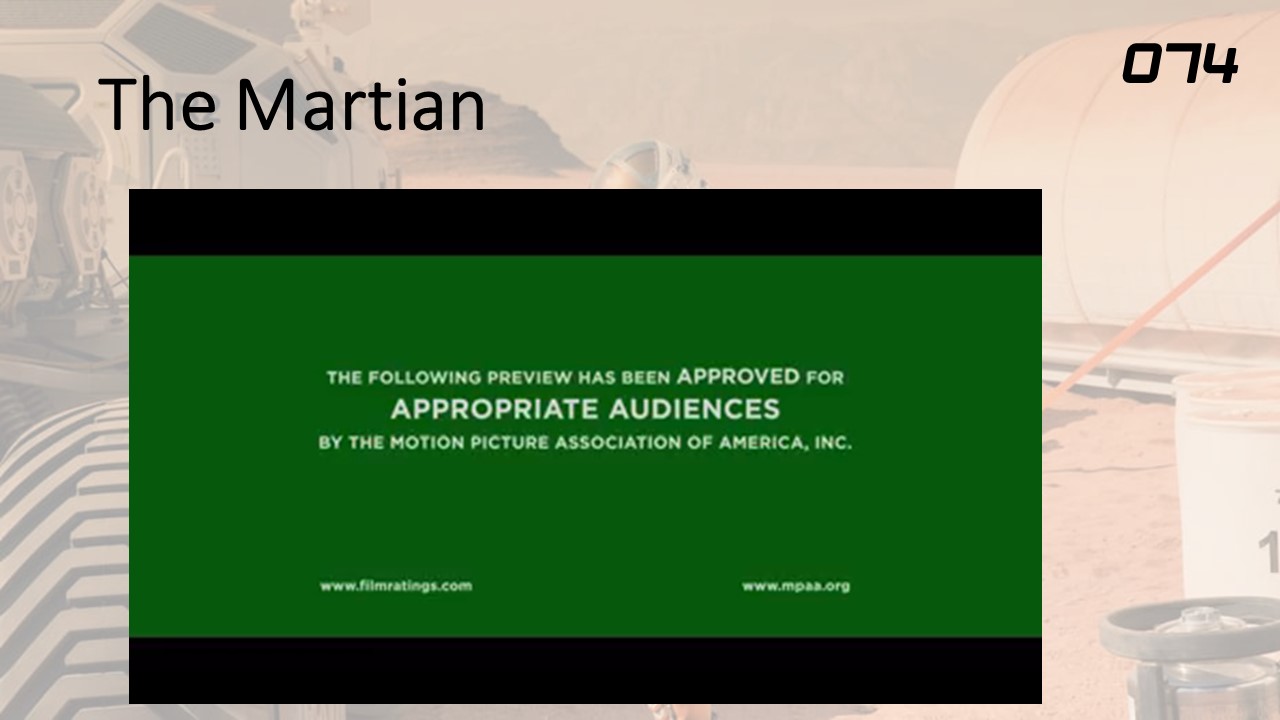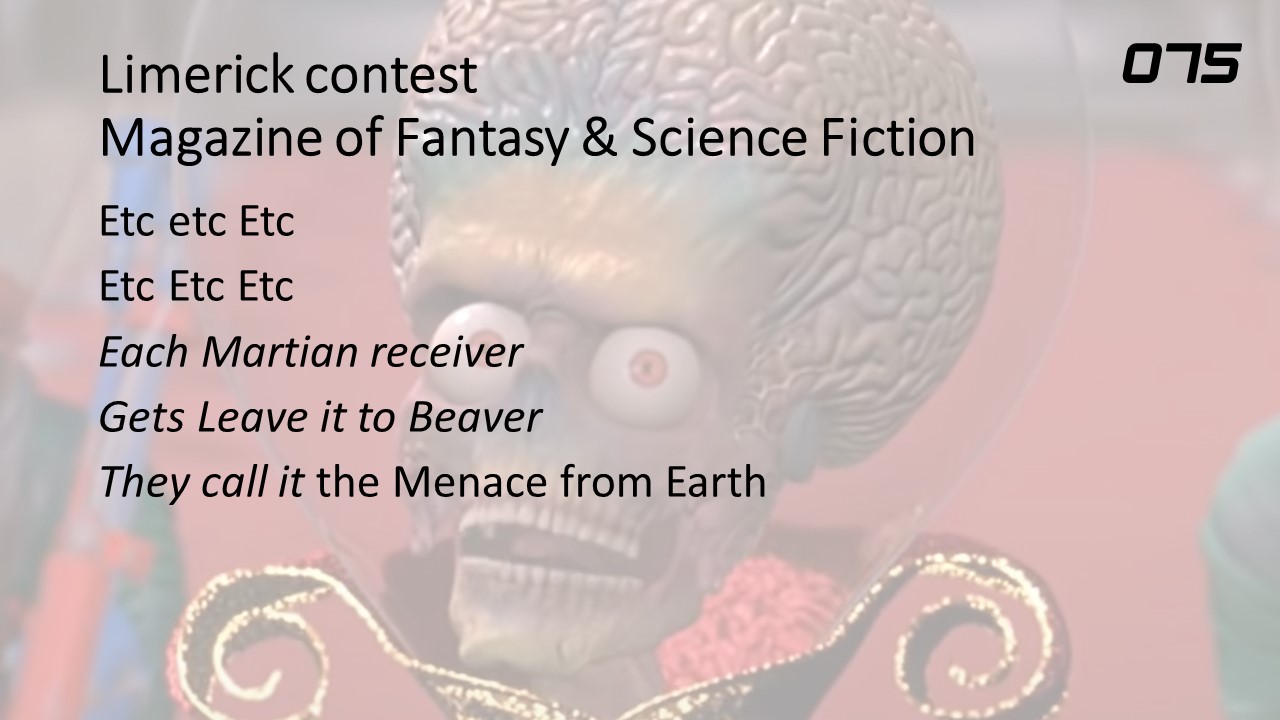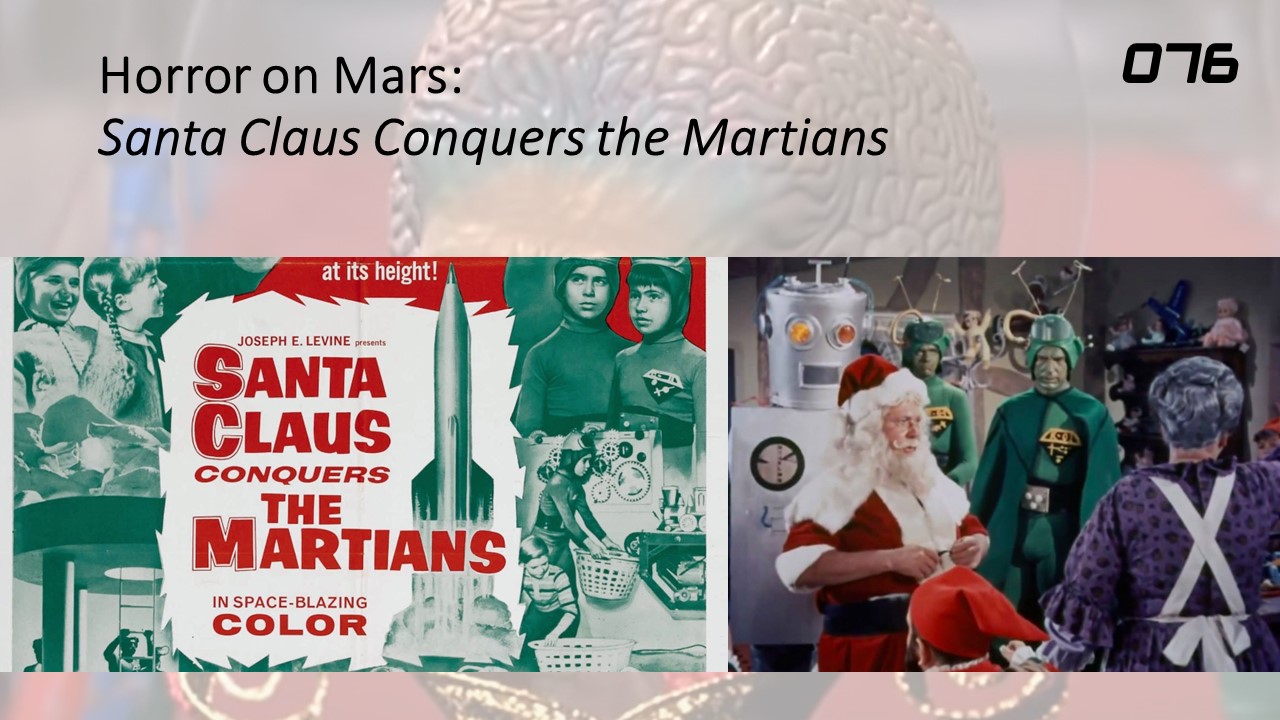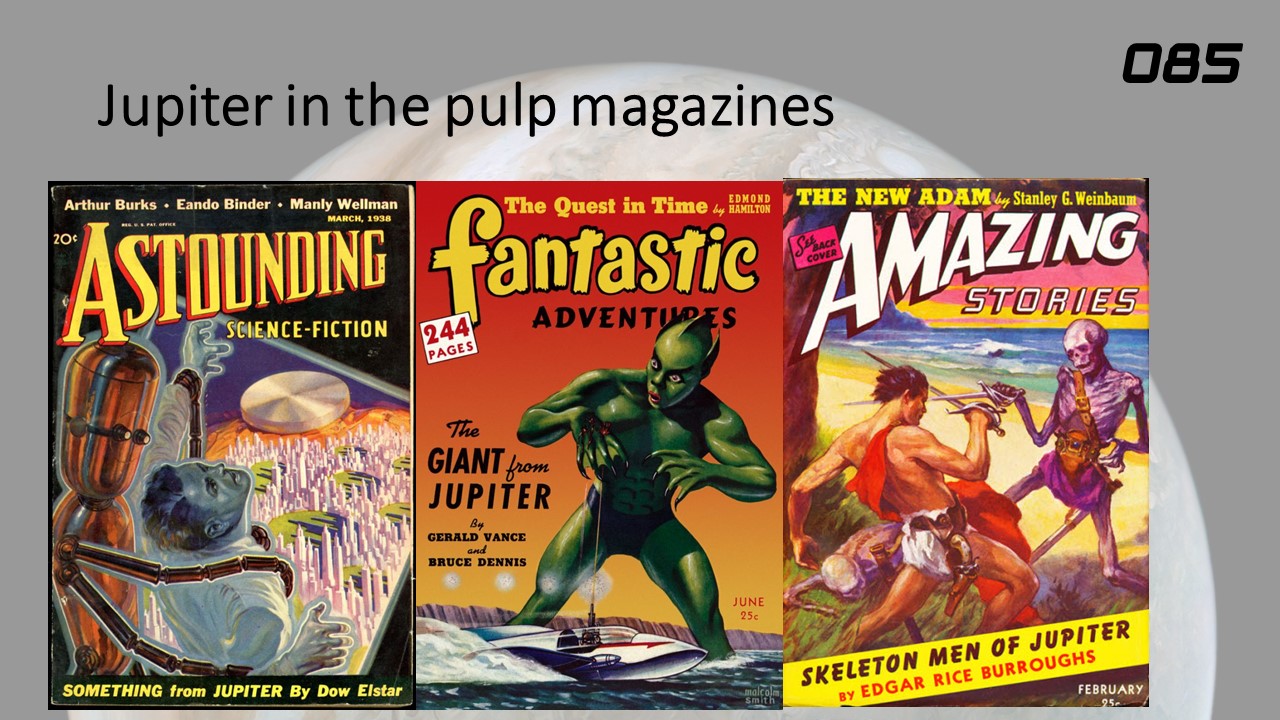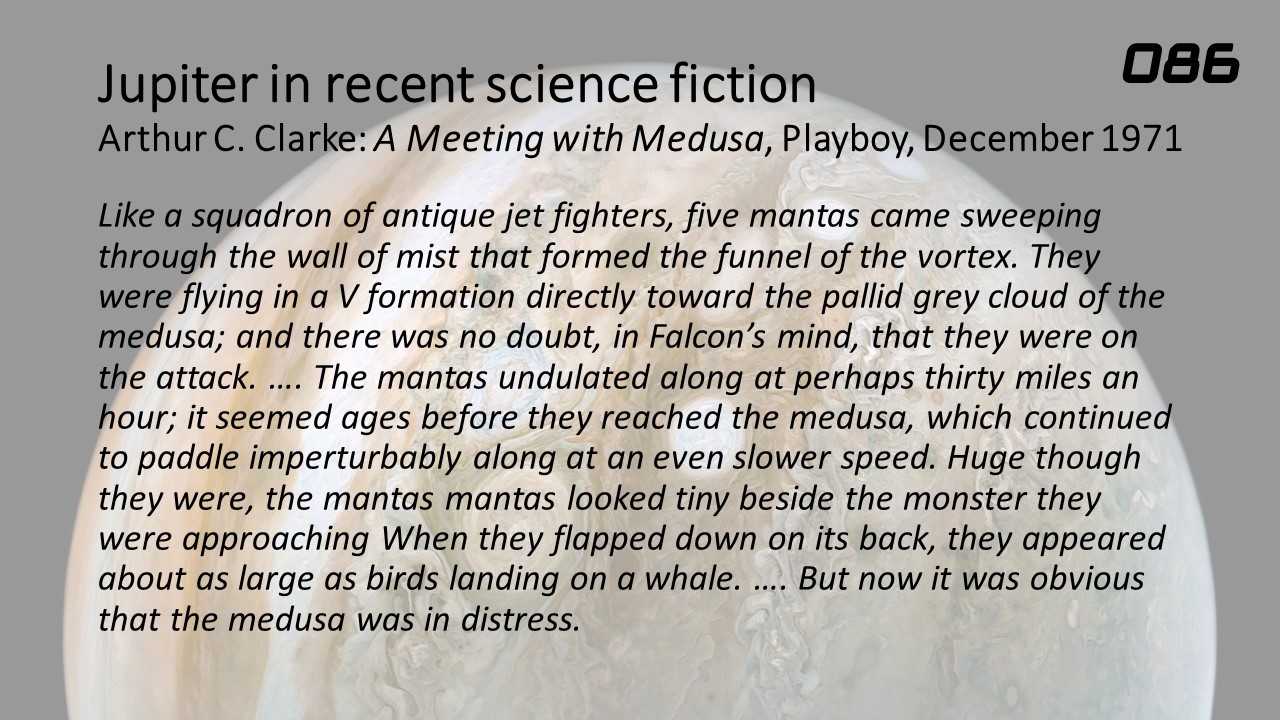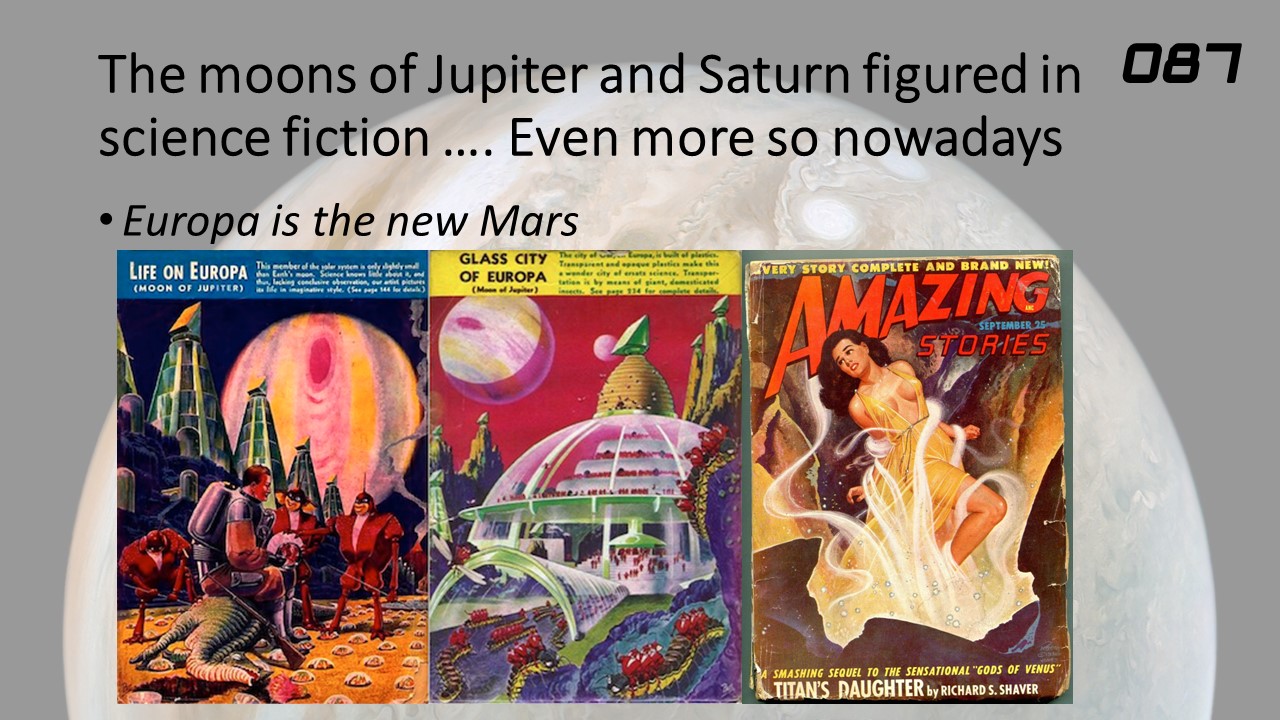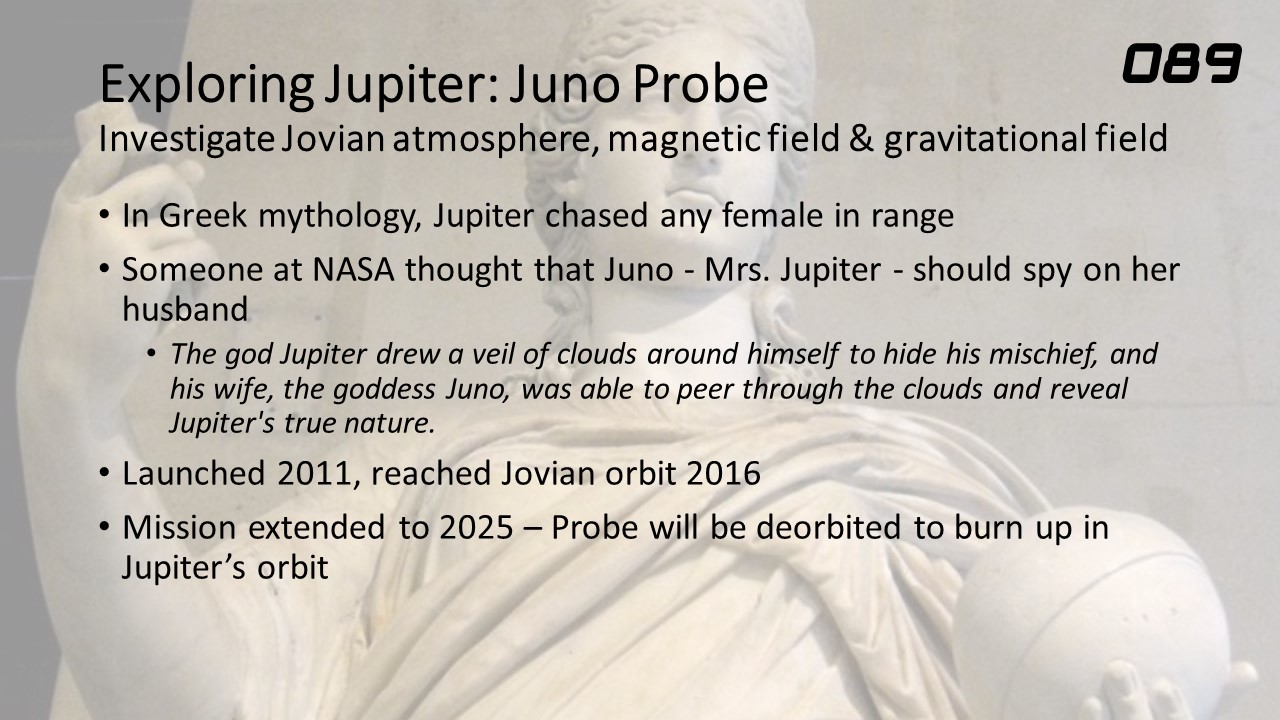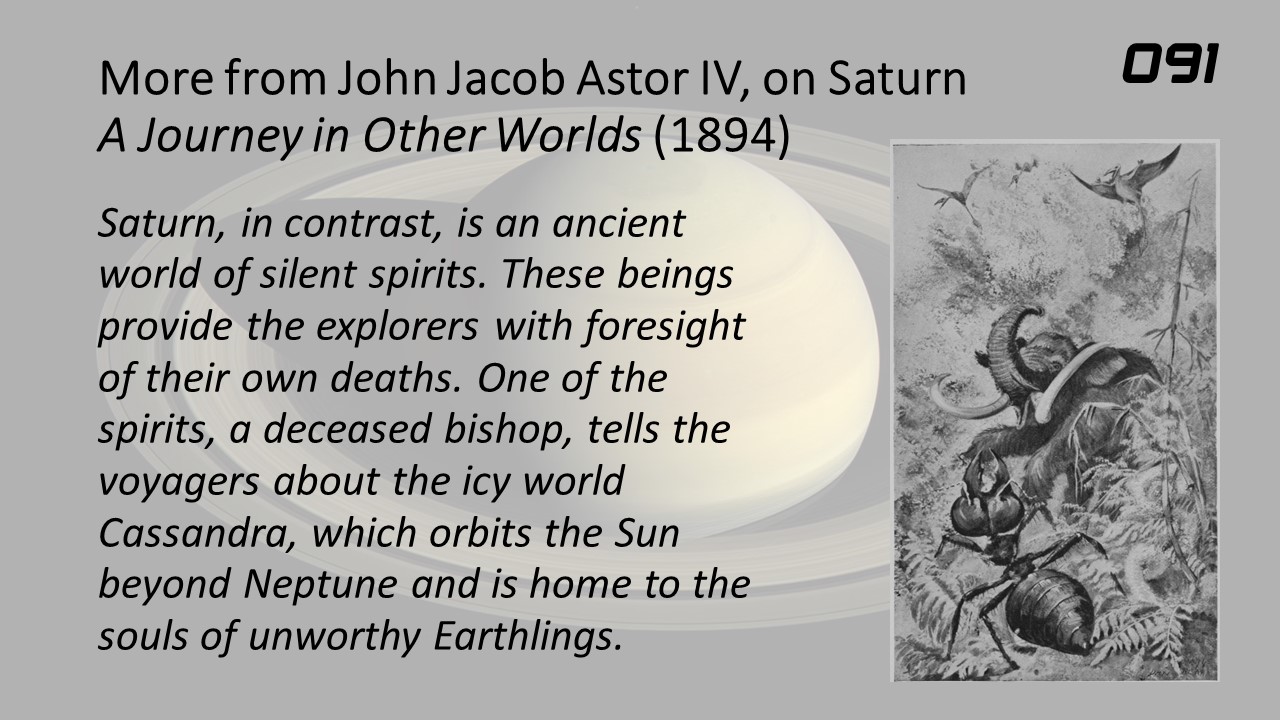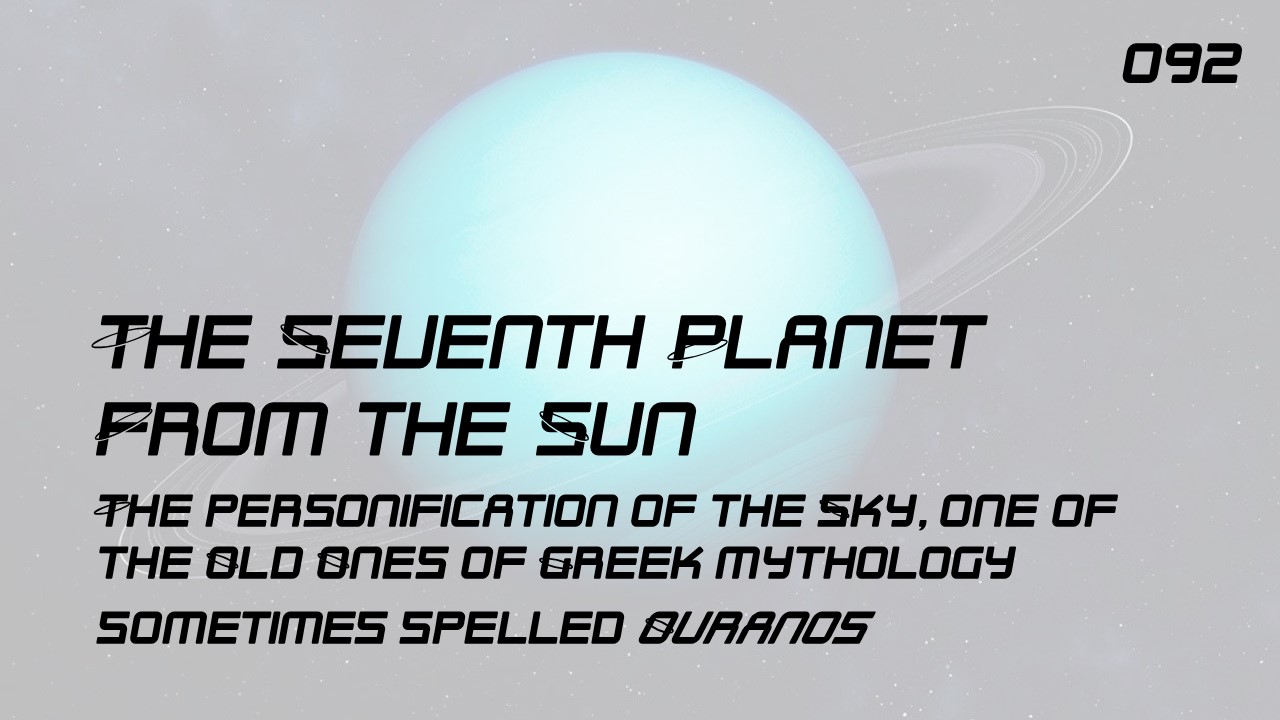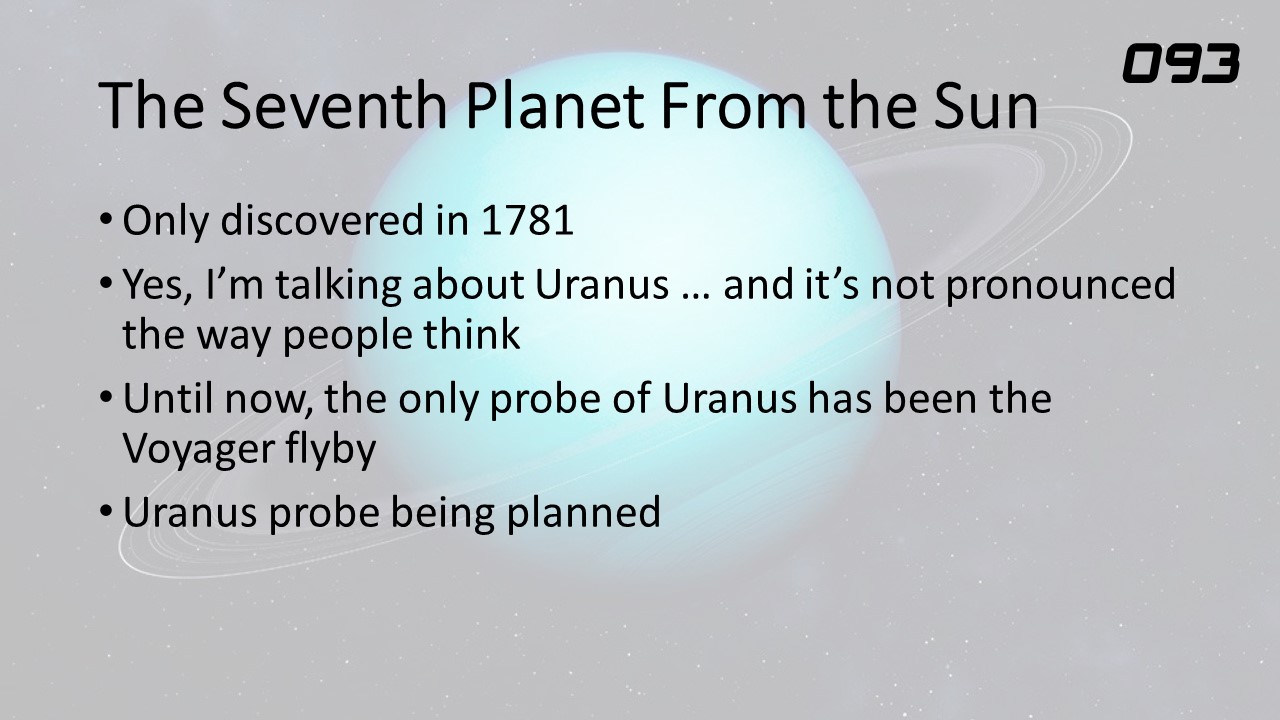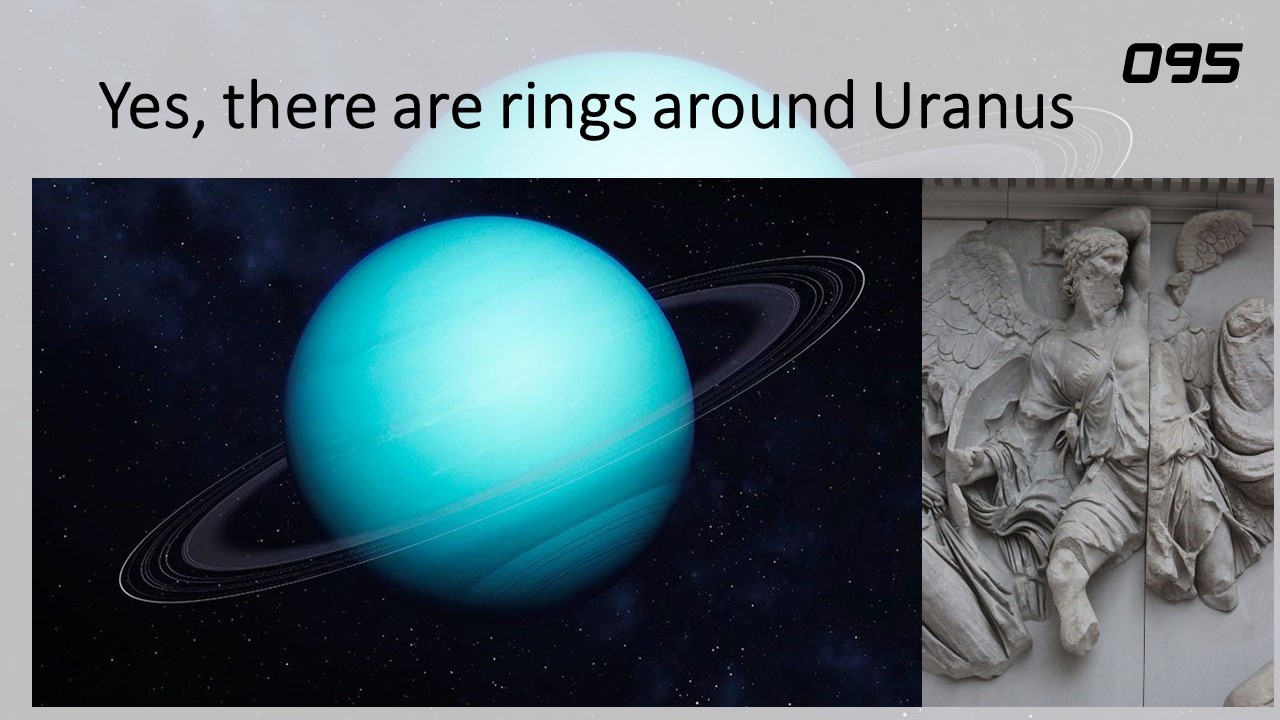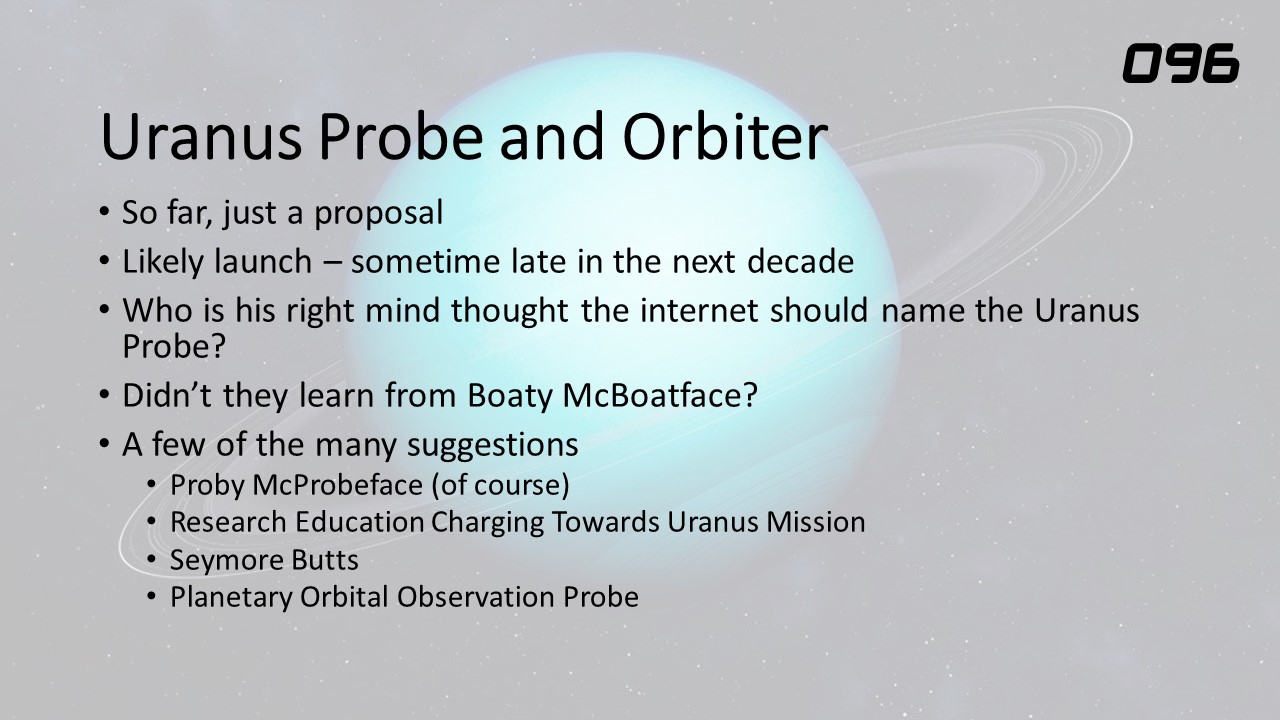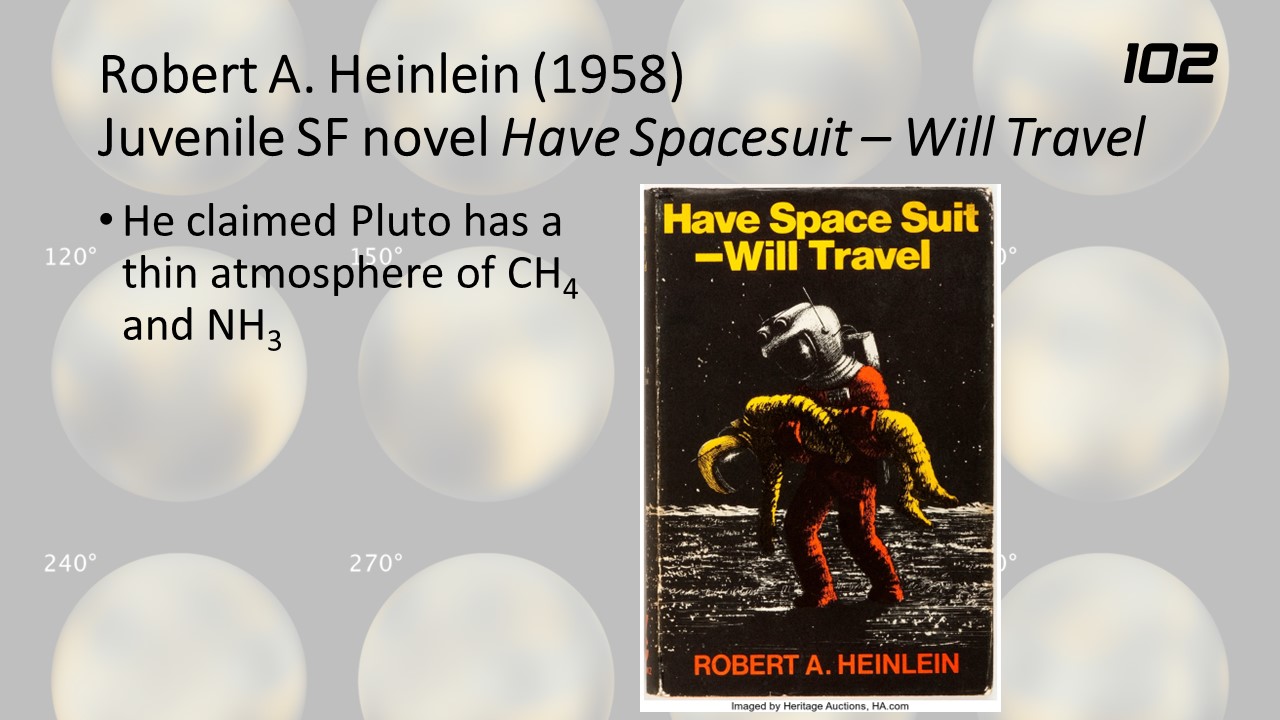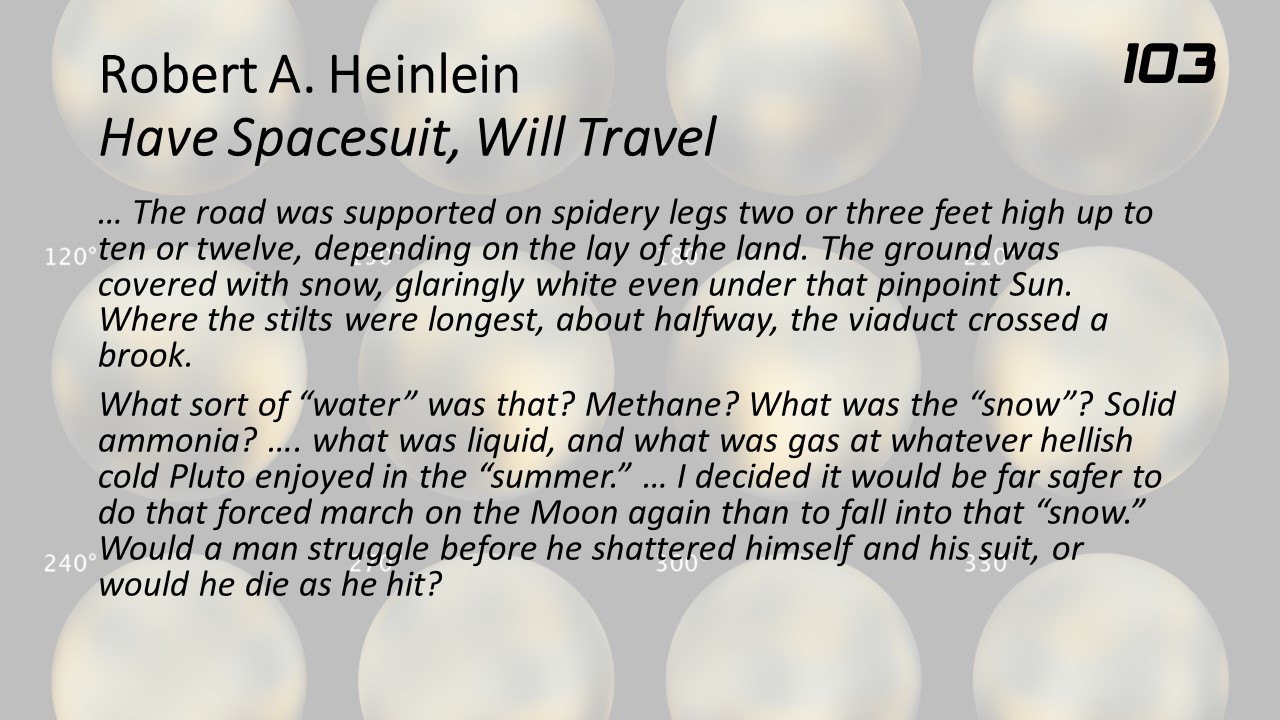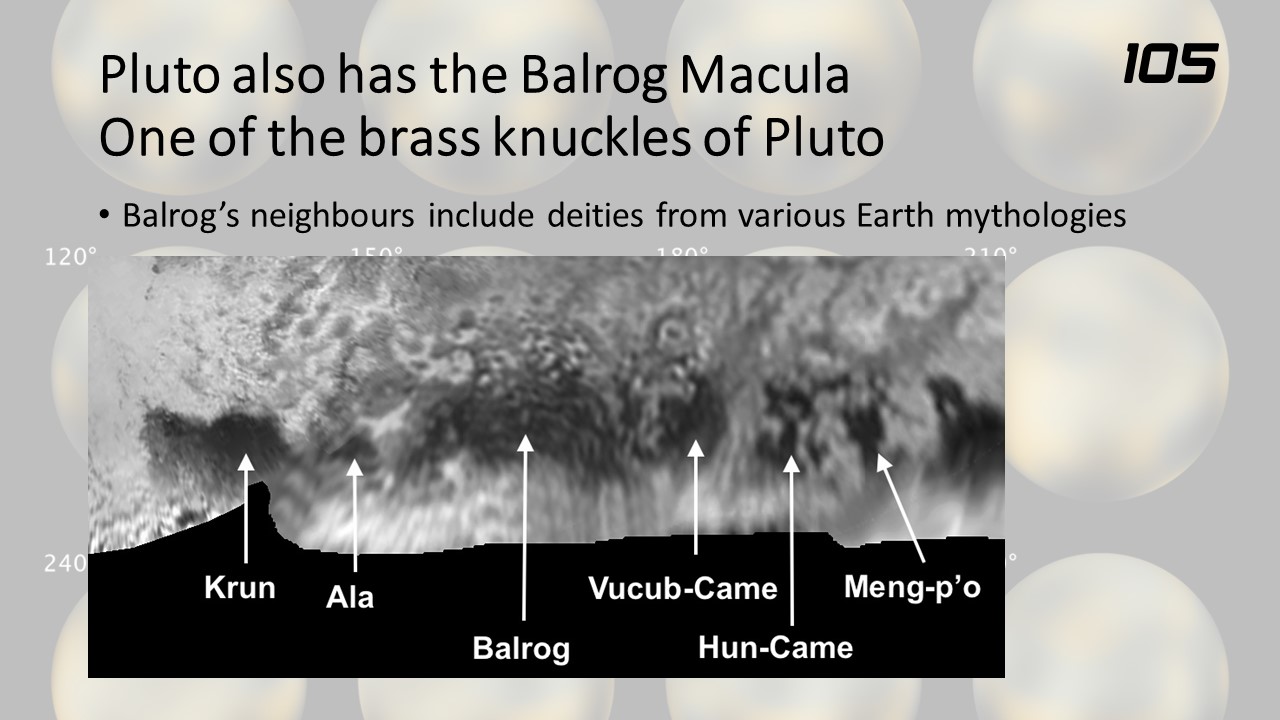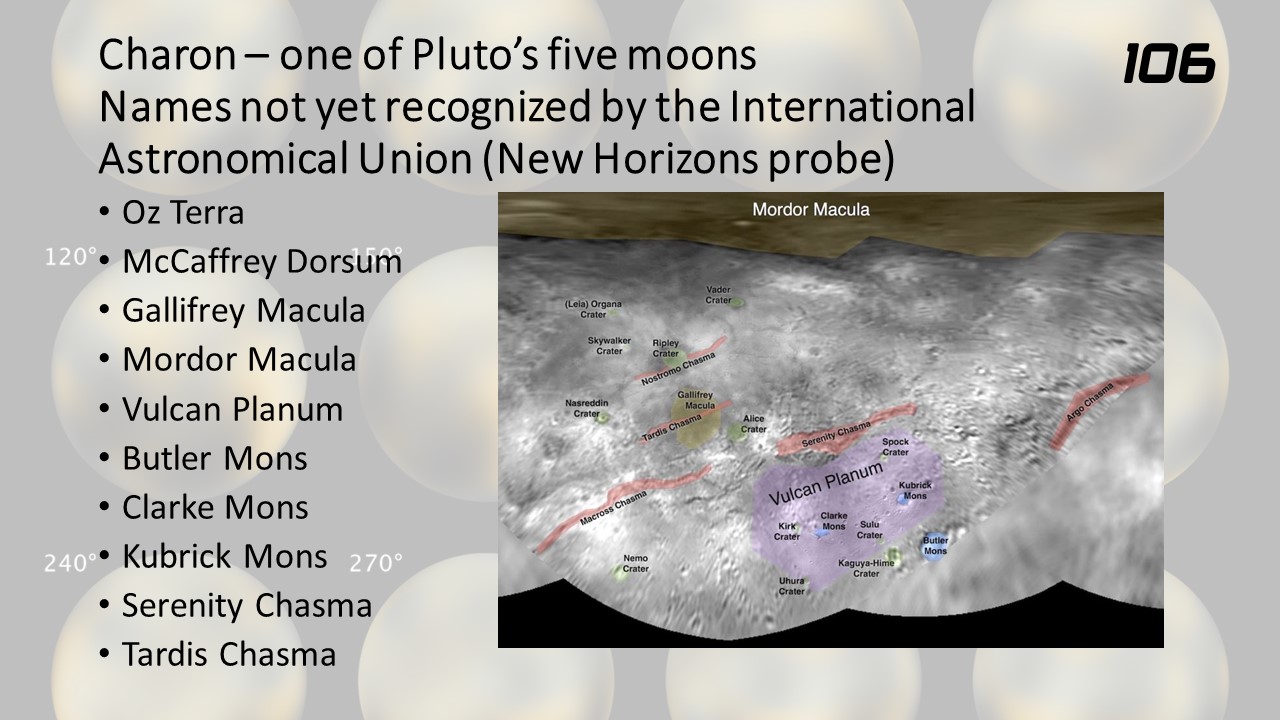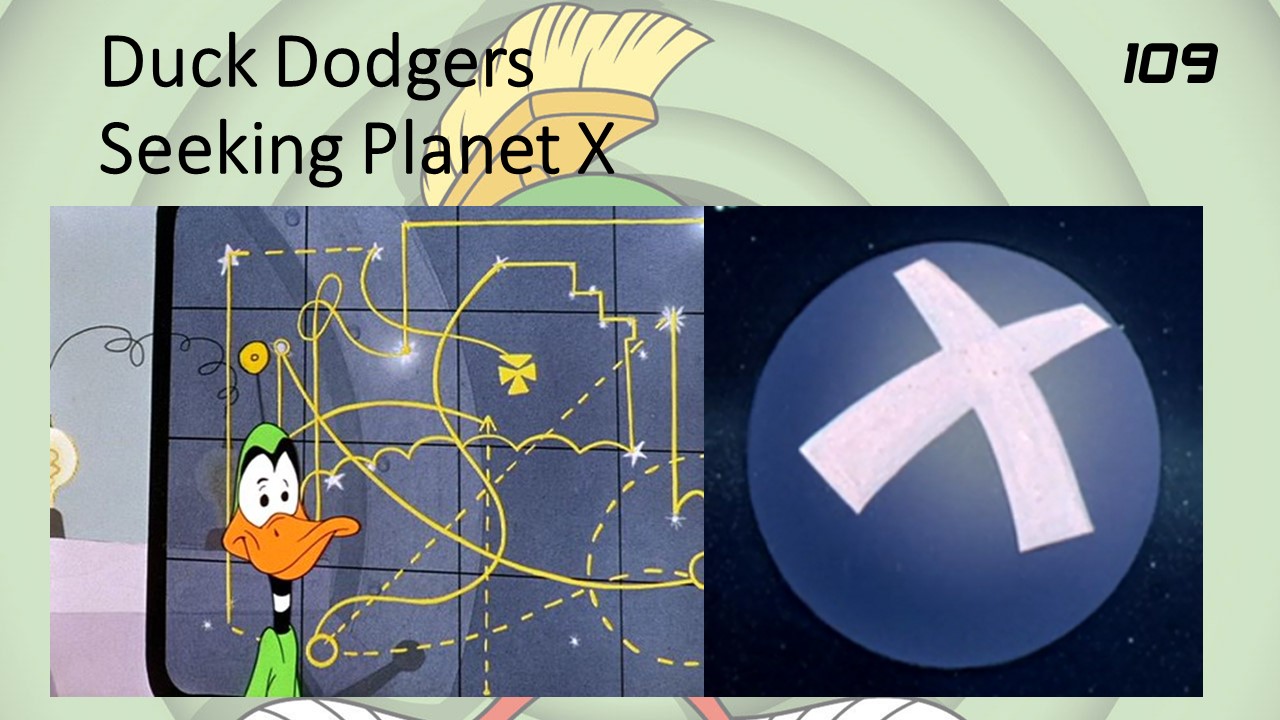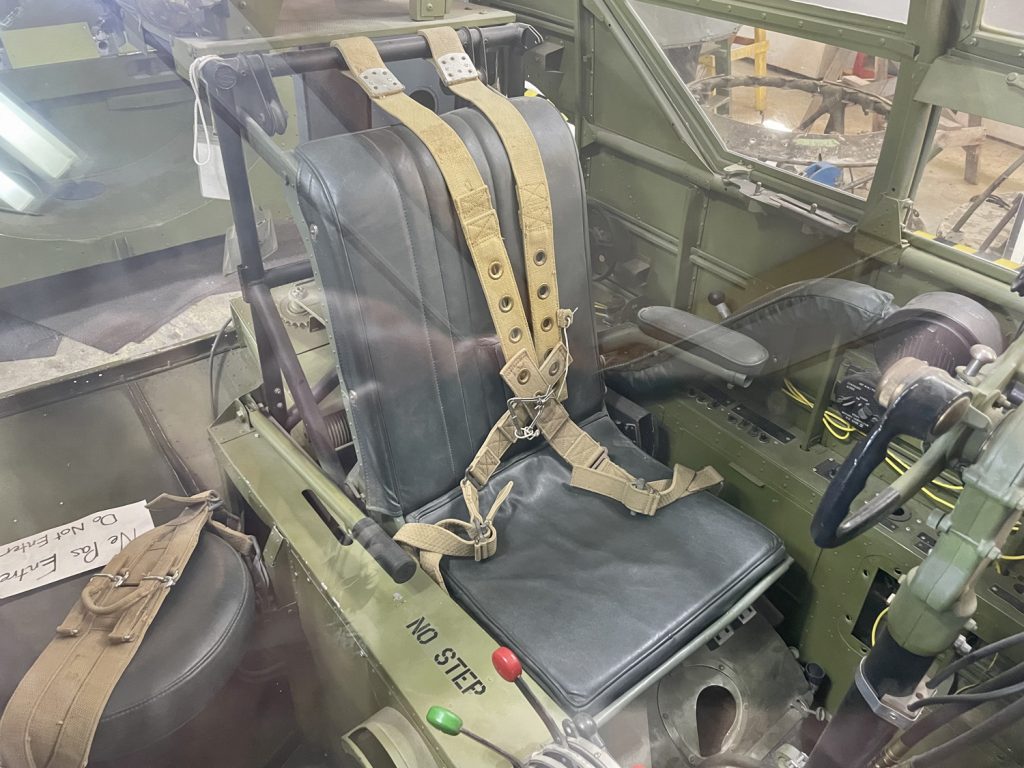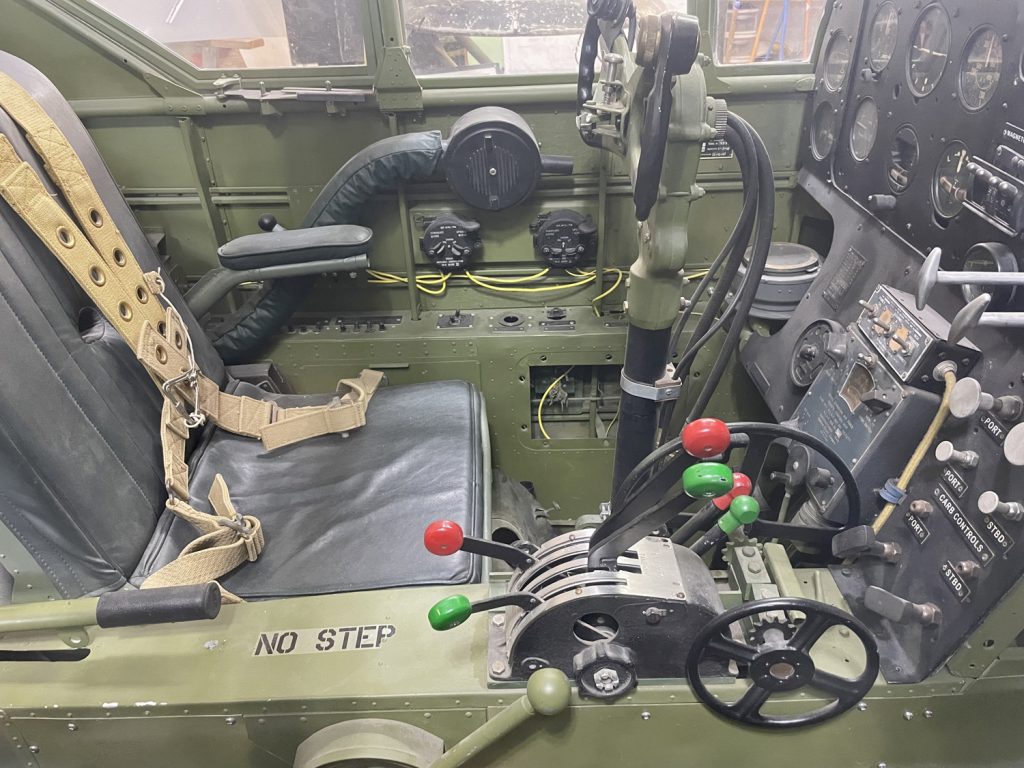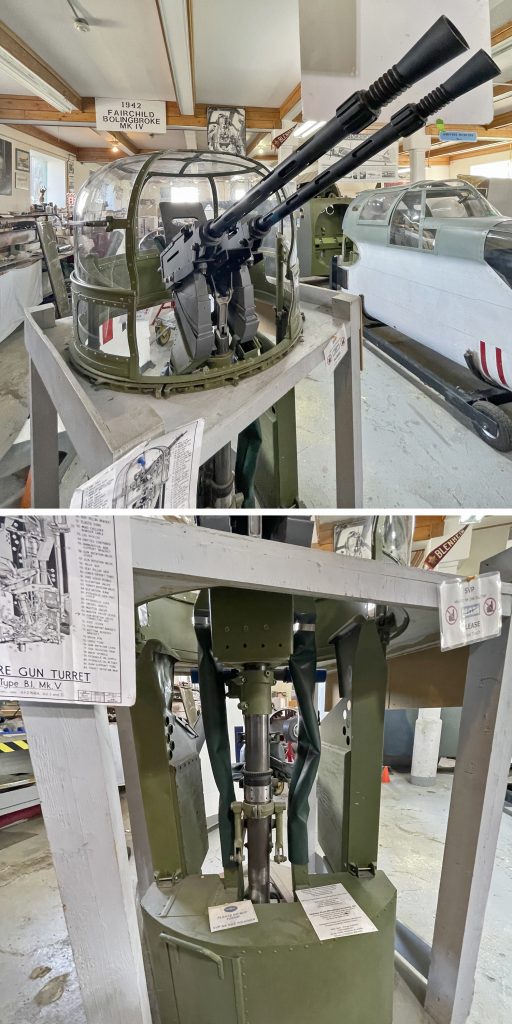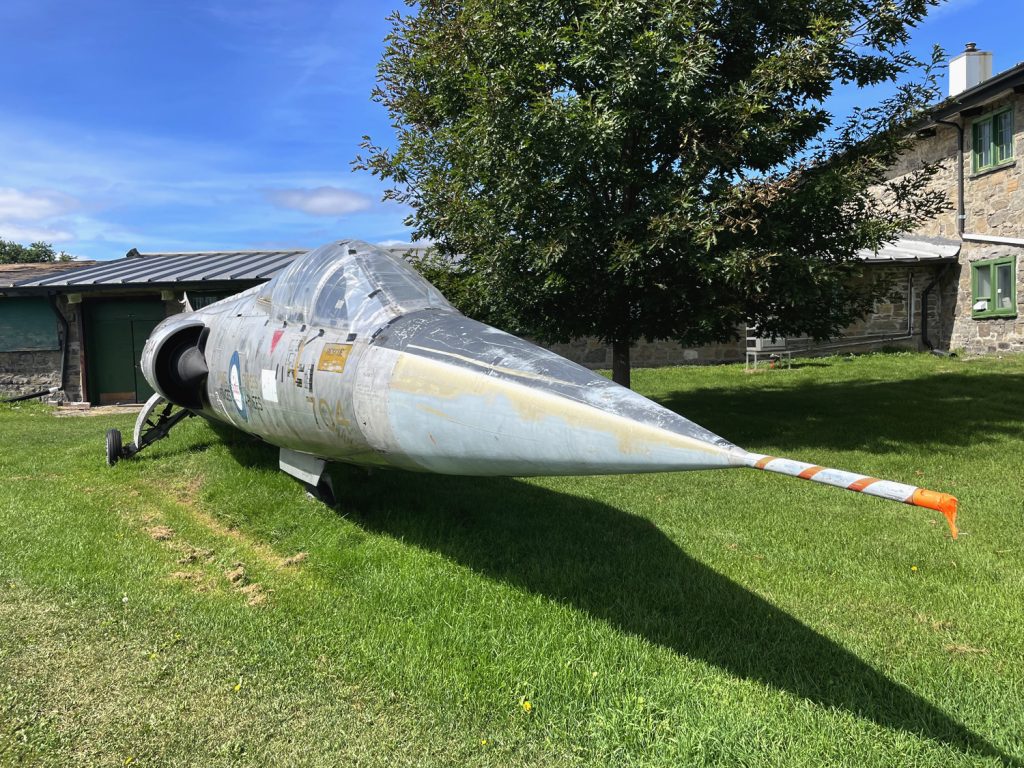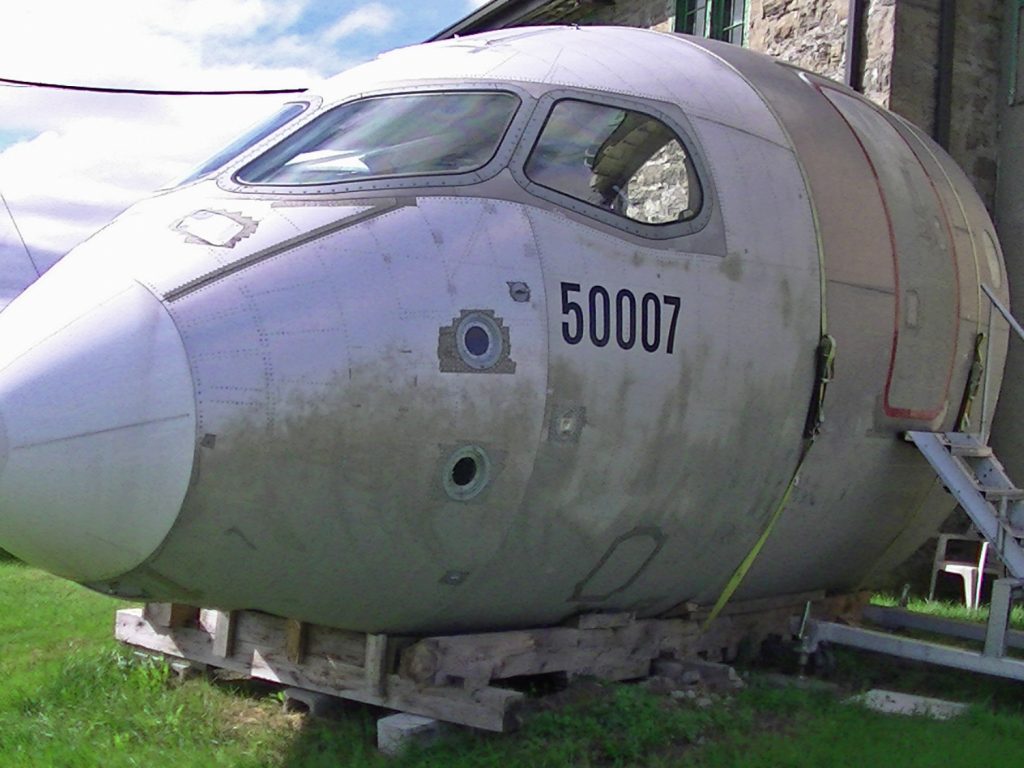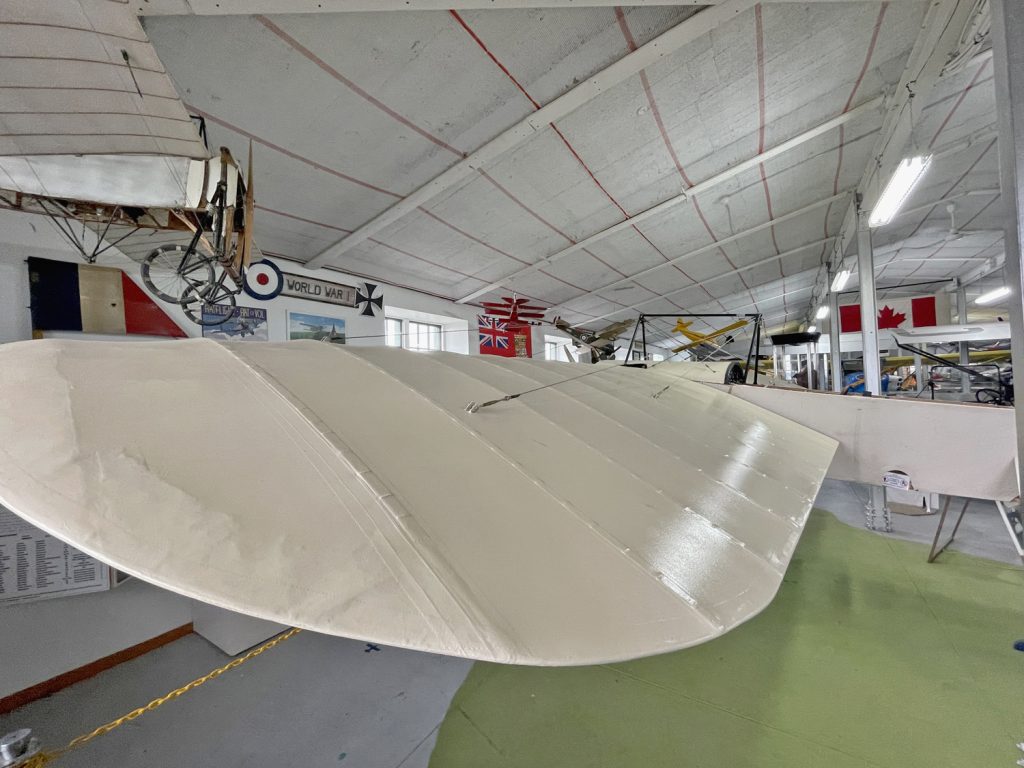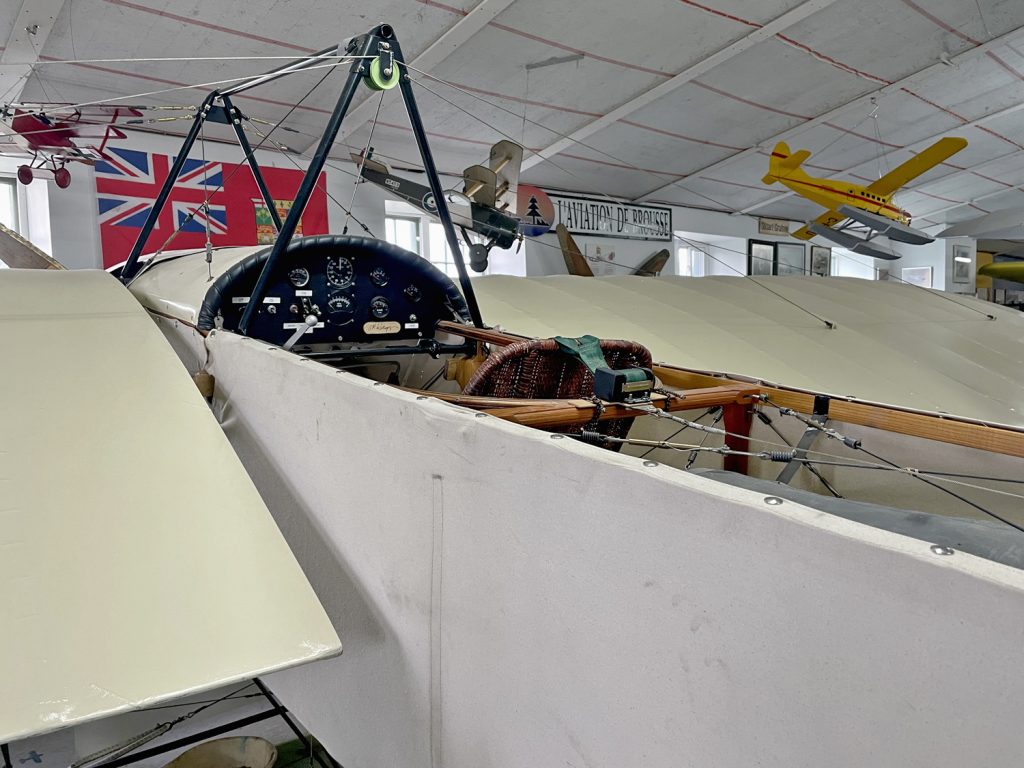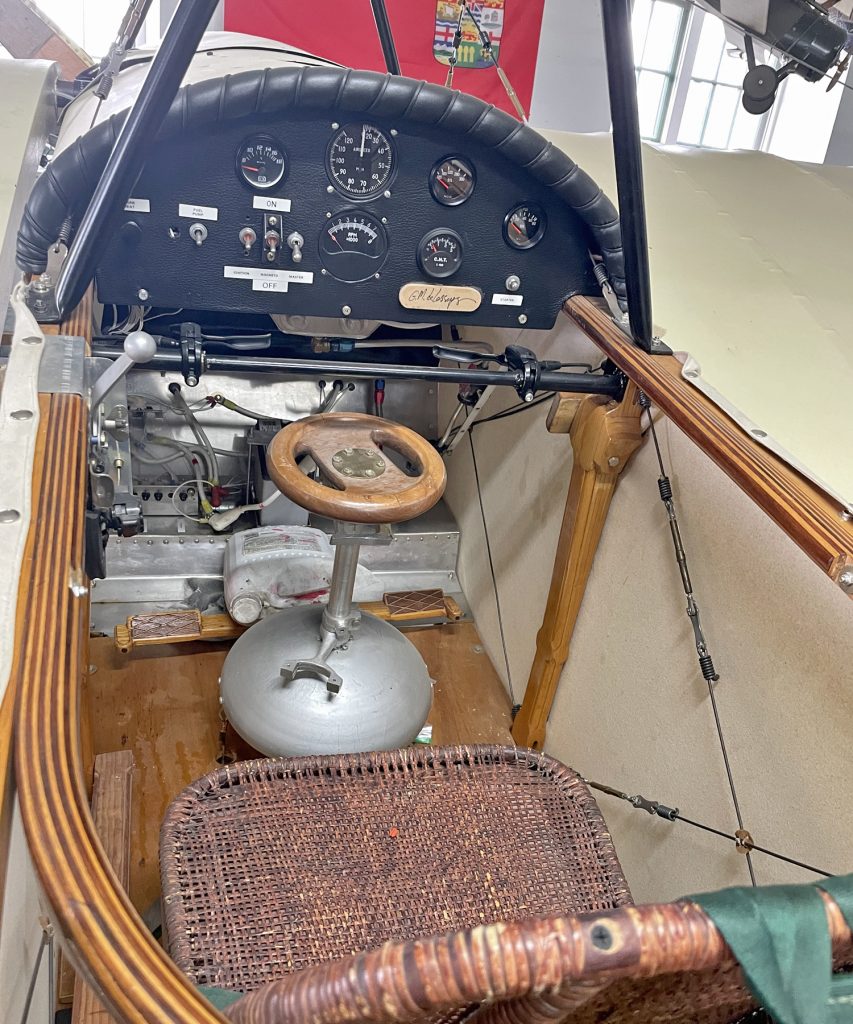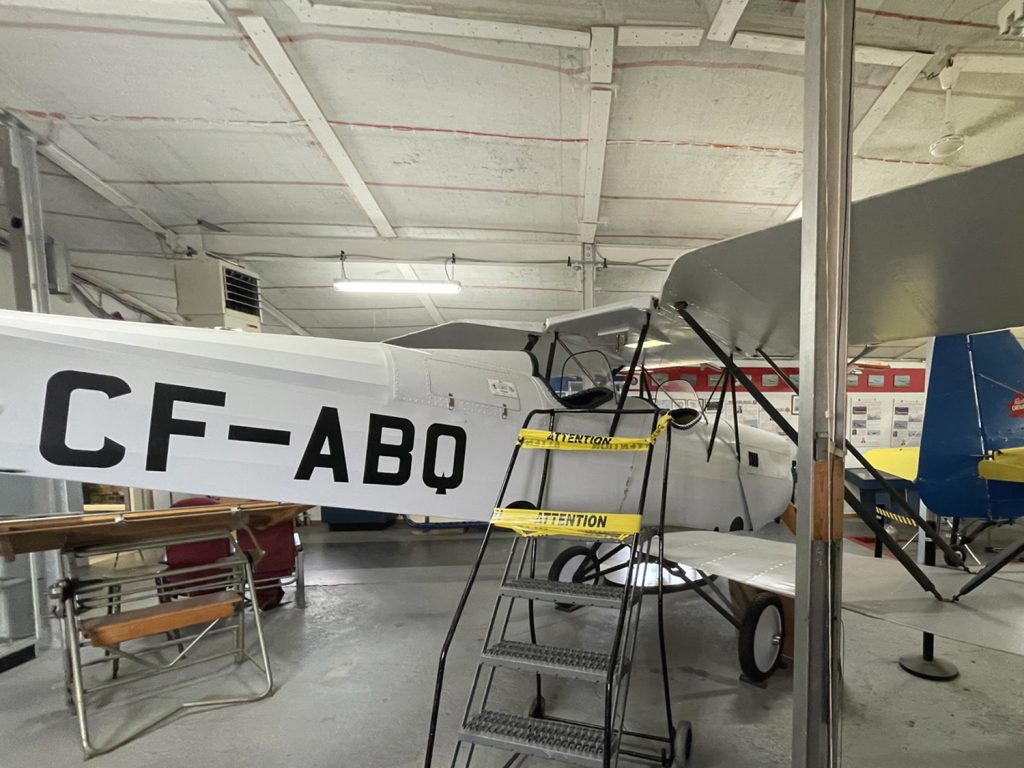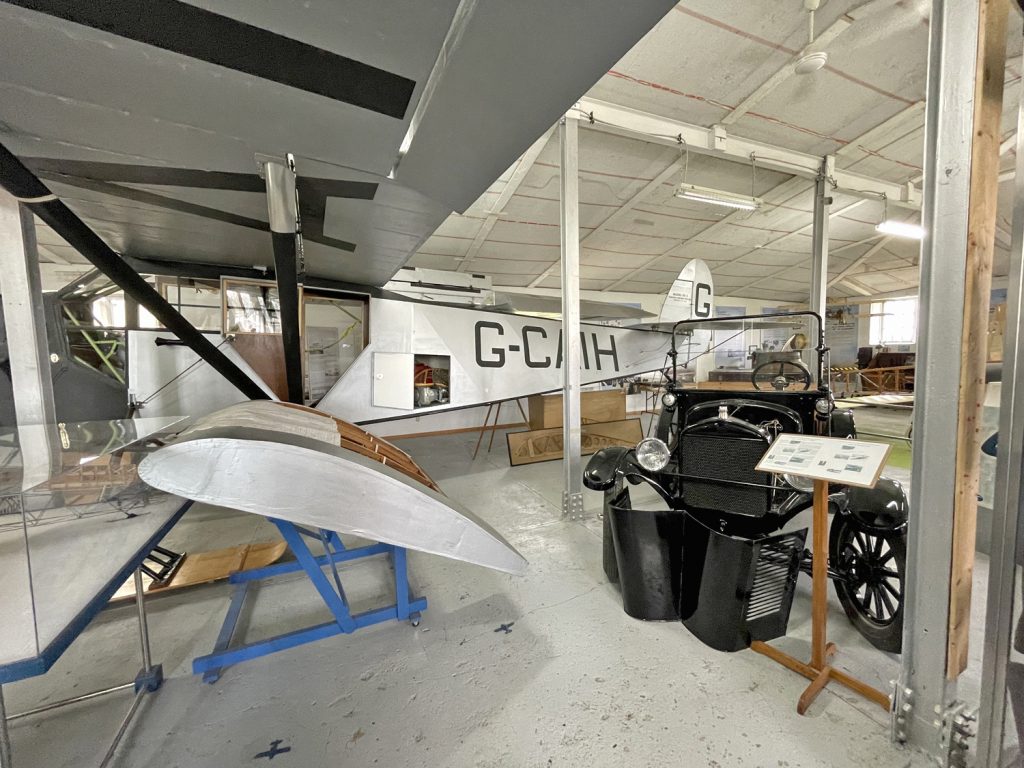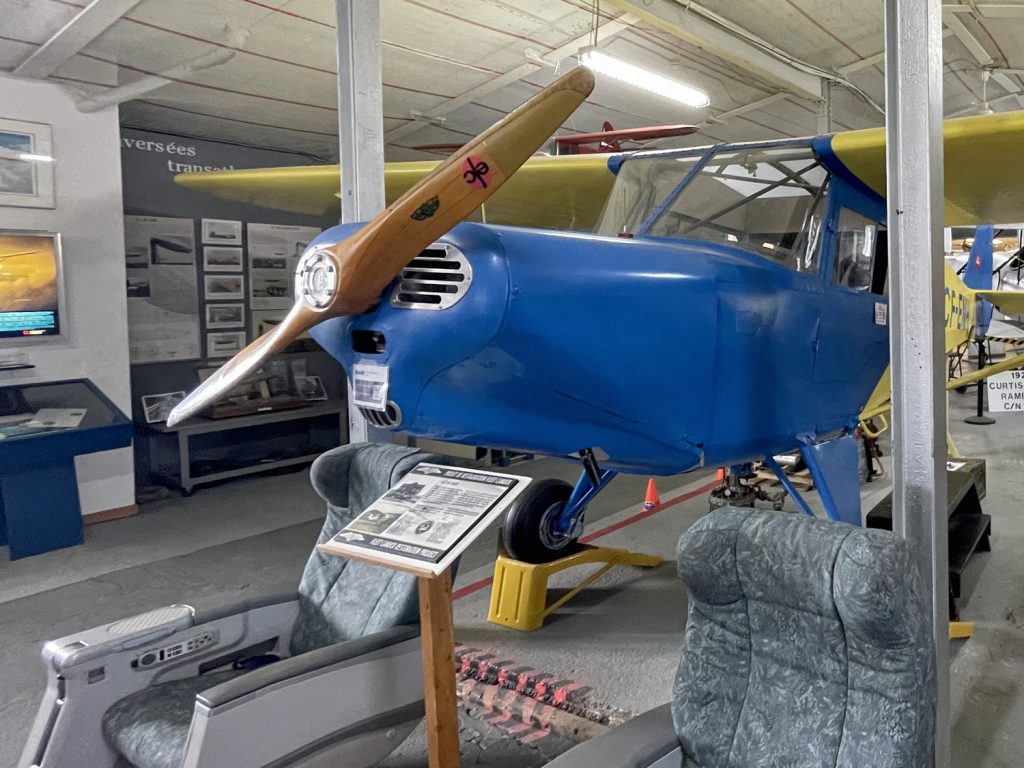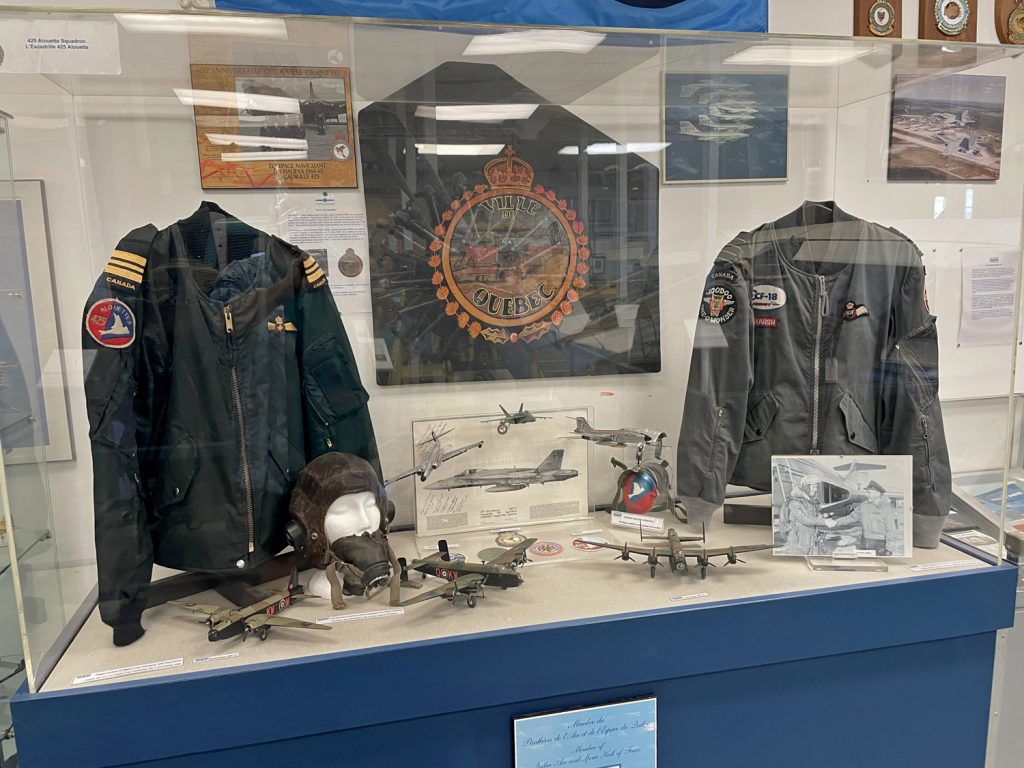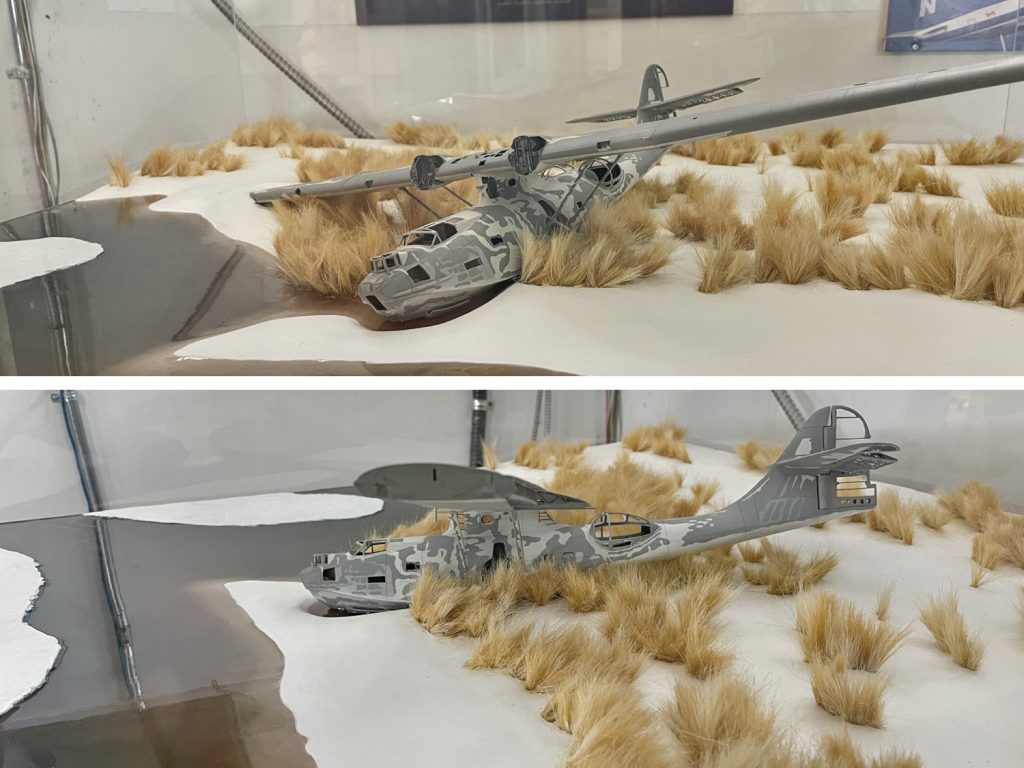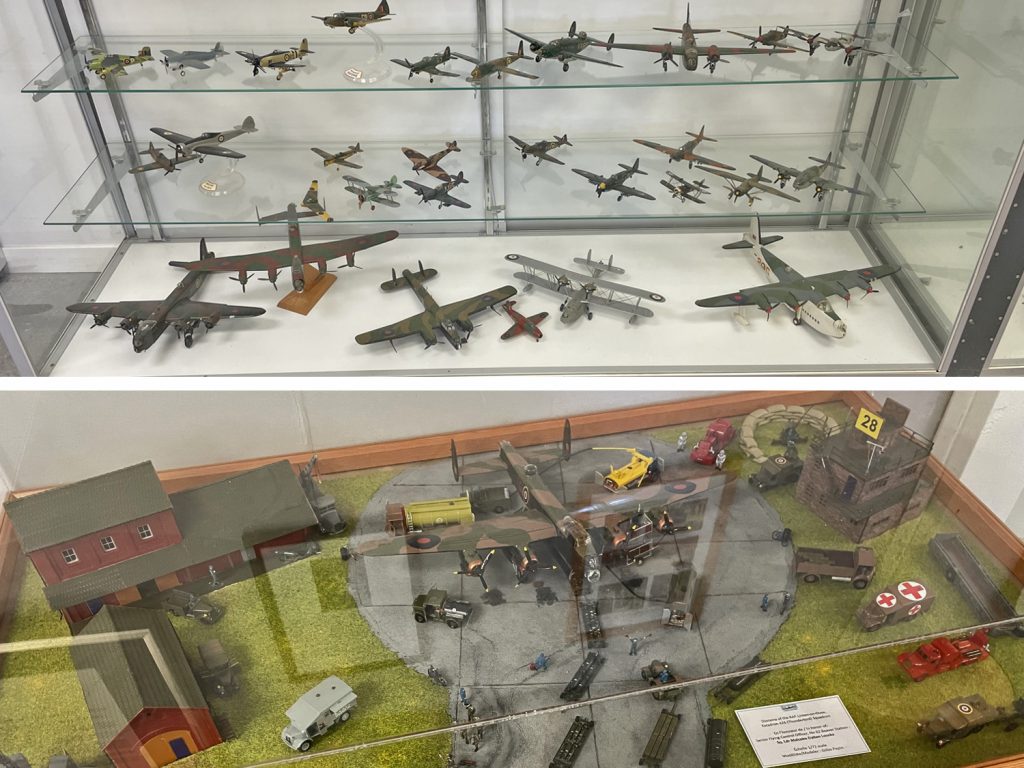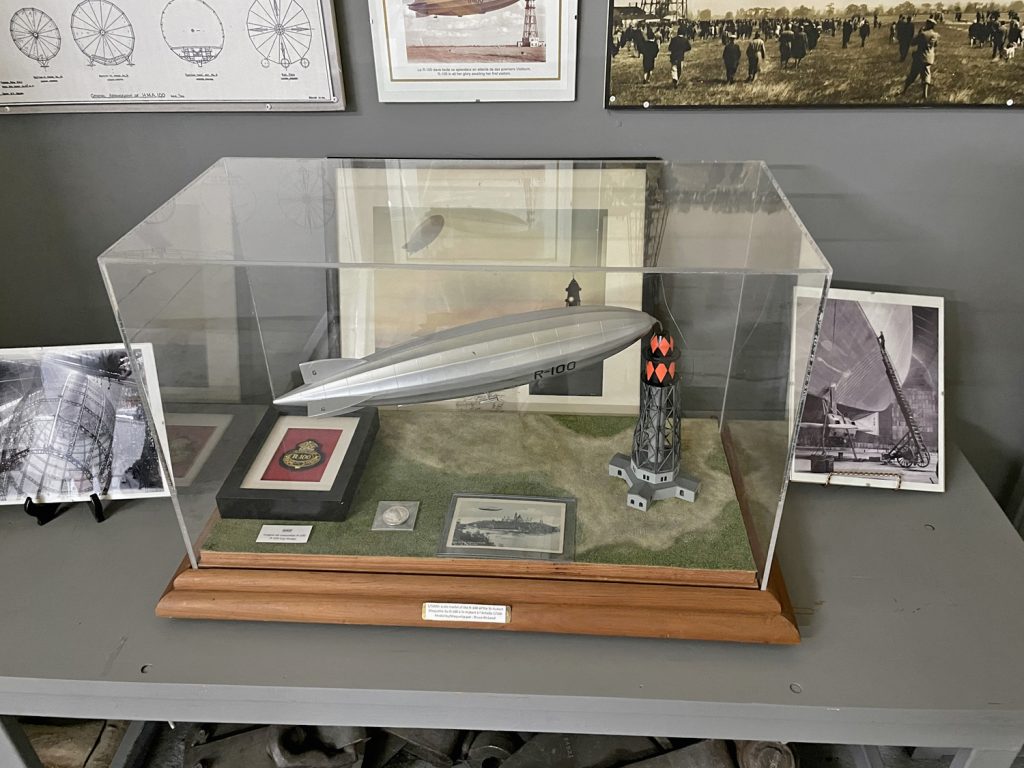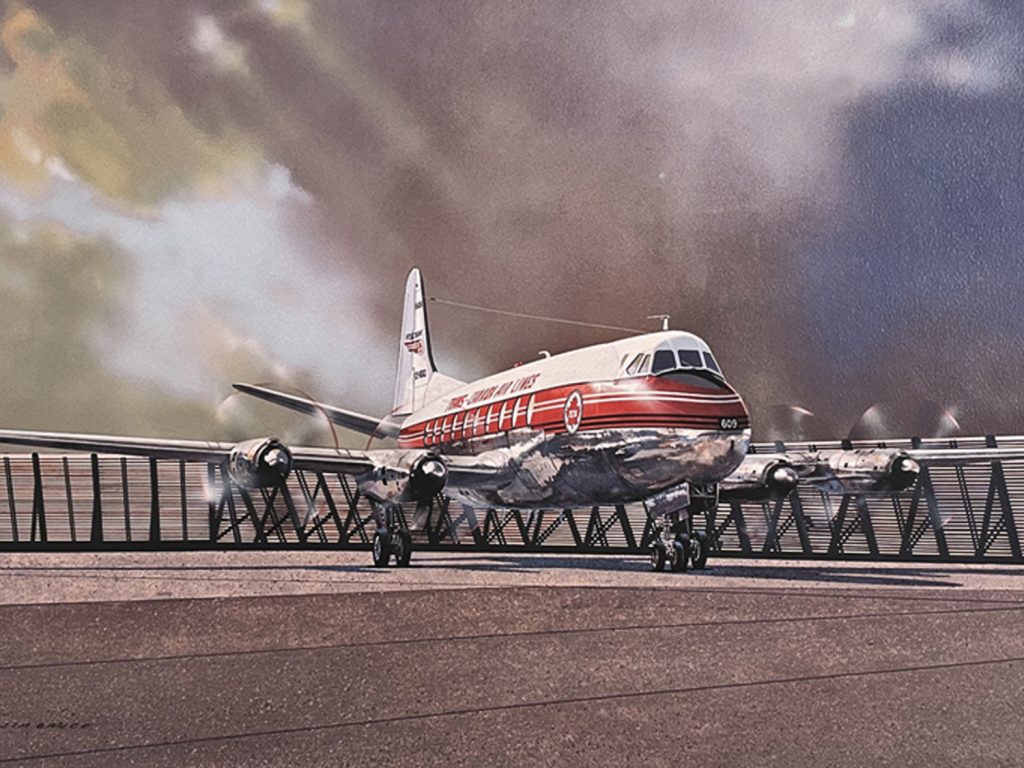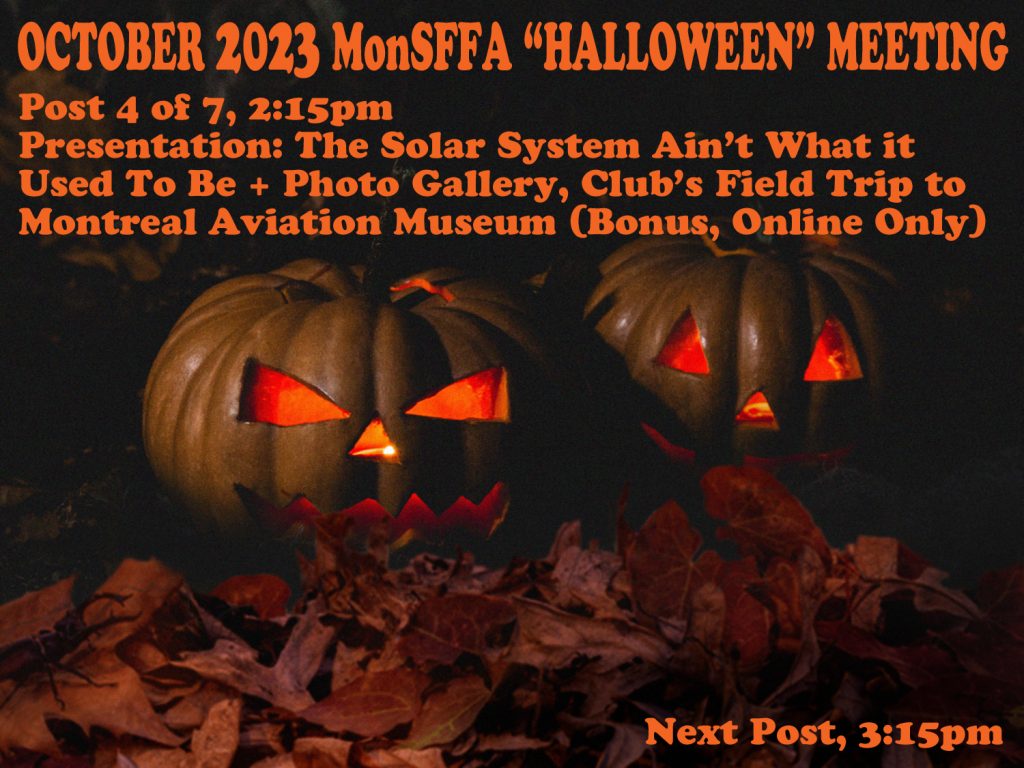 7)
7)
From the earliest days of science fiction, space travellers travelled to the Moon, to Mars, to Venus, and to the other planets as they were discovered. Early science fiction – before the late 19th century – treated the planets as just different earths. Science fictional tropes from the late 19th century right to the Space Age declared Mercury to be an oven on the side facing the sun and a freezer on the other. Venus was a planet of swamps, jungles, and dinosaurs. Mars was a cool desert planet, with all the water in the canals.
Then, science had its little say. Starting in the early 1960s, the first interplanetary probes knocked down the tropes of science fiction. Or as T.H. Huxley (1825 – 1895) put it: “The great tragedy of Science is the slaying of a beautiful hypothesis by an ugly fact.”
But have no fear, there were plenty of other ways to look at the planets … and more planets to look at.
After this presentation, scroll down for more bonus content, a review of the club’s recent field trip, with accompanying photo gallery.
The Mysterious Orbit of Mercury
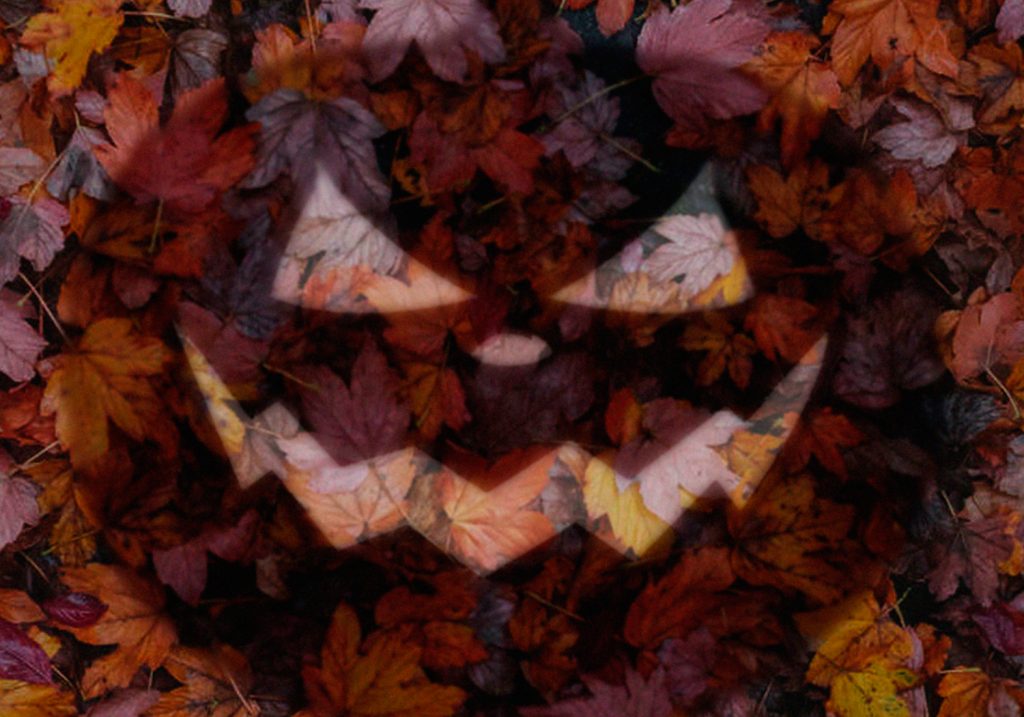 8) CLUB FIELD TRIP TO MONTREAL AVIATION MUSEUM (MAM)
8) CLUB FIELD TRIP TO MONTREAL AVIATION MUSEUM (MAM)
On Saturday morning, September 9, a group of dedicated MonSFFen visited what they found to be an unassuming yet top-flight local museum.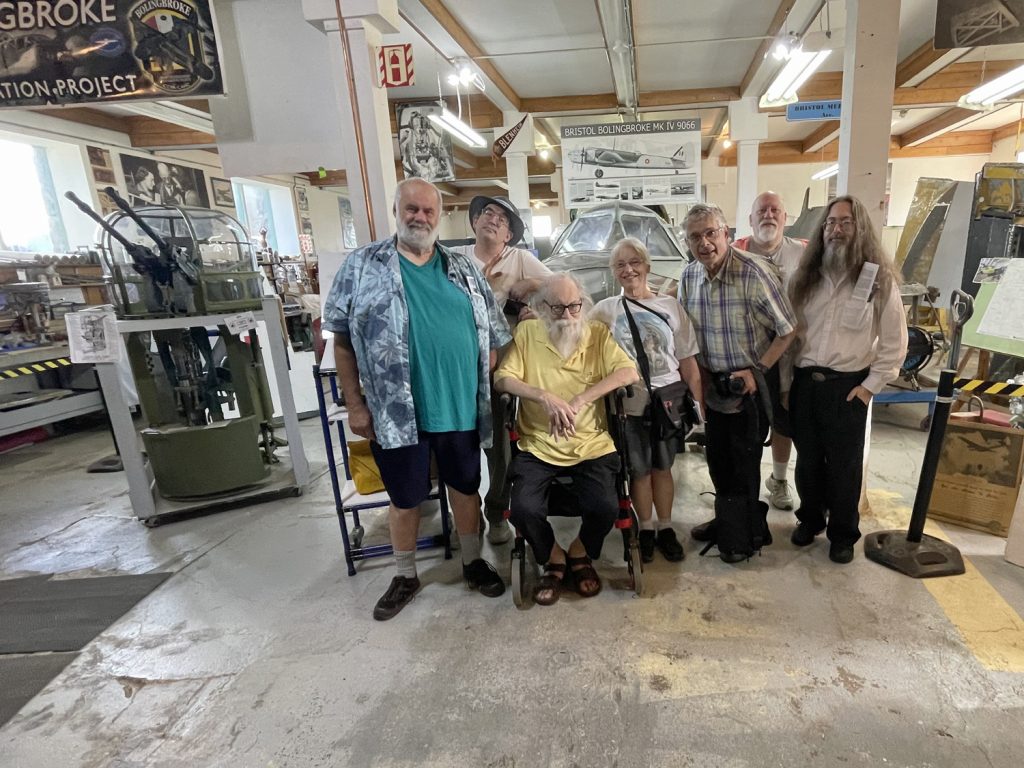
There’s a whole lot of aviation history packed into the Montreal Aviation Museum (MAM), which occupies not a former hangar or anything equally spacious, but an old cattle barn on McGill University’s Macdonald Campus in furthest West Island Ste-Anne-de-Bellevue.
The place is as much a workshop as a museum, with tools, blueprints, reference photos, and tarnished old aircraft parts scattered about amidst the various exhibits! And, visitors are able to get up close and inspect the finest of details on most of the aircraft; unlike most museums, there are very few rope-barriers in place to keep people at a certain distance from the exhibits.
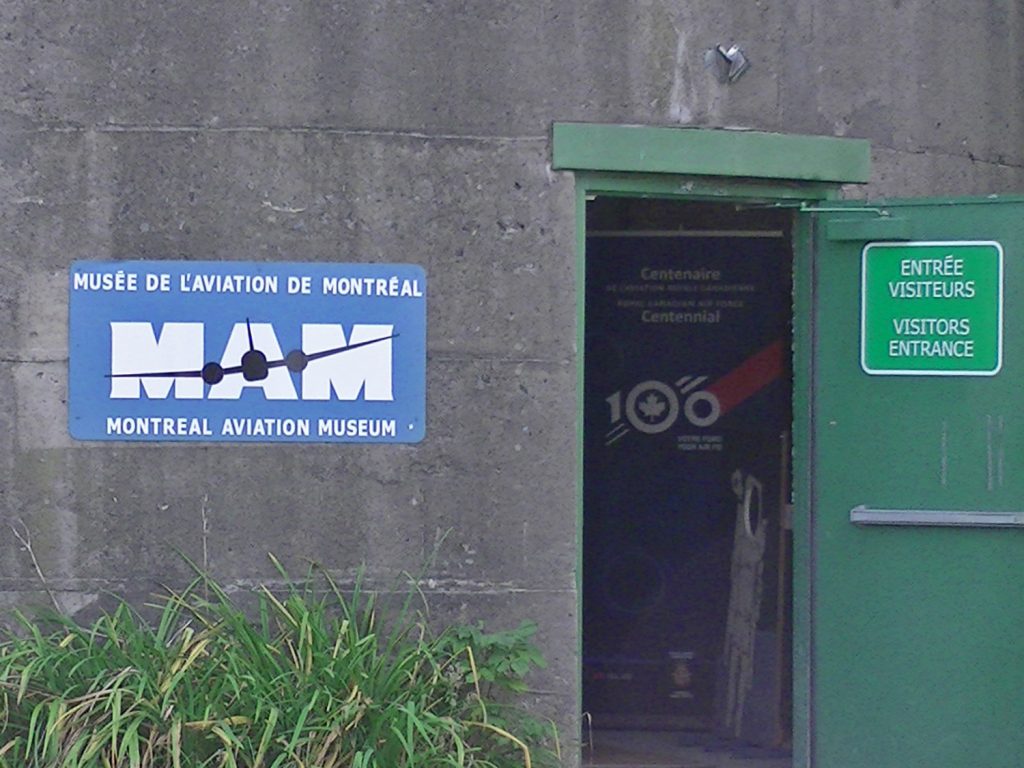
A keen enthusiasm for Canadian—and particularly Quebec—aviation is a hallmark of this hidden gem of an institution, as are the aircraft restoration and reconstruction projects undertaken, overseen by a devoted team of friendly volunteer-members. One of these fellows had parked his beautifully refurbished early-1960s Corvette in the parking lot; if the same care and attention to detail applied to this classic sports car was any indication, the aircraft awaiting us within were sure to please!
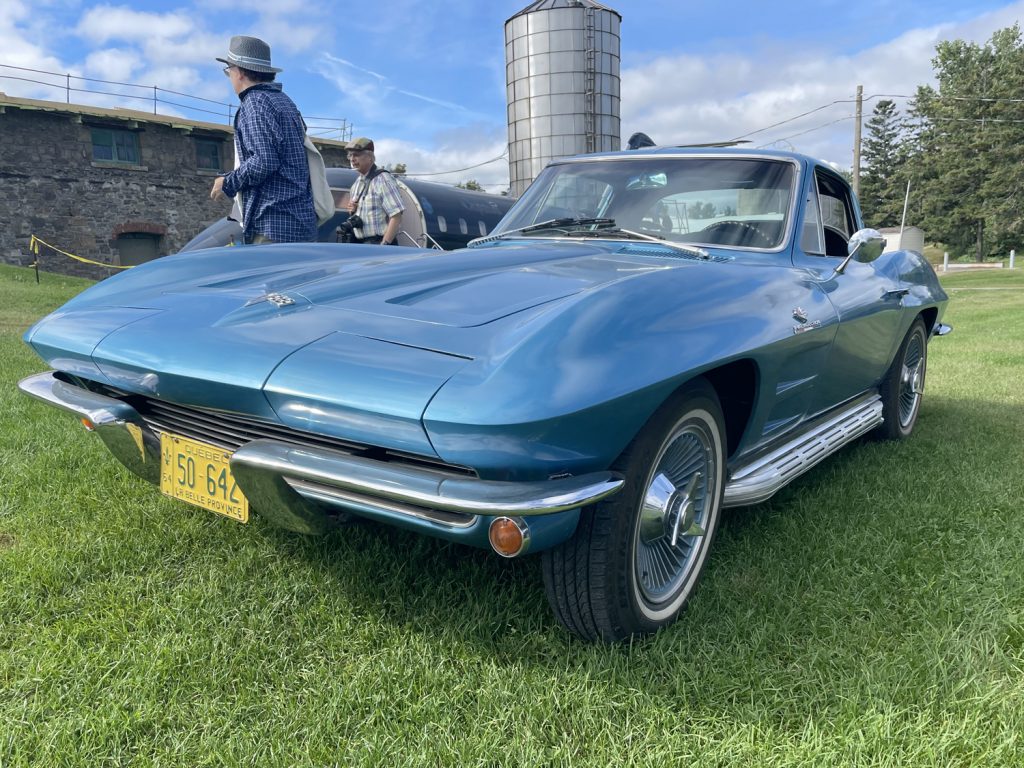
Of note was one such restoration project: a WWII-era Fairchild Bolingbroke Mk. IV aircraft, which was housed in a dedicated wing of the museum. The nose and cockpit of this maritime patrol aircraft has been restored, along with her gun turret, while the rest of the plane remains a work in progress; engine parts, and sections of the fuselage and wings were strewn about, on-deck for an expert face-lift!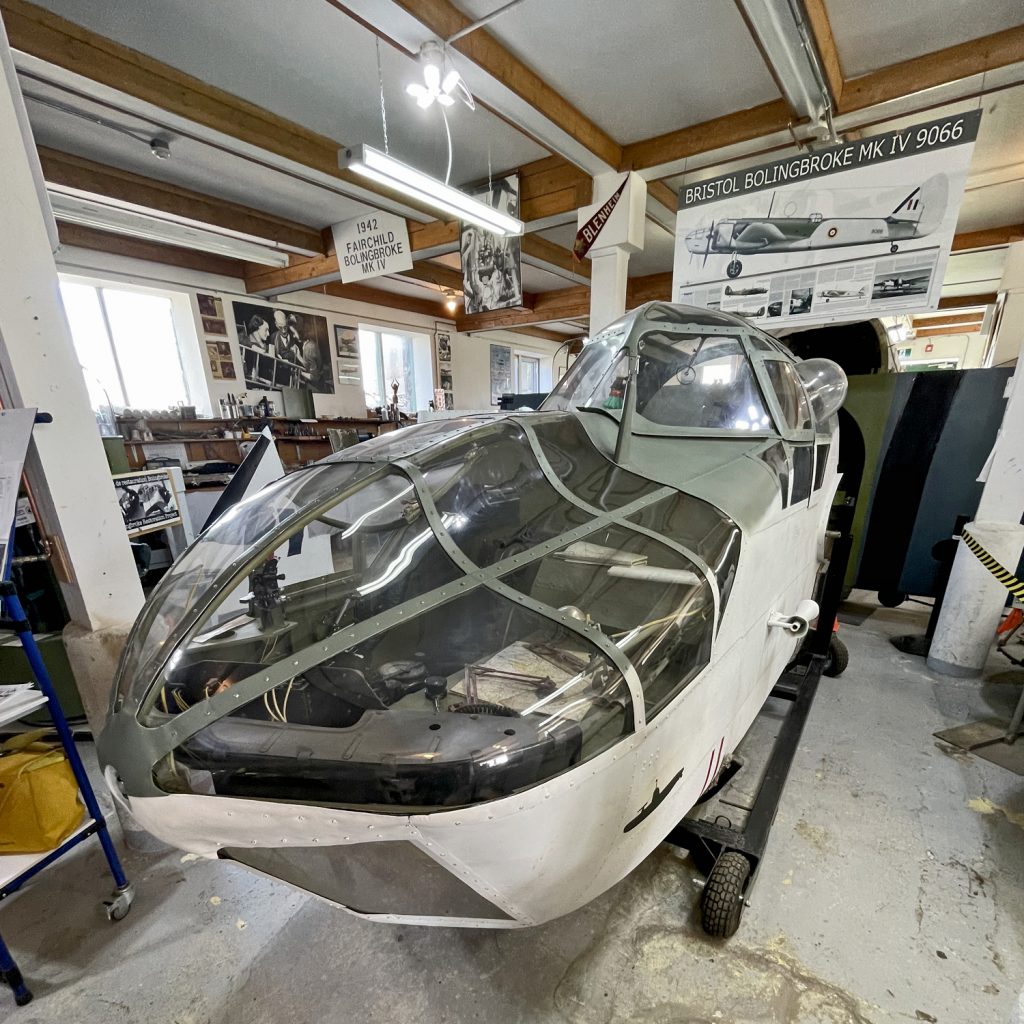
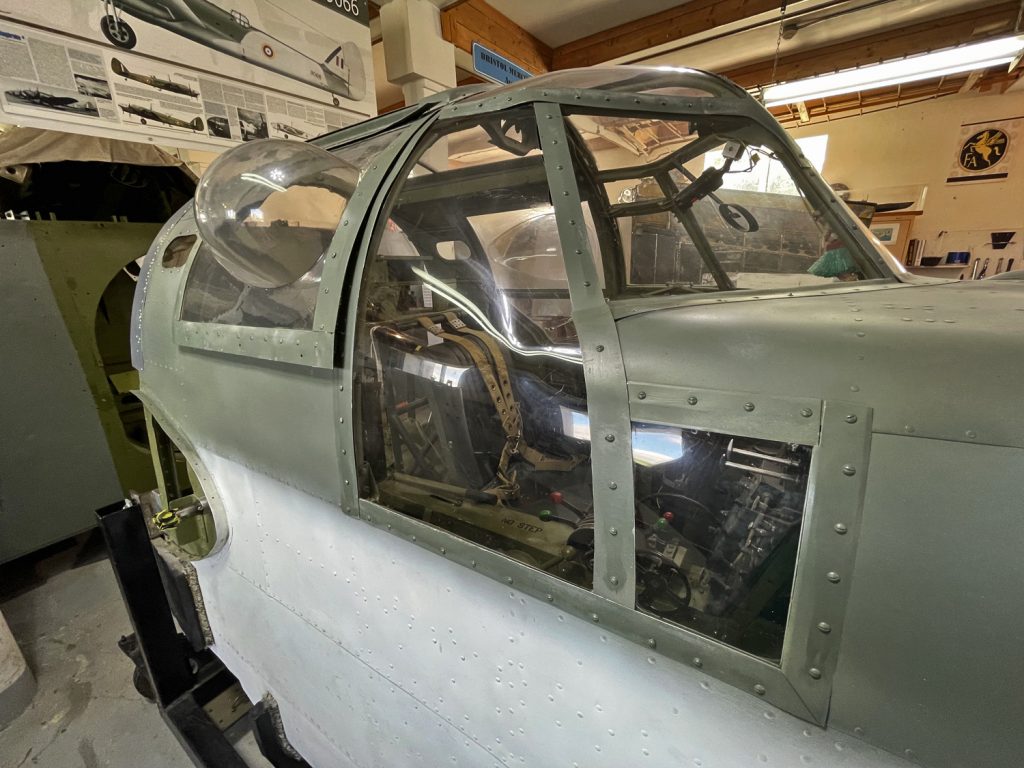
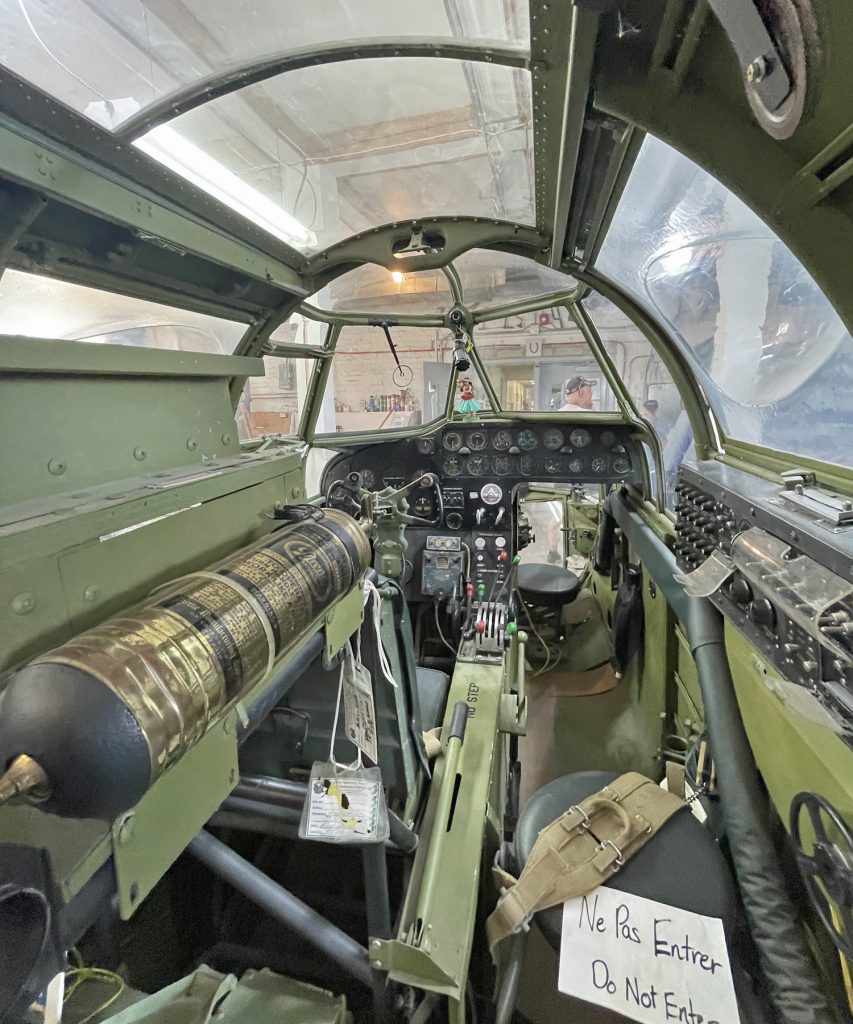
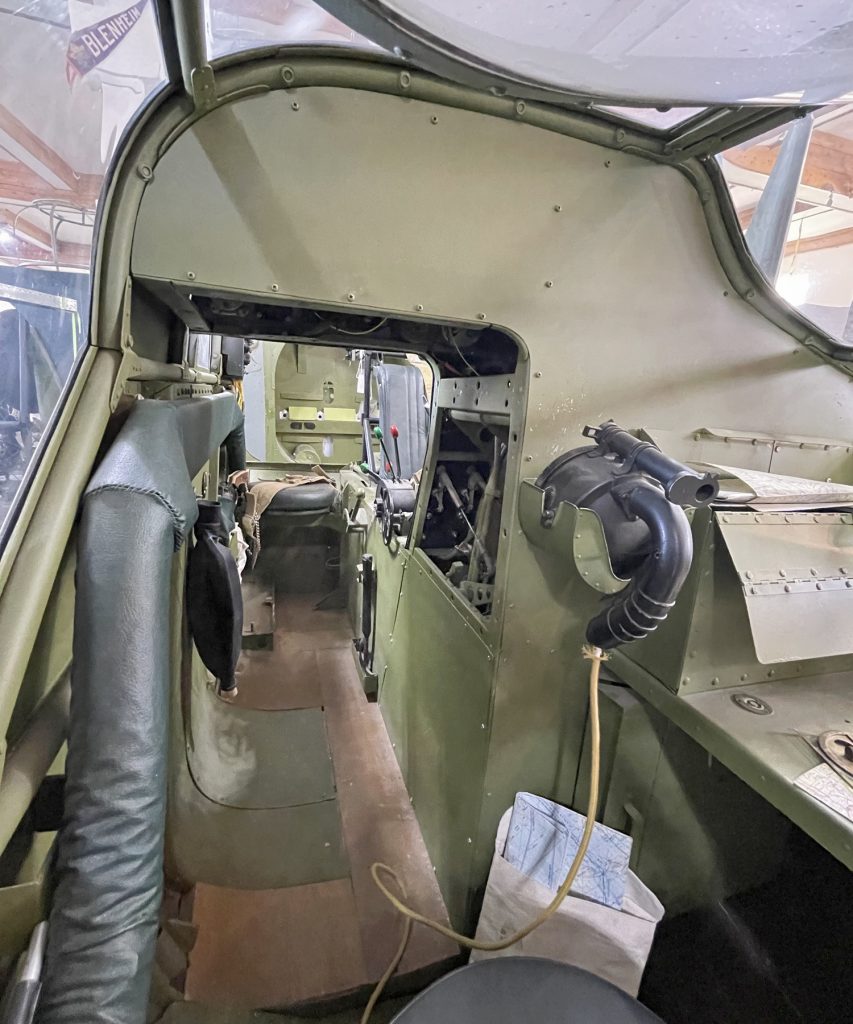
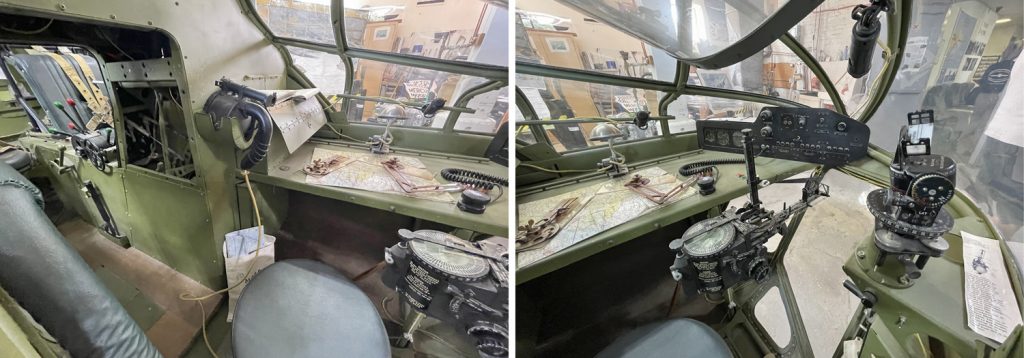
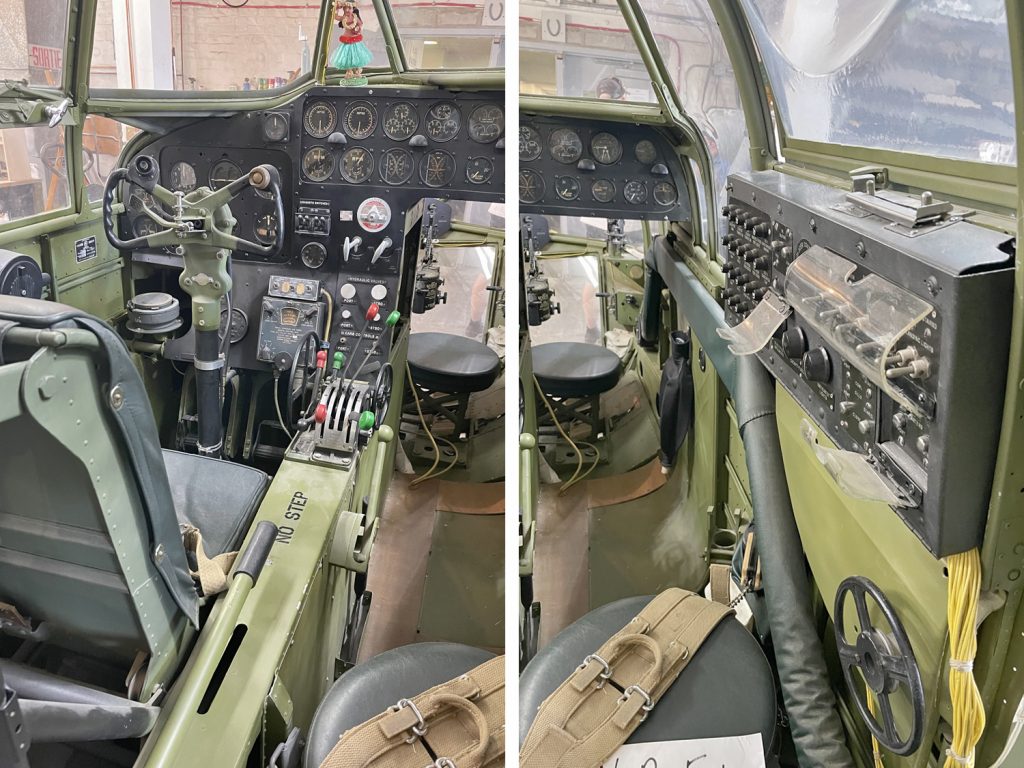
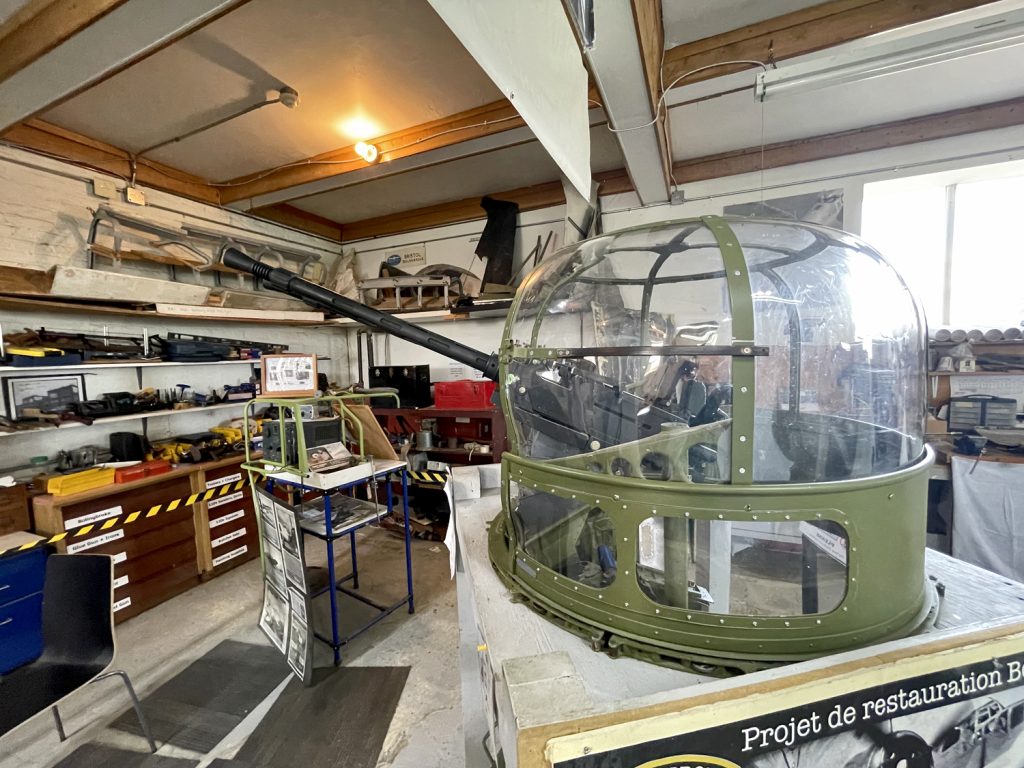
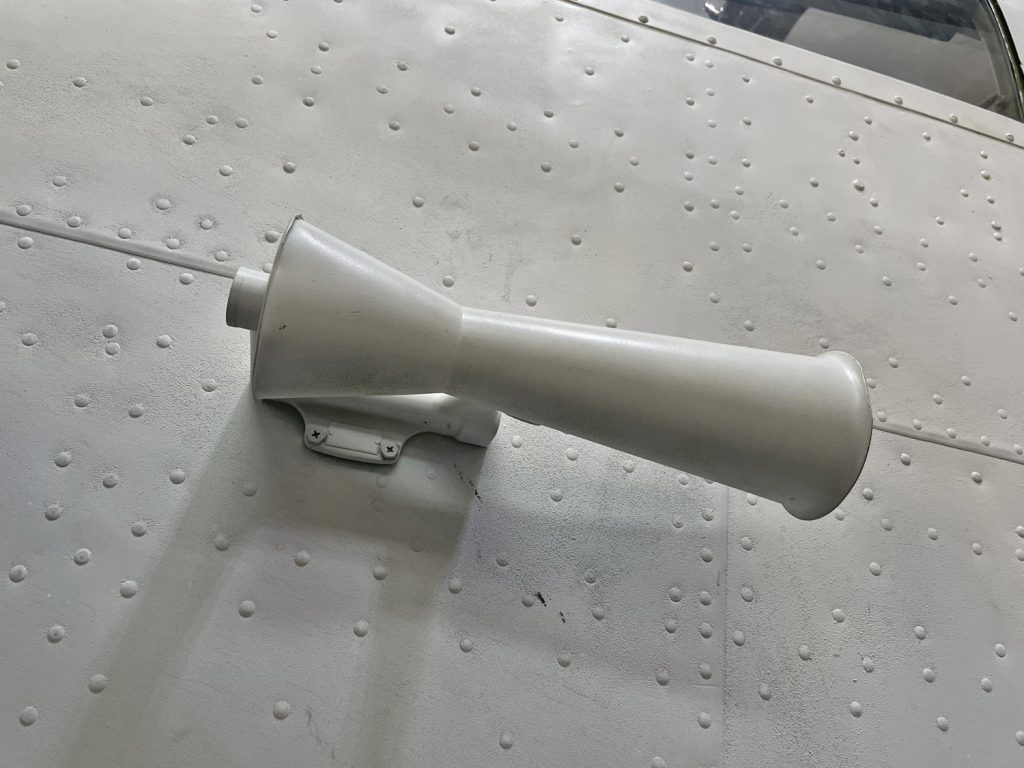
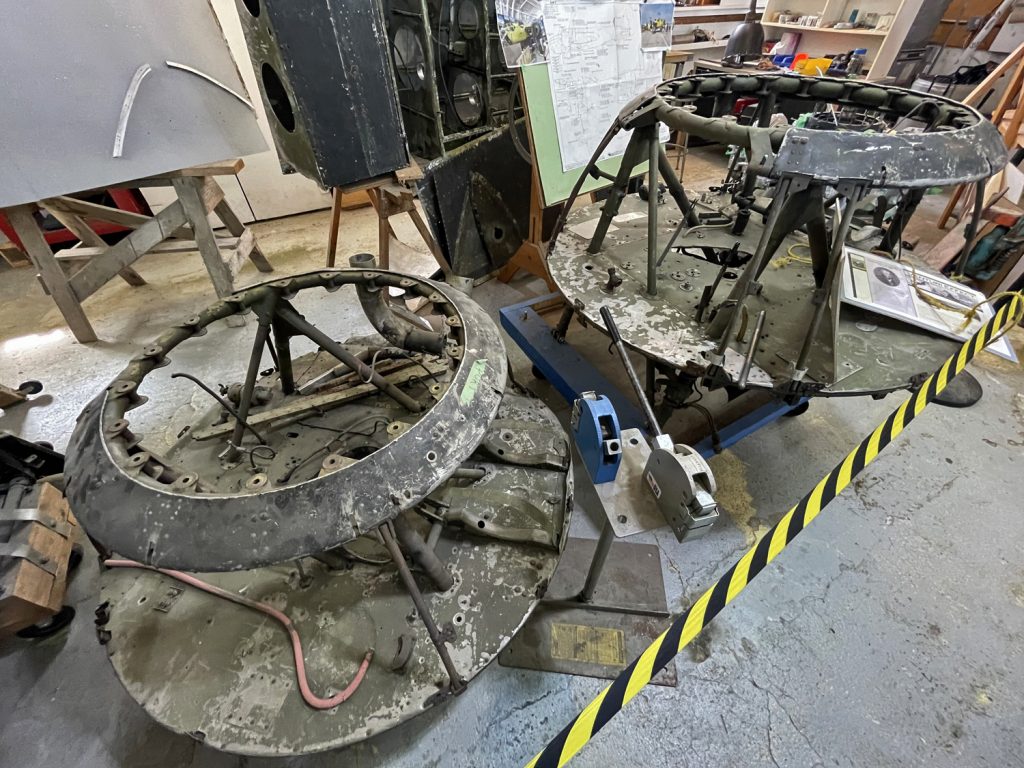
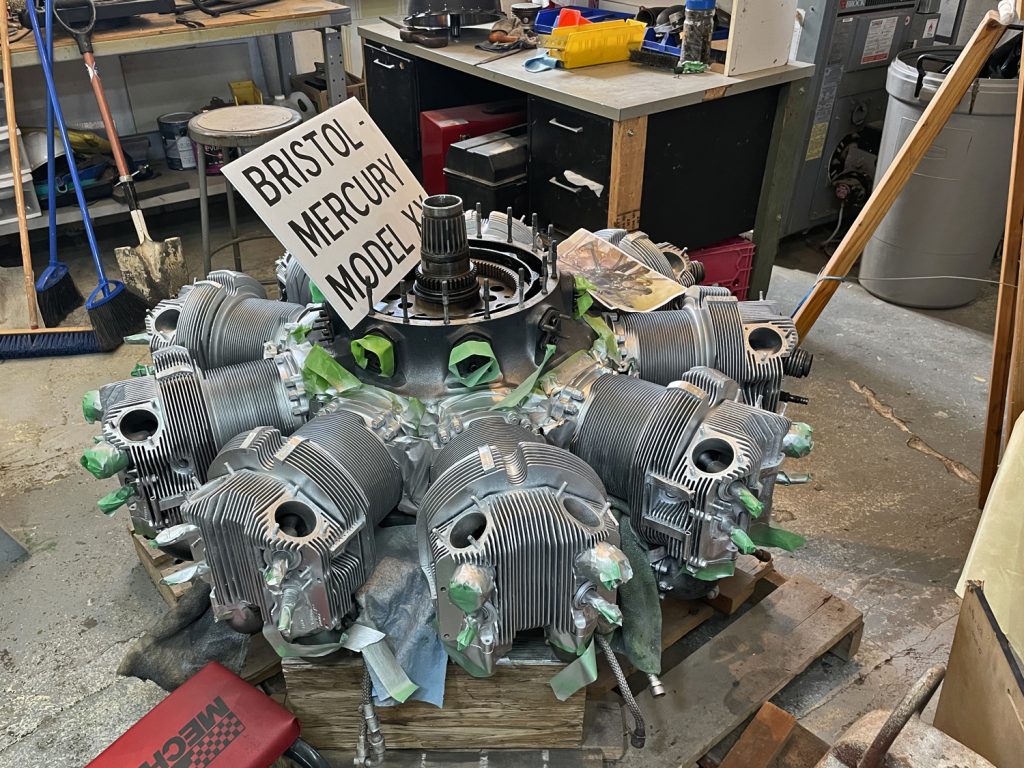
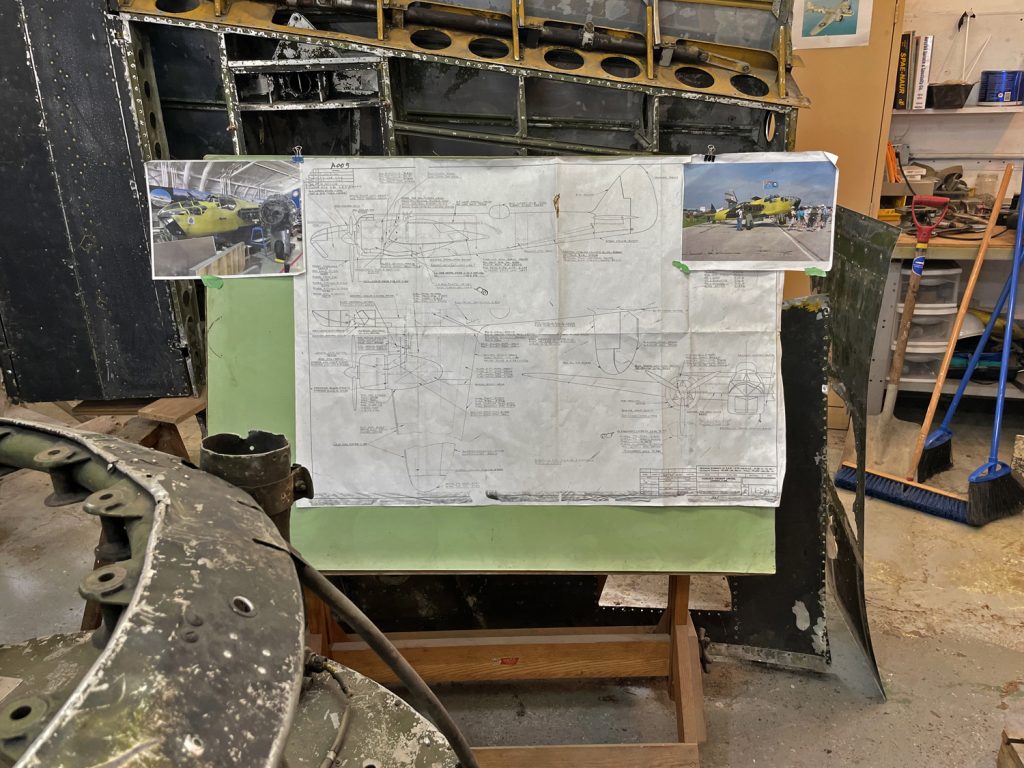 Parked outside on the lawn, meanwhile, was the battered fuselage of a Canadair CF-104 Starfighter jet, recently acquired and slated for restoration beginning early next year.
Parked outside on the lawn, meanwhile, was the battered fuselage of a Canadair CF-104 Starfighter jet, recently acquired and slated for restoration beginning early next year.
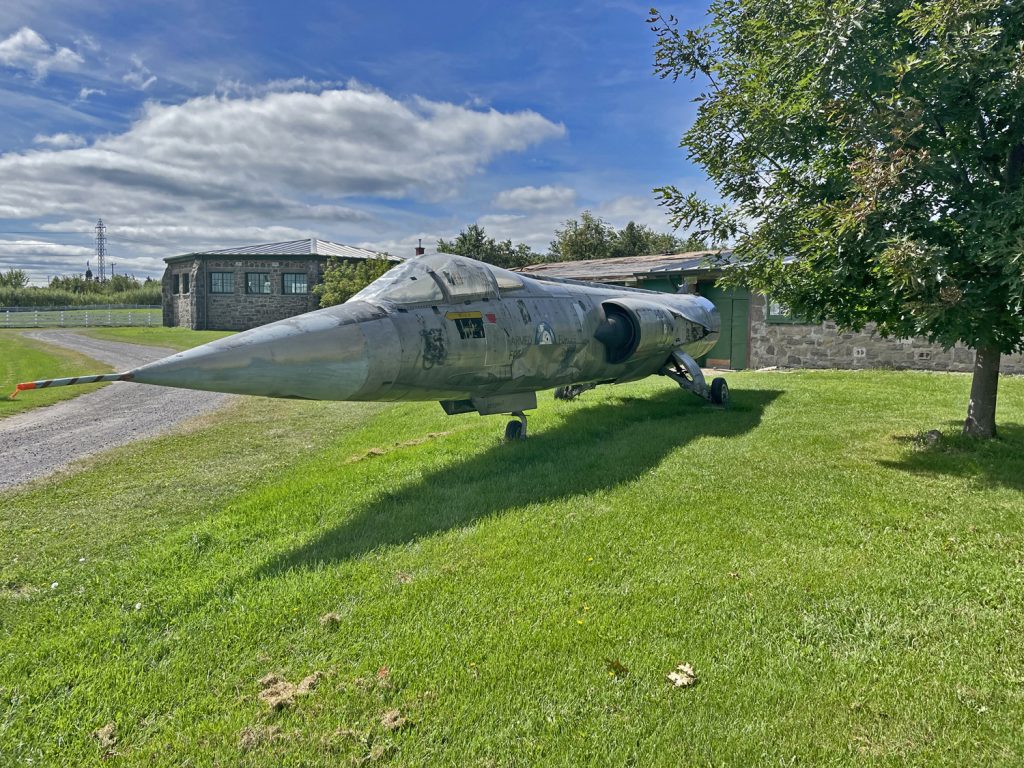
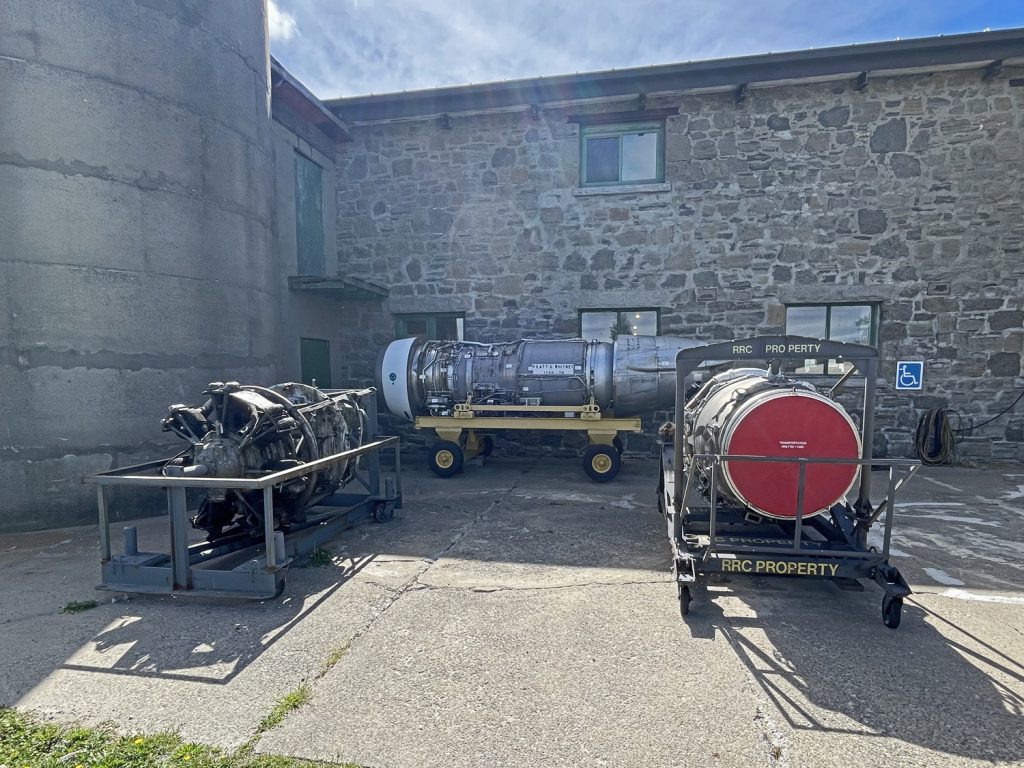
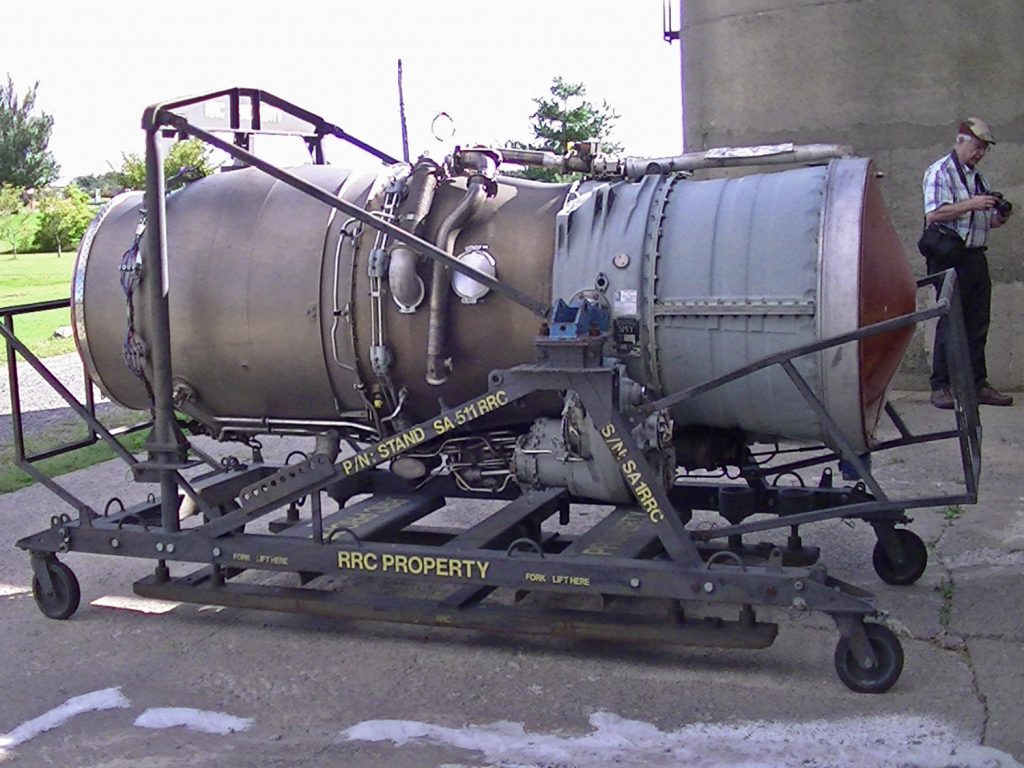
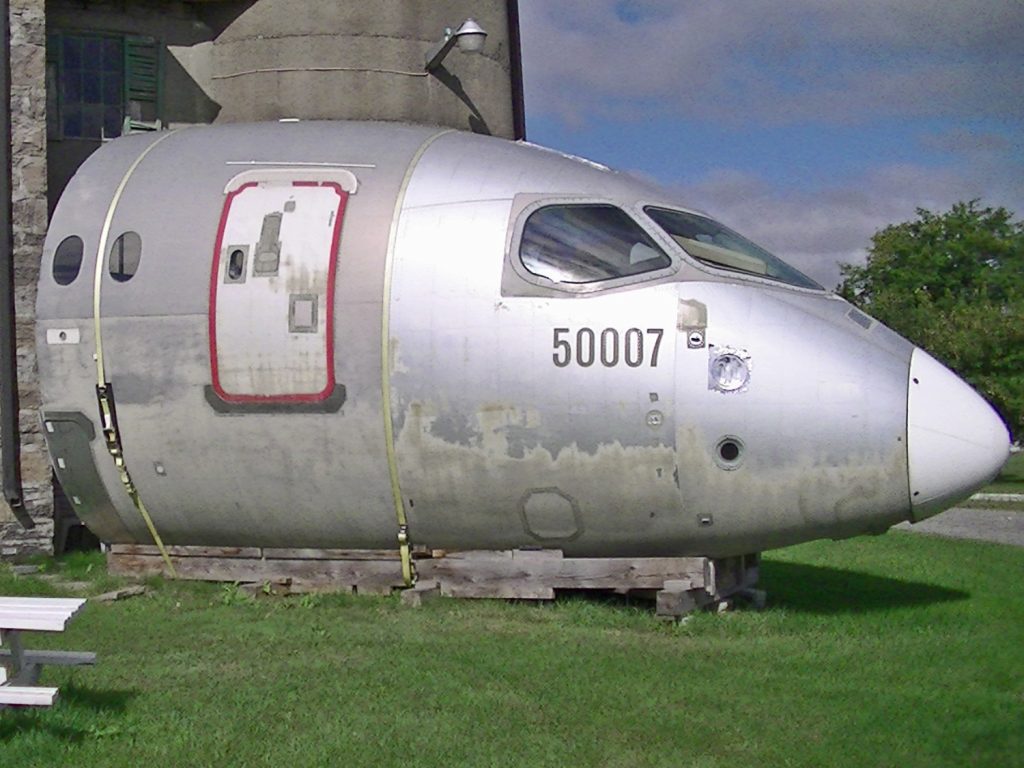
On display with the finely finished planes on show in the museum’s second-floor main hall were various period photographs, historical documents, associated artifacts and equipment, engines, flight suits, and some of the tools employed to bring these old birds back to life. 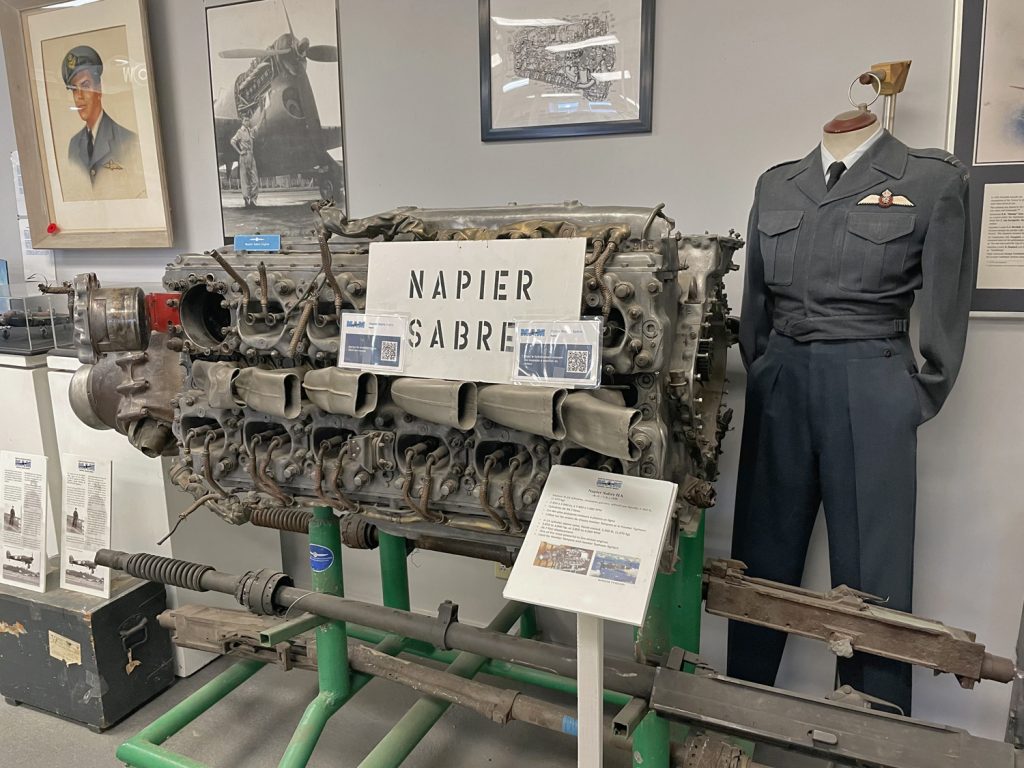
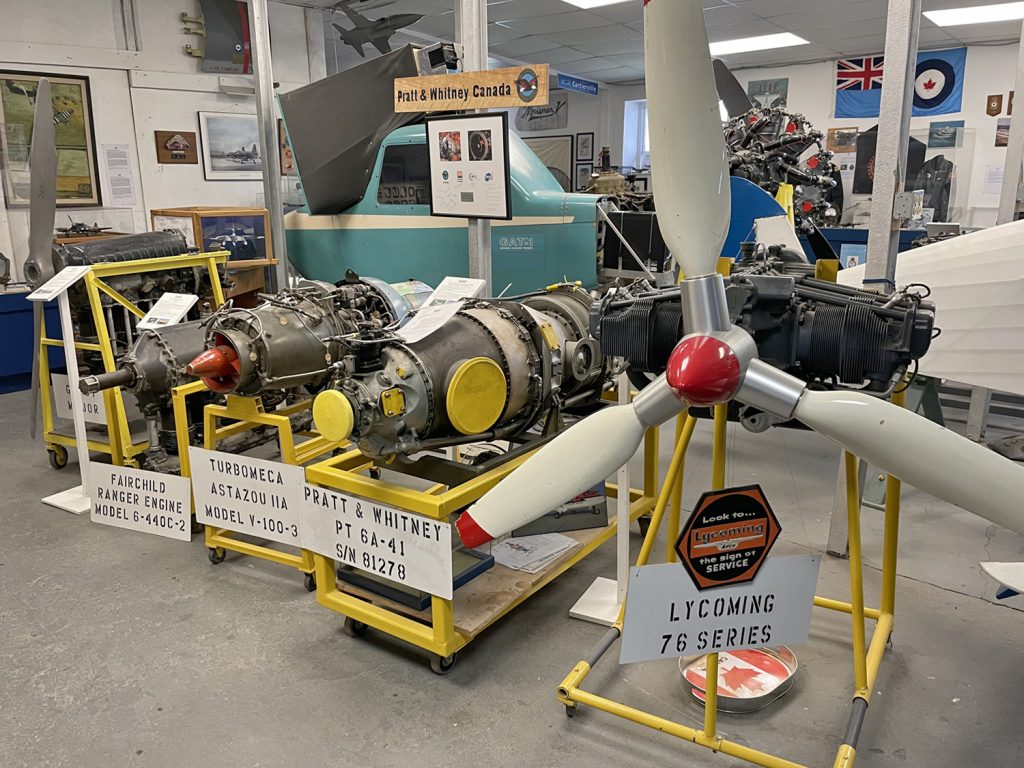
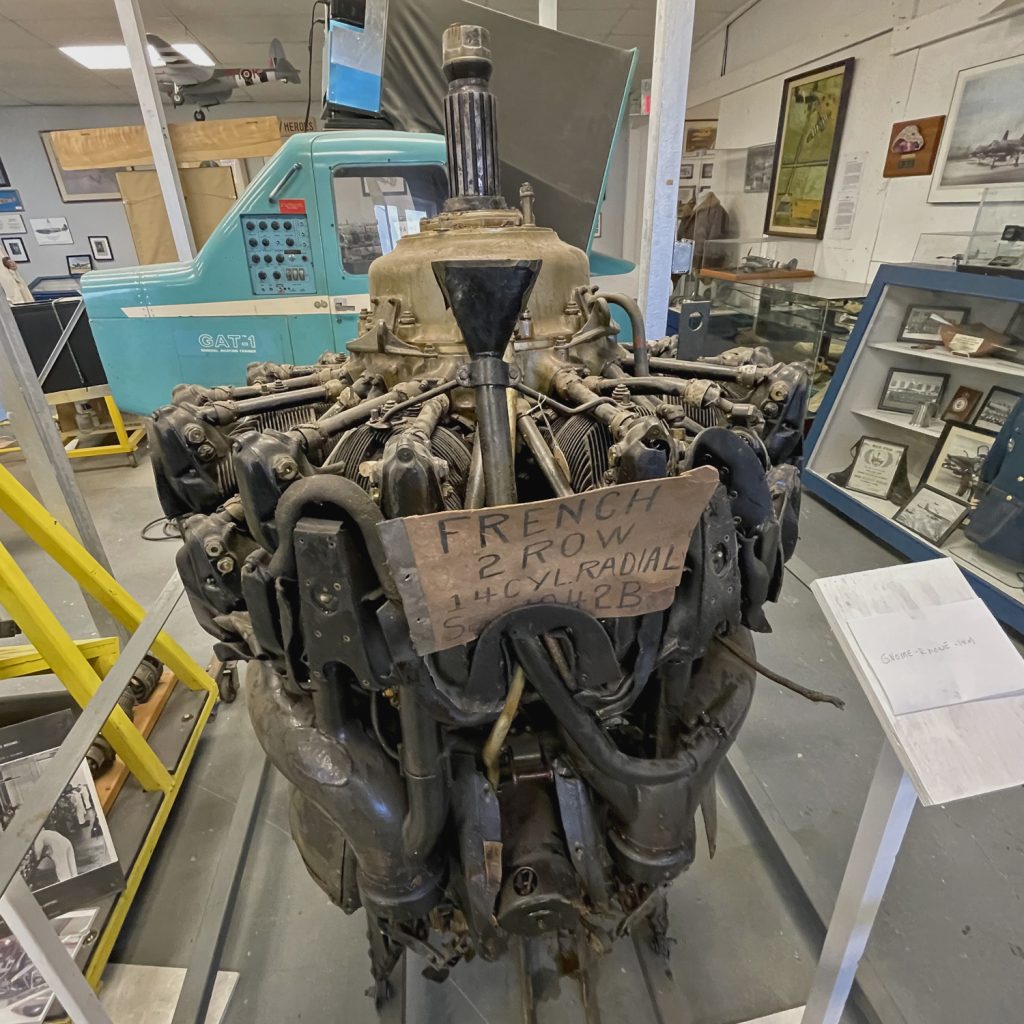
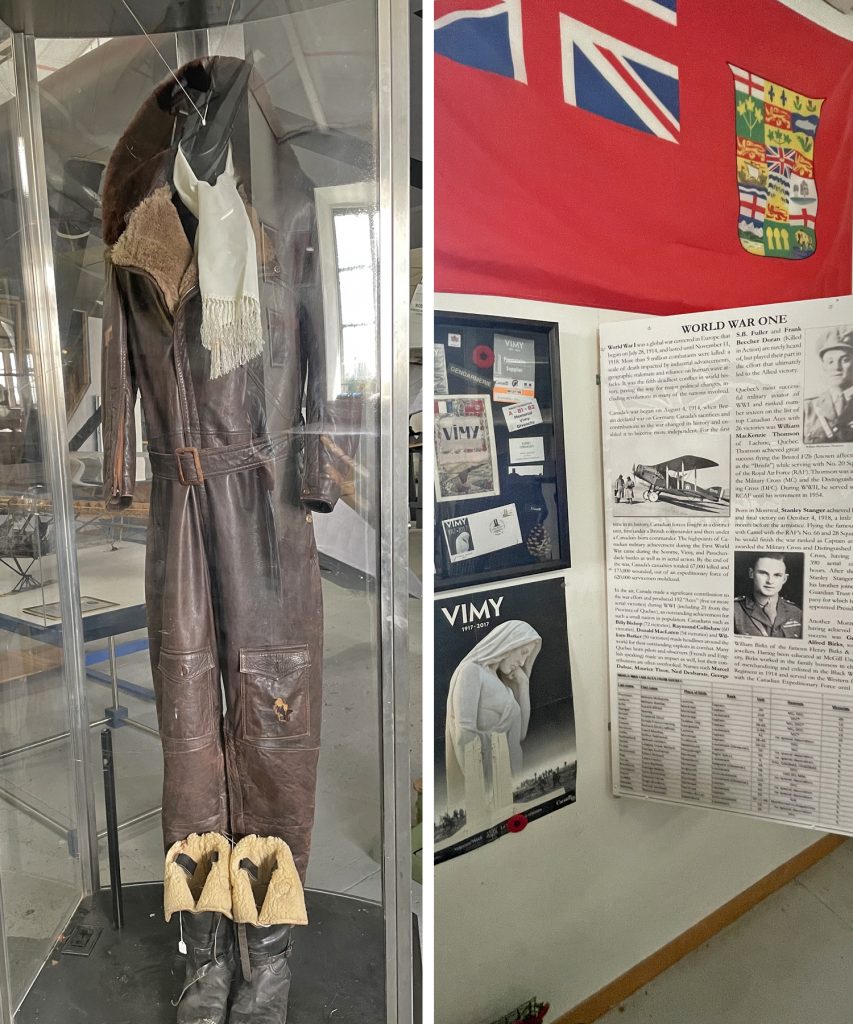 Explanatory panels provided information about each plane or notable event in Canadian aviation history, like “Le Scarabée,” a French Blériot XI that made the first flight over a Canadian city—Montreal!—in 1910.
Explanatory panels provided information about each plane or notable event in Canadian aviation history, like “Le Scarabée,” a French Blériot XI that made the first flight over a Canadian city—Montreal!—in 1910.
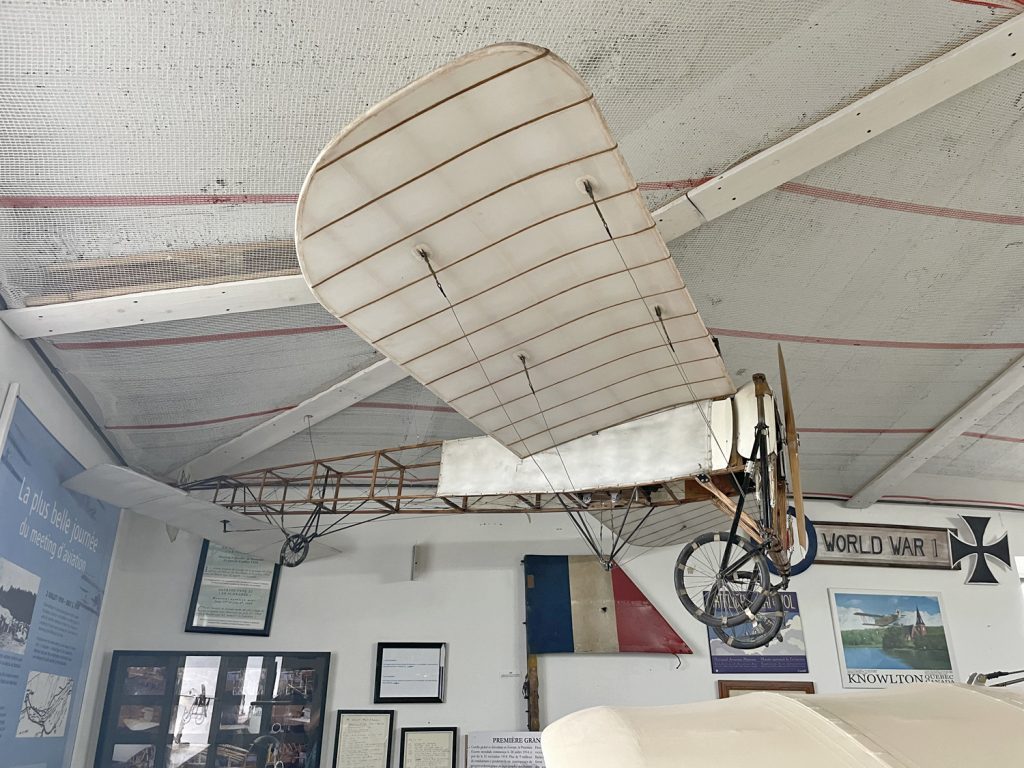
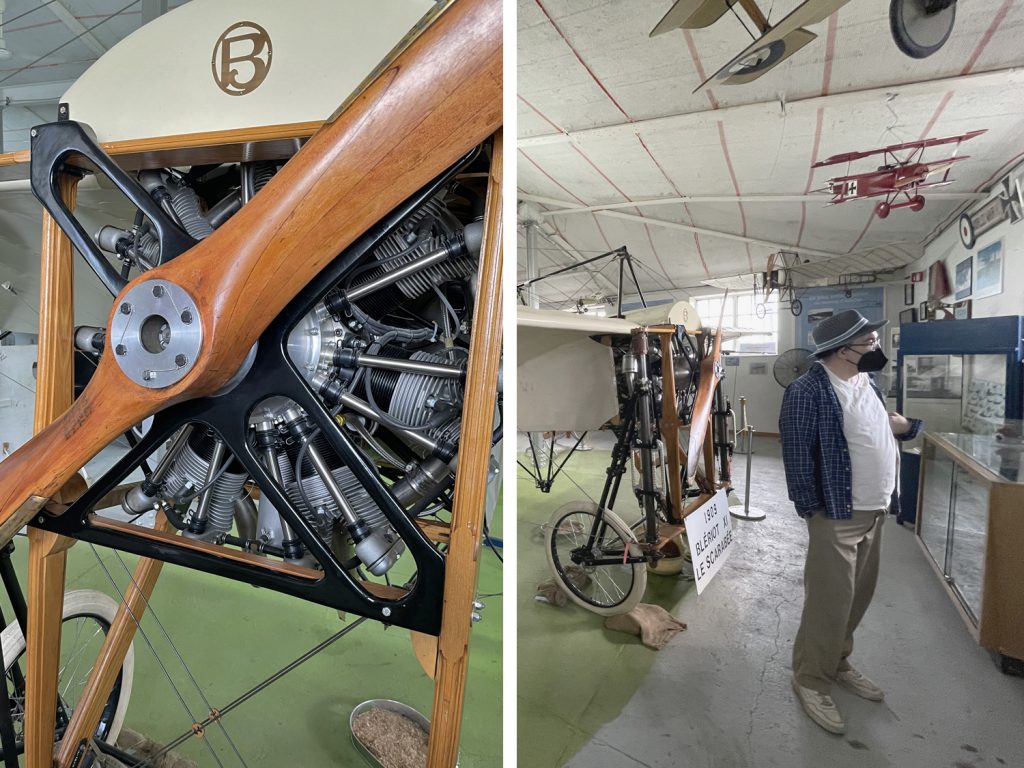
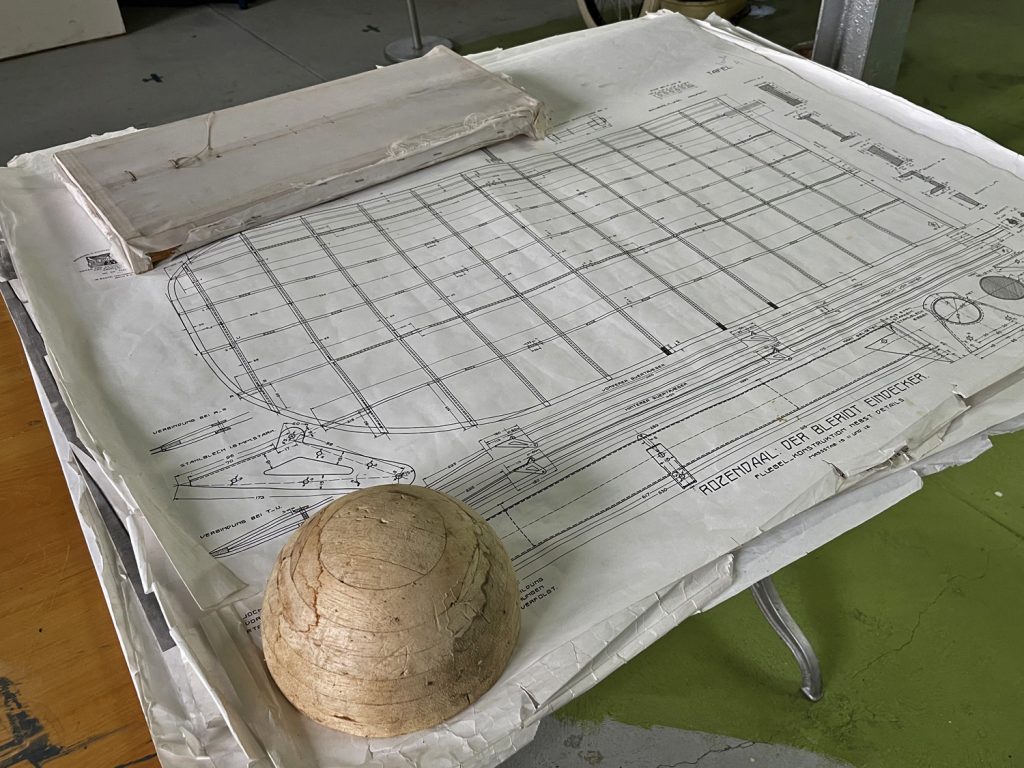
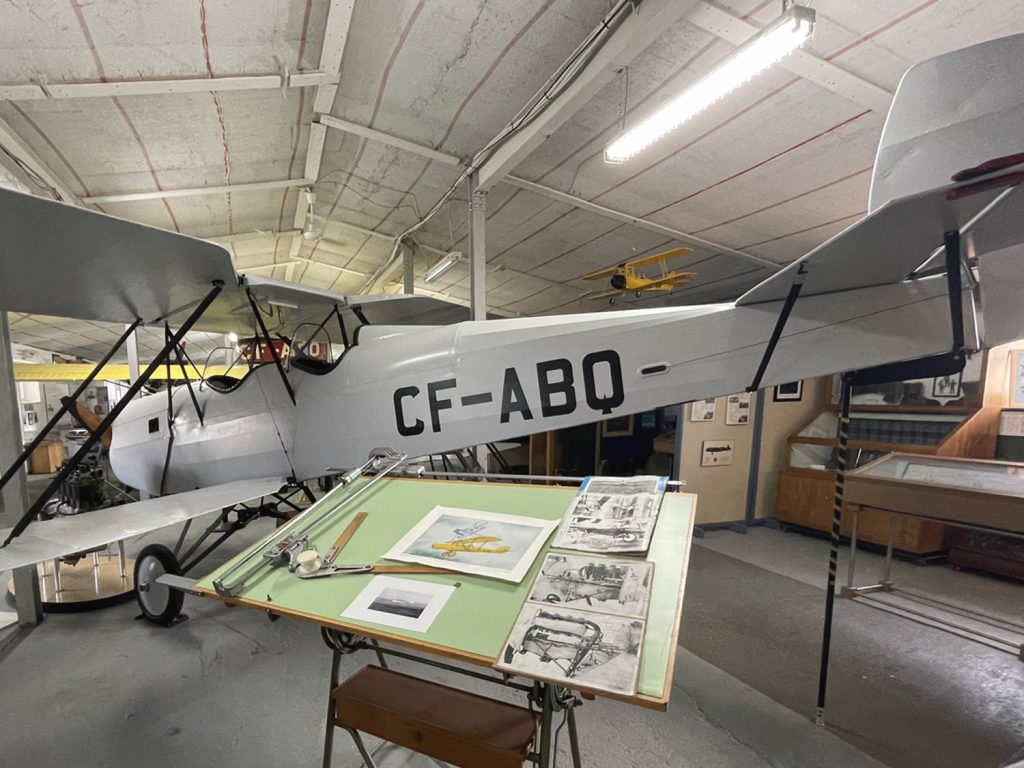
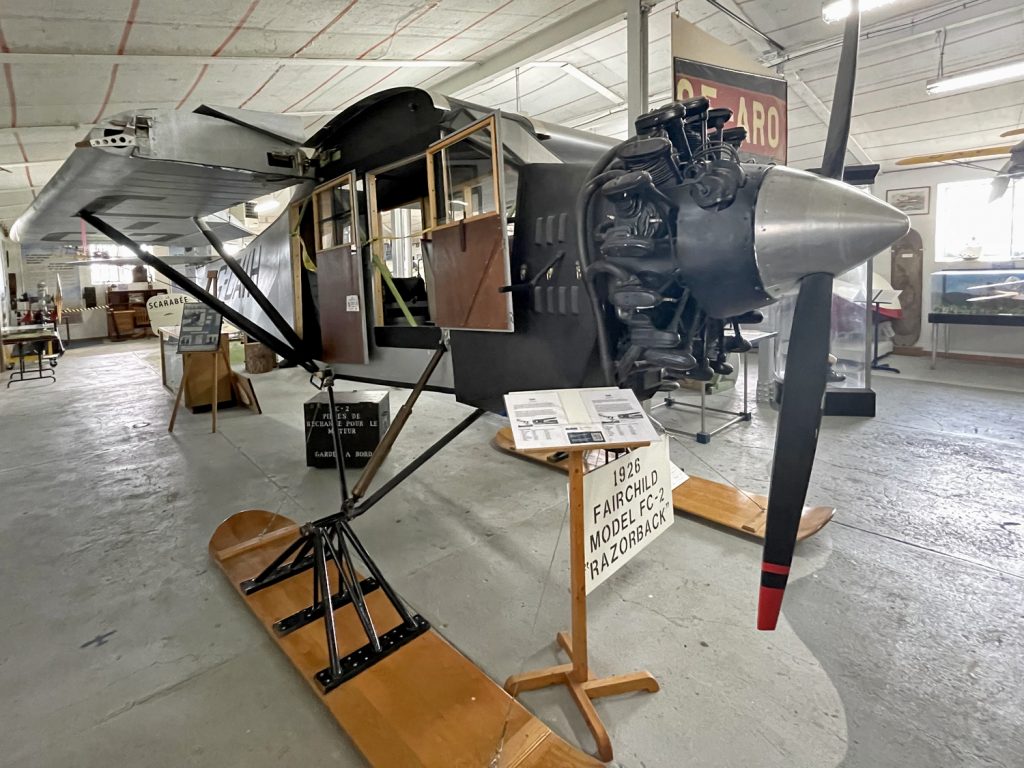
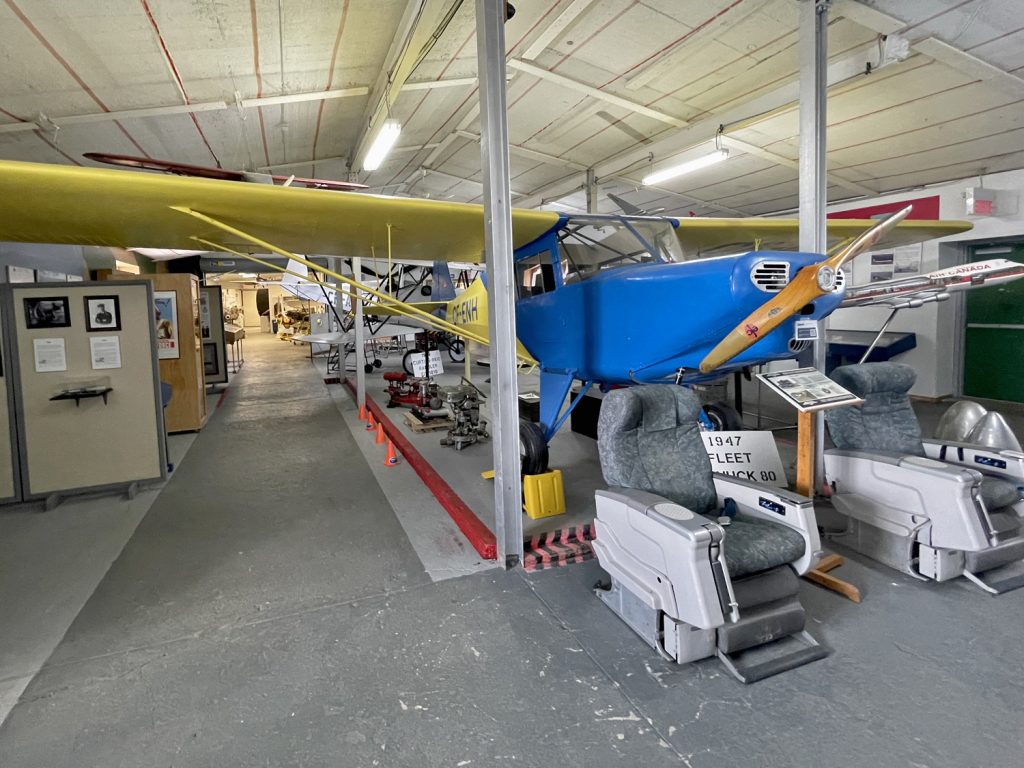
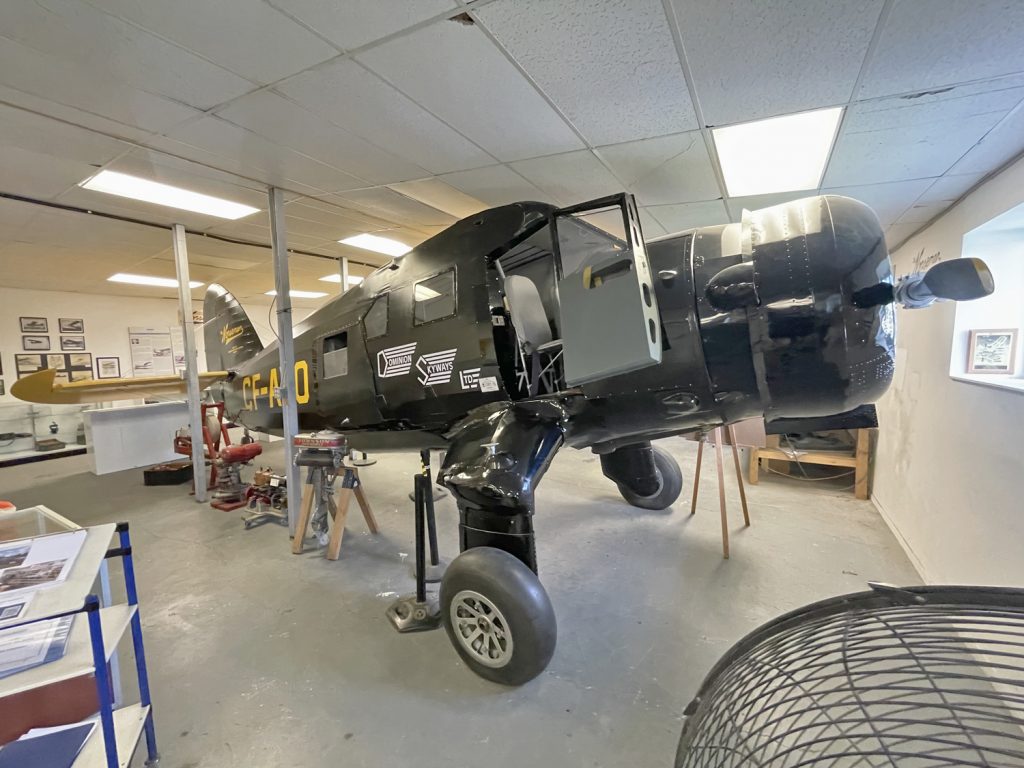
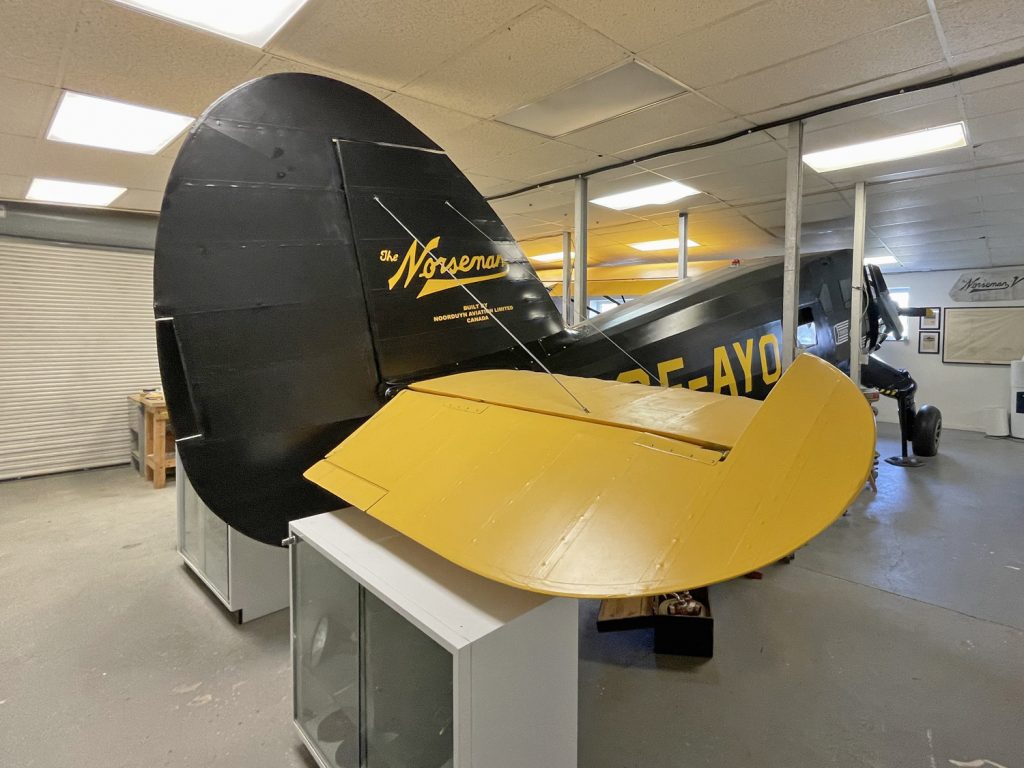
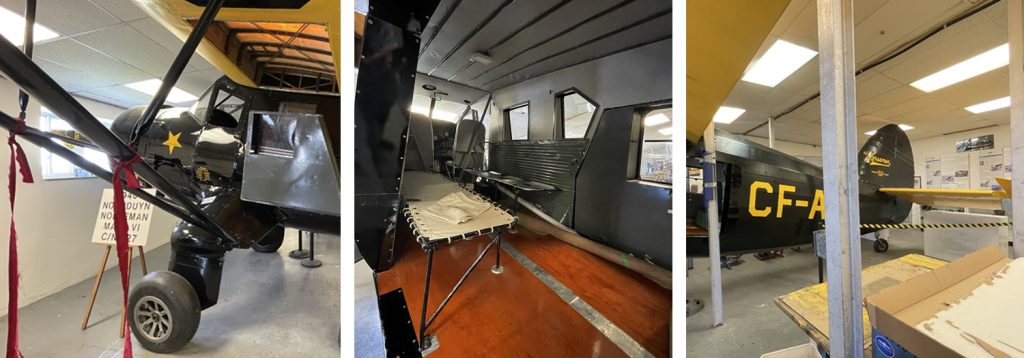 Those of a certain age may recall long-defunct airlines Nordair and Quebecair, each here represented with an assemblage of assorted memorabilia.
Those of a certain age may recall long-defunct airlines Nordair and Quebecair, each here represented with an assemblage of assorted memorabilia.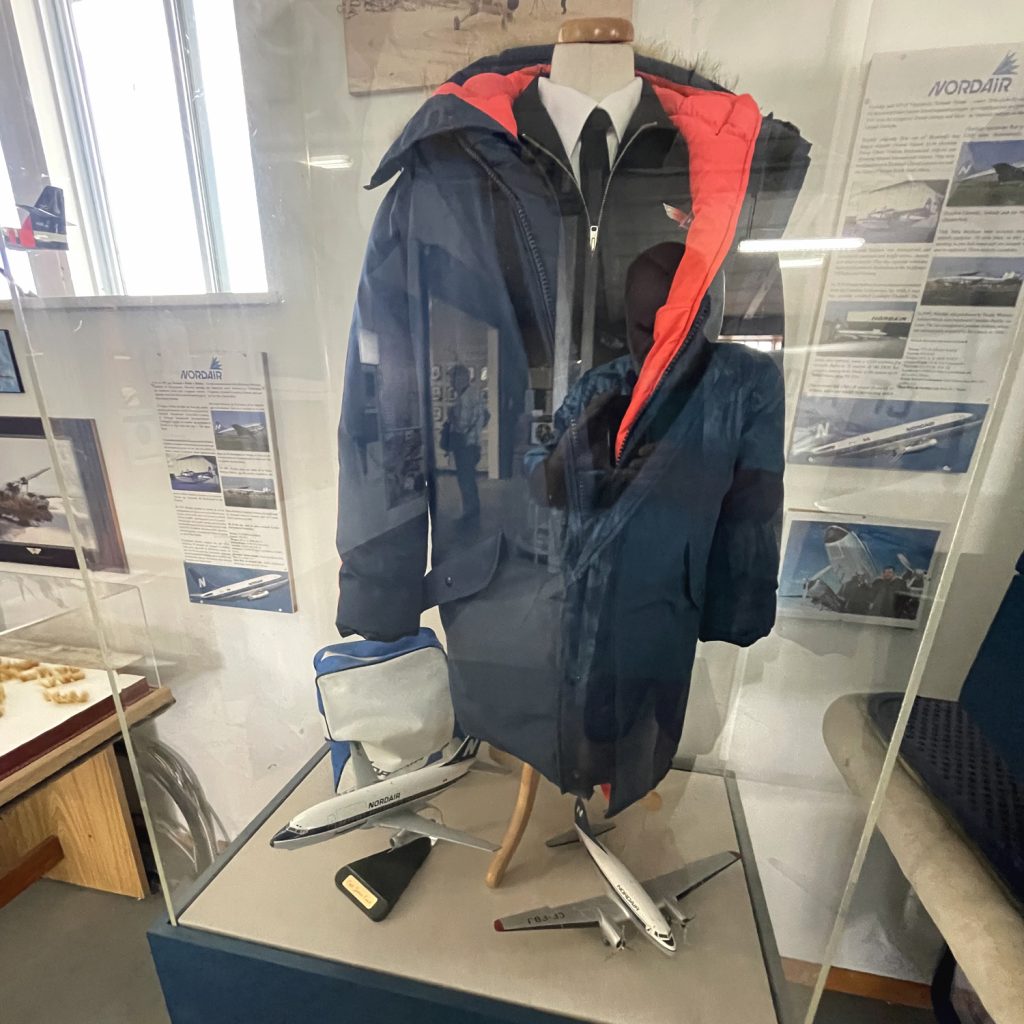
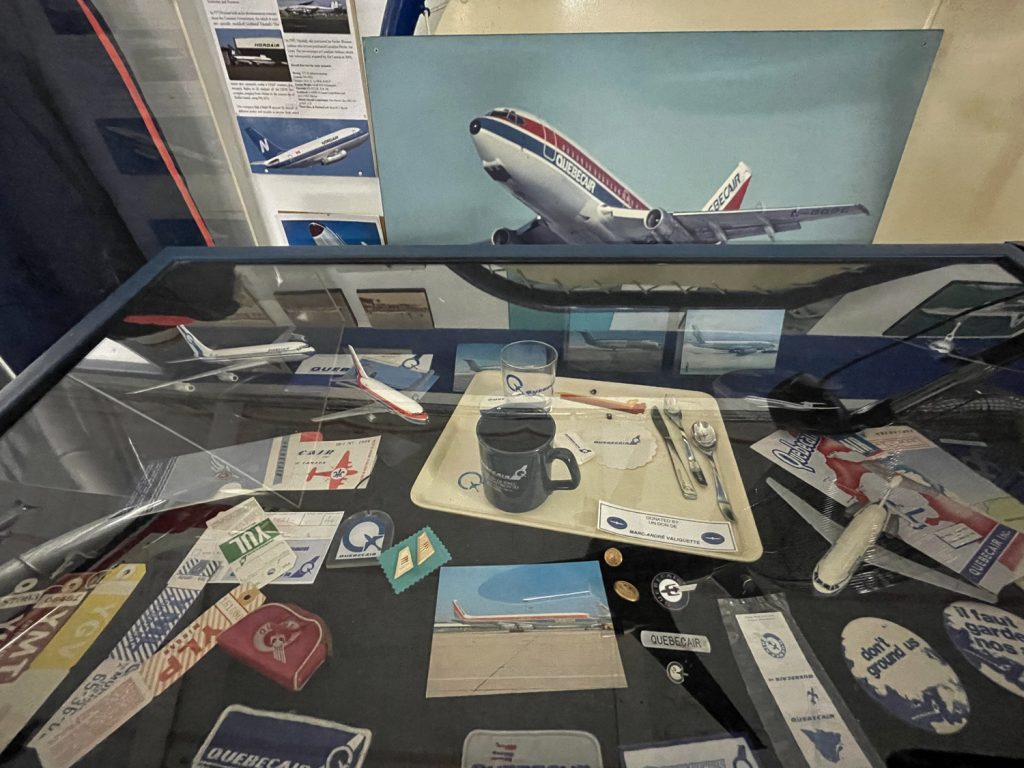
Several promotional models of sleek Air Canada jets were included, too—the kind one might see mounted in the window of a travel agency.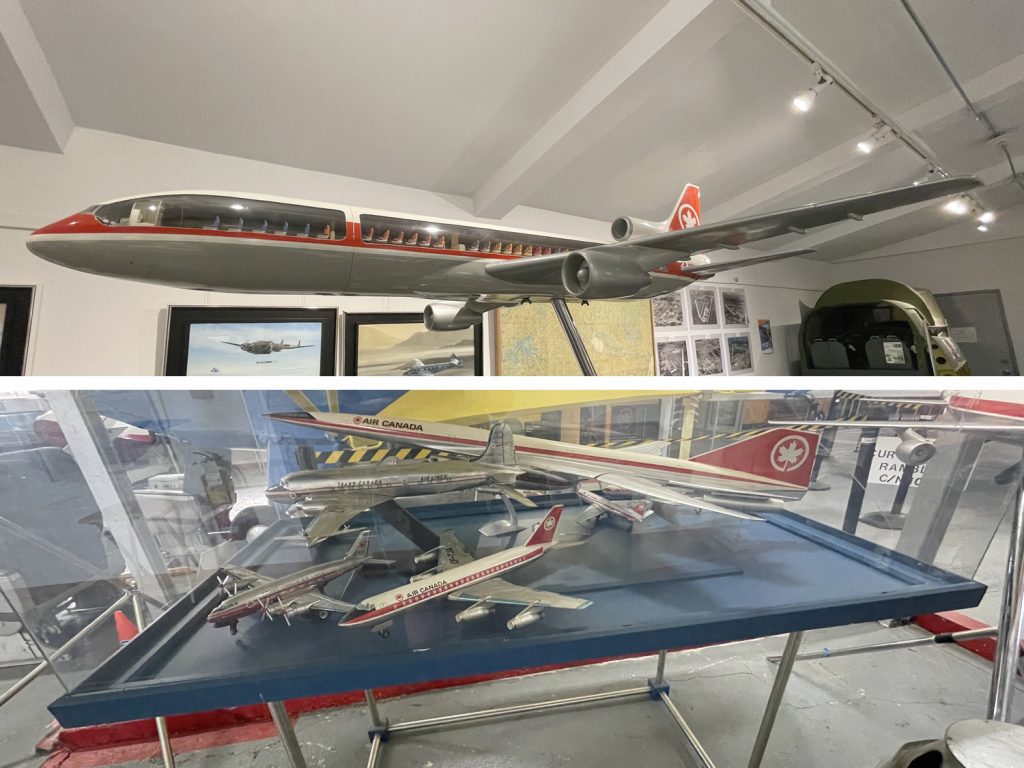
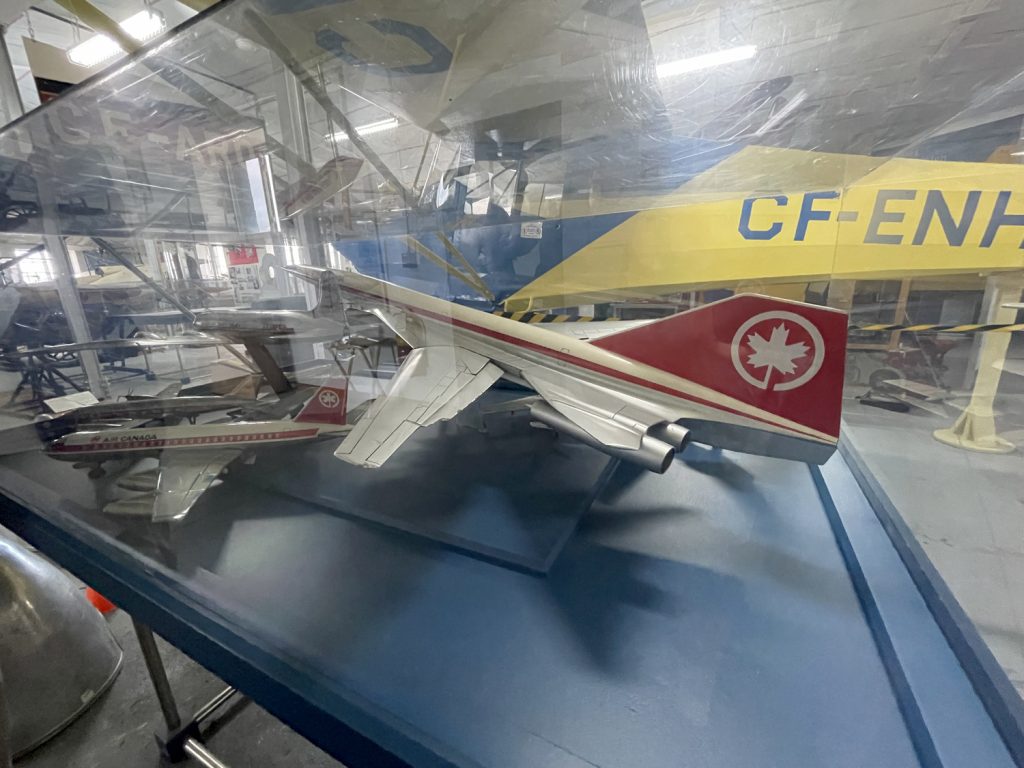
Canada’s famous aerobatics teams, the Golden Hawks and the Snowbirds, were showcased in one wing of the building, and the legendary Avro Arrow was represented, as well!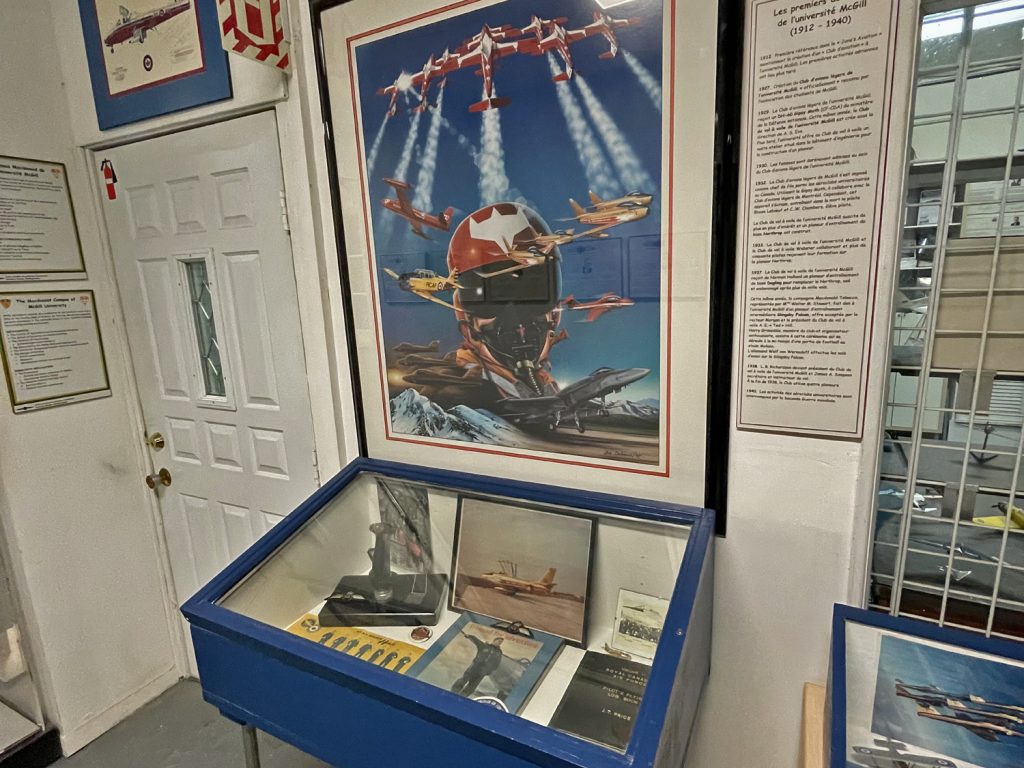
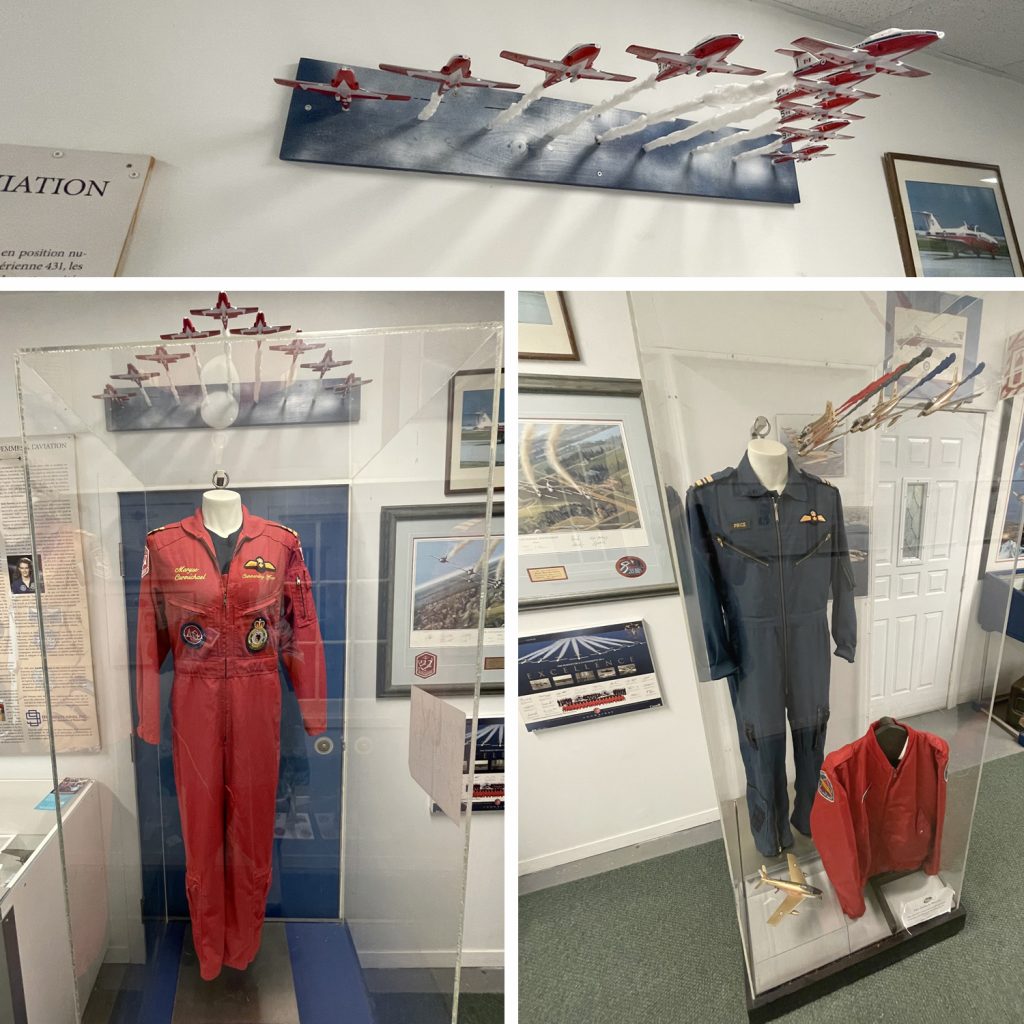
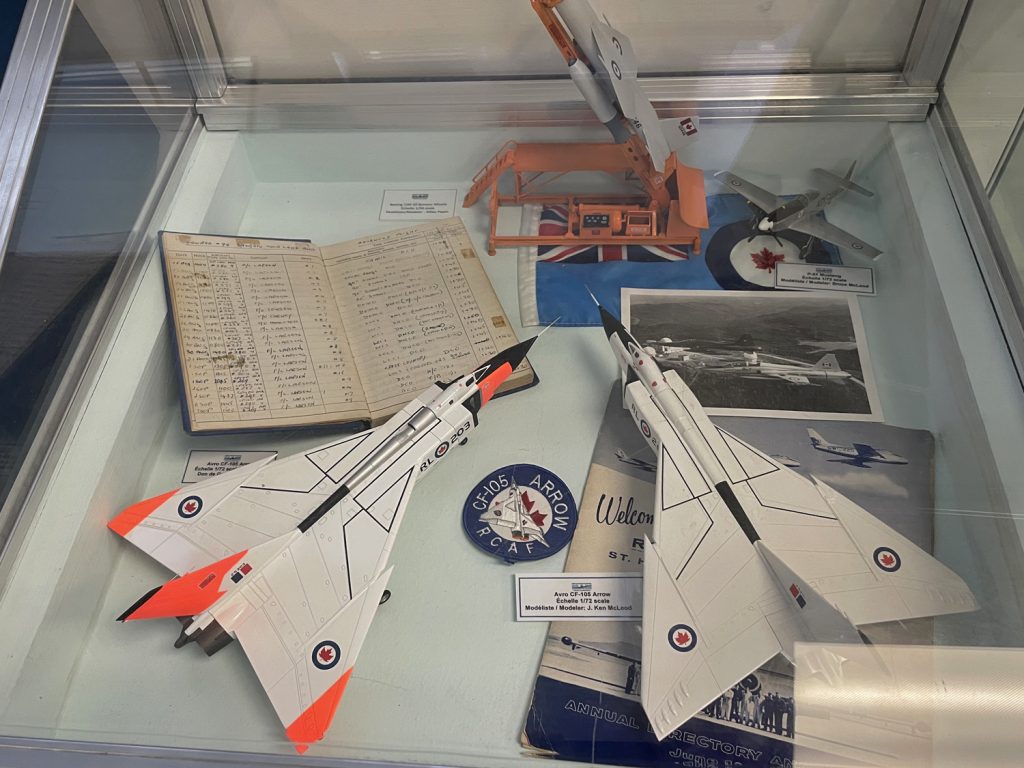
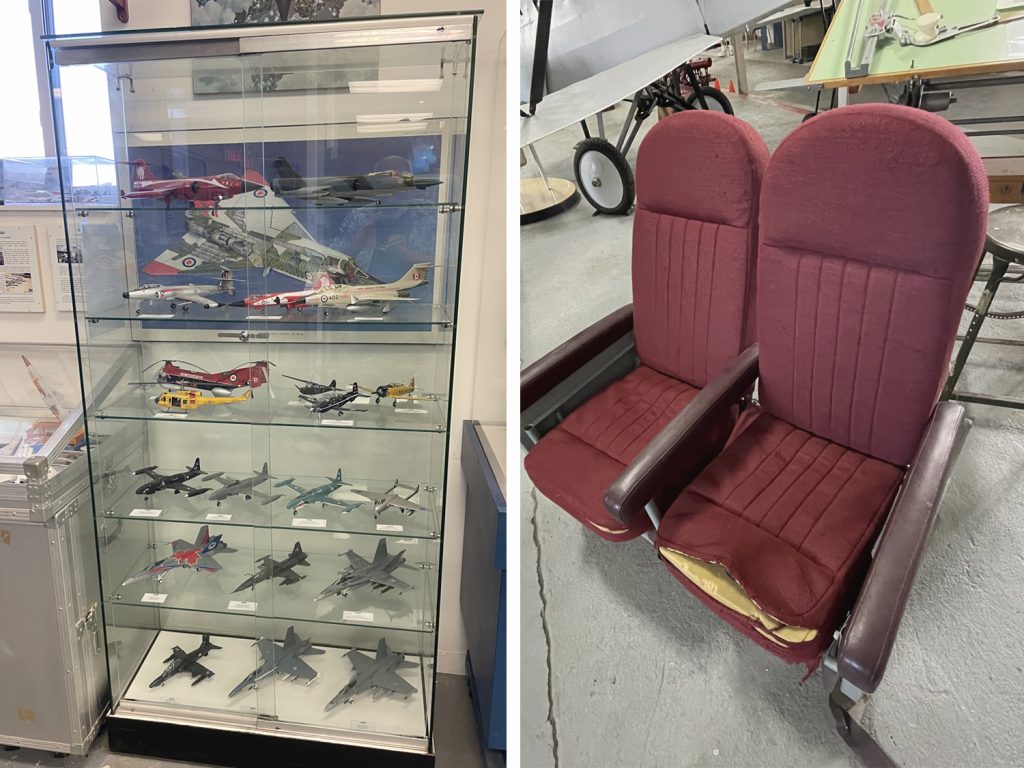
Numerous large-scale models of aircraft hung from the ceiling above the actual, full-scale planes. Model aircraft, in fact, could be found throughout the museum, presented either individually or as components of a skillfully crafted diorama.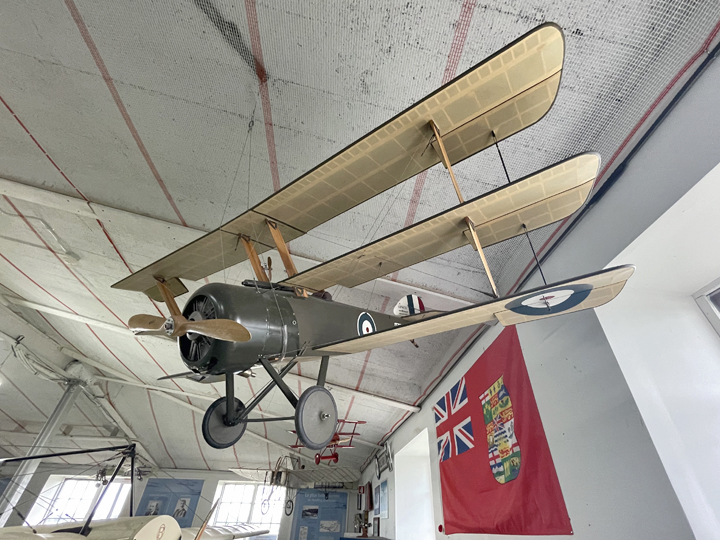
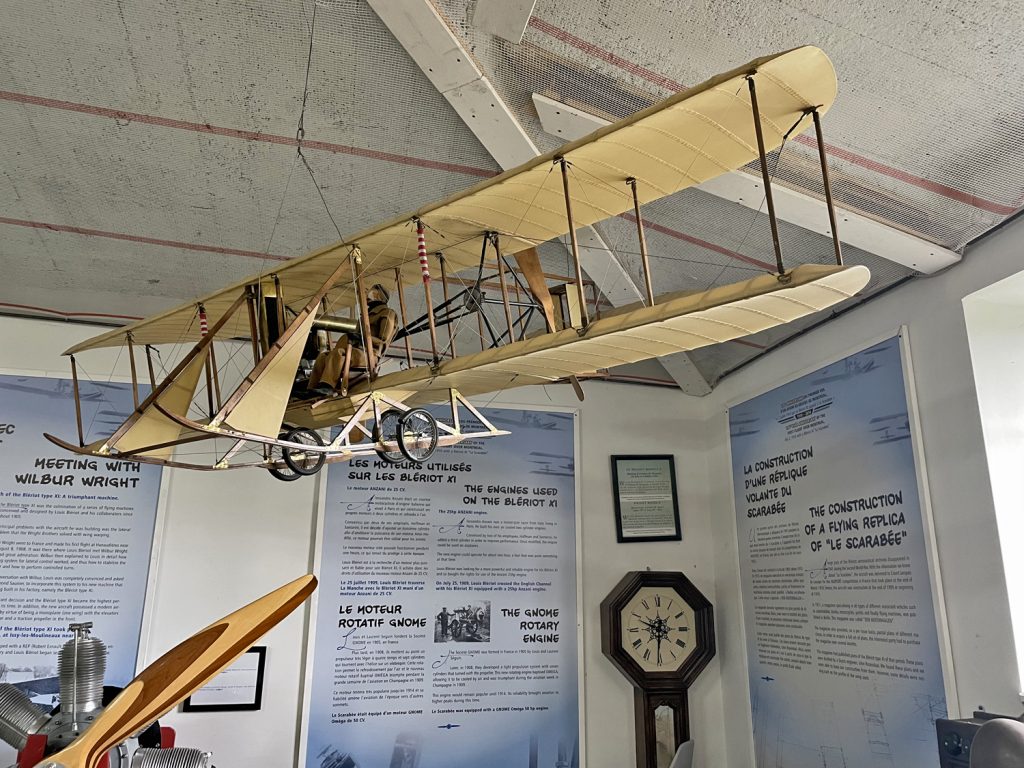
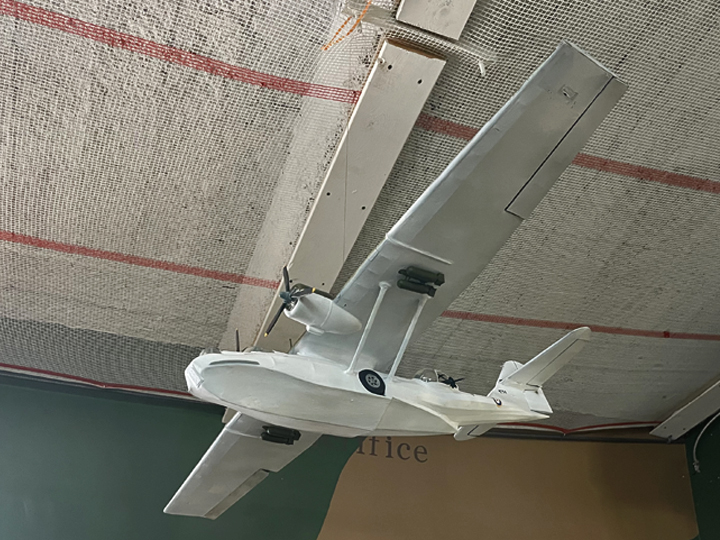
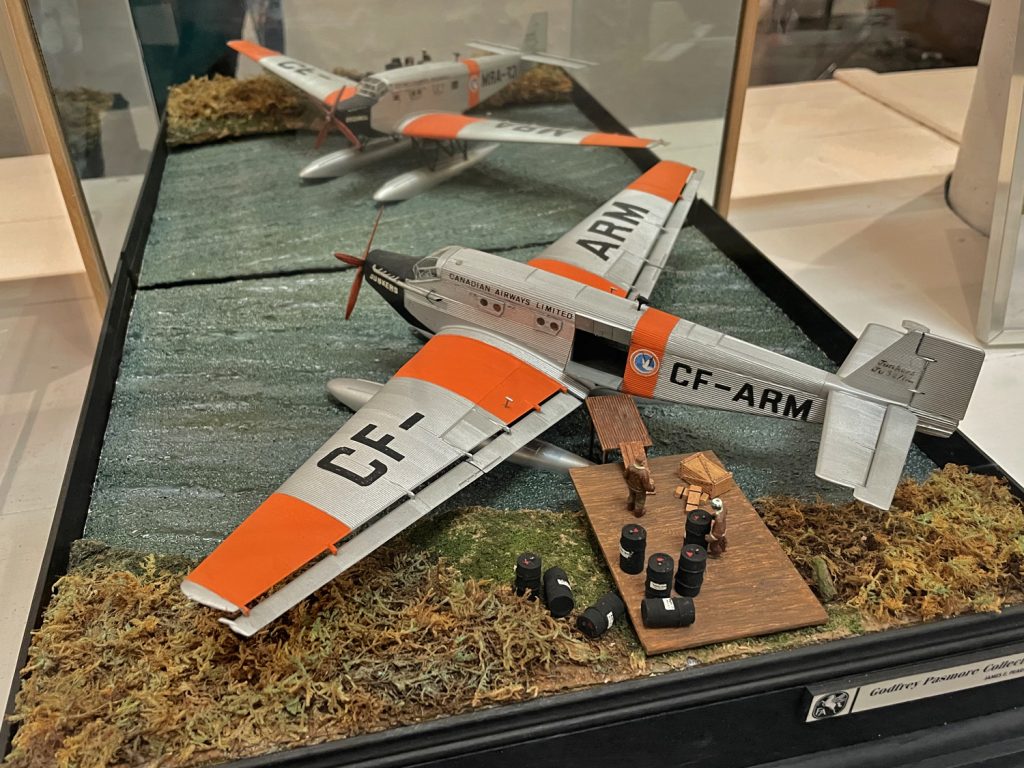
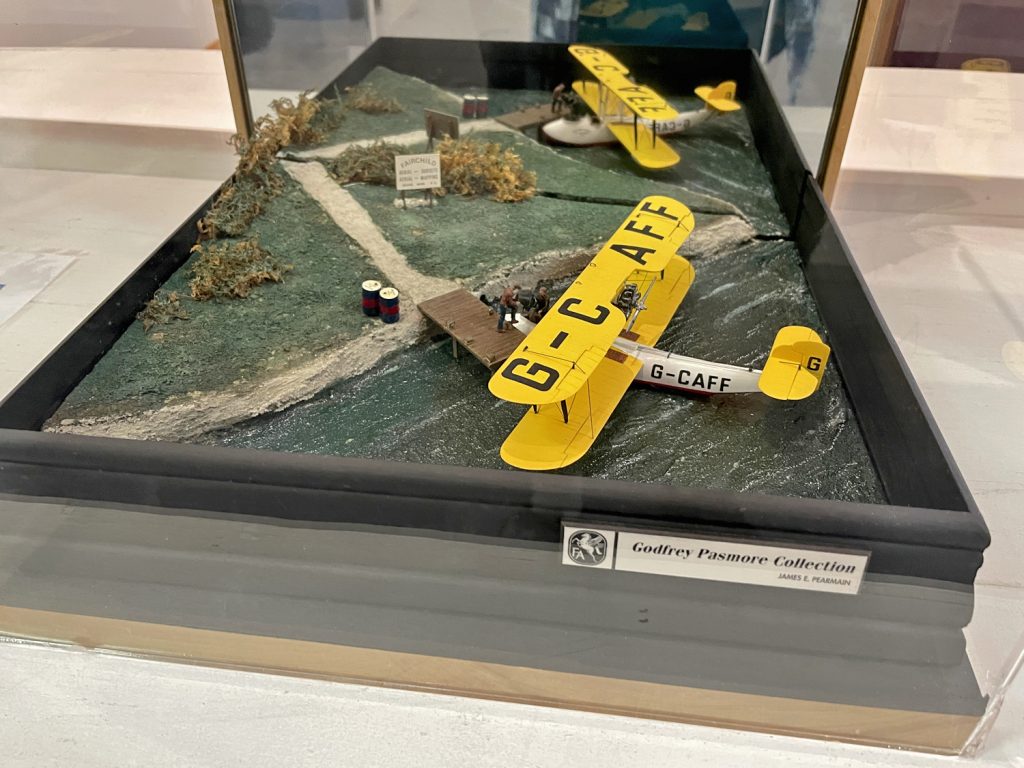
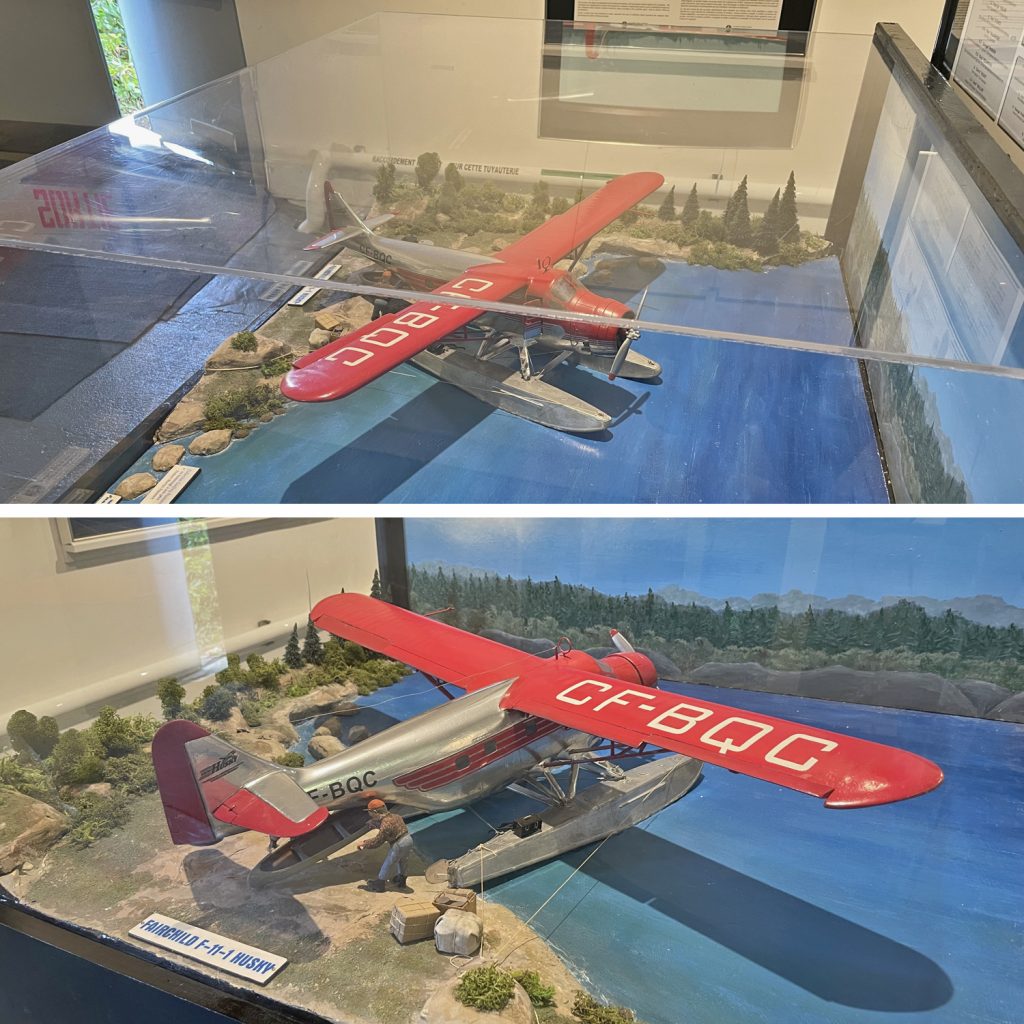
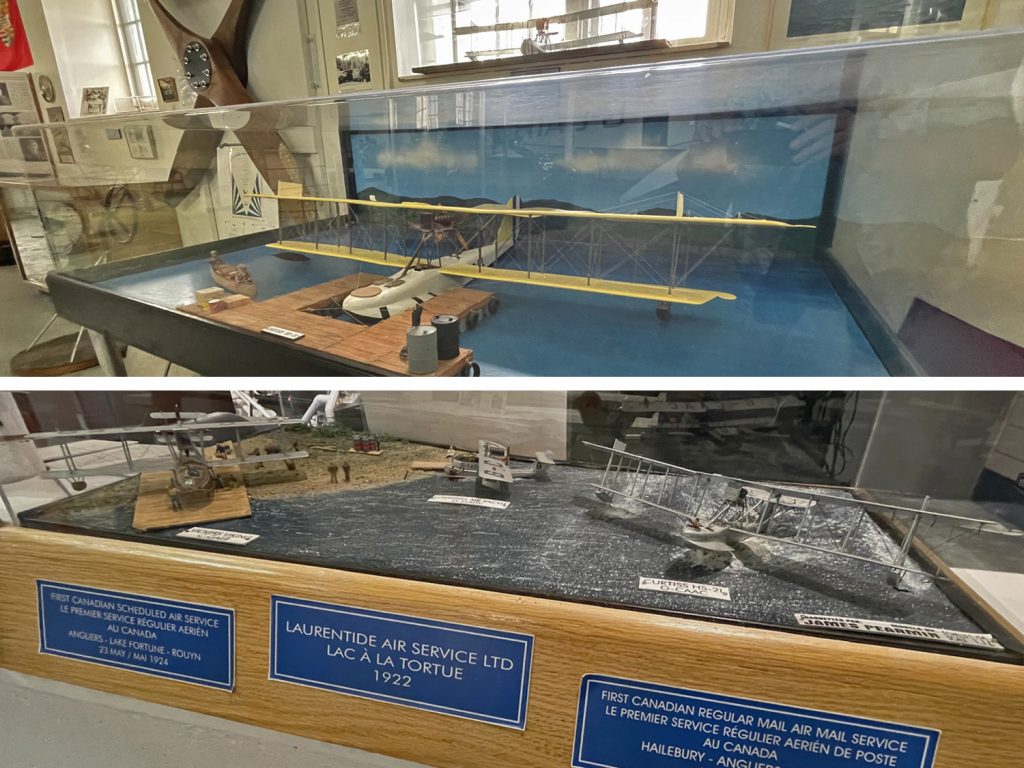
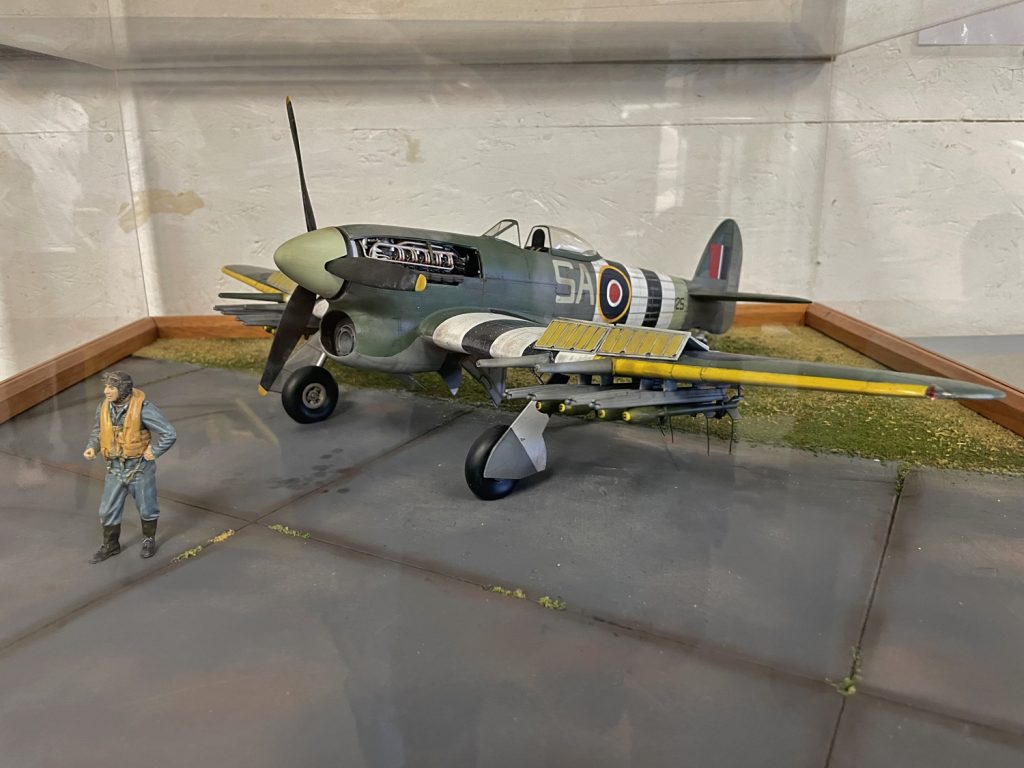
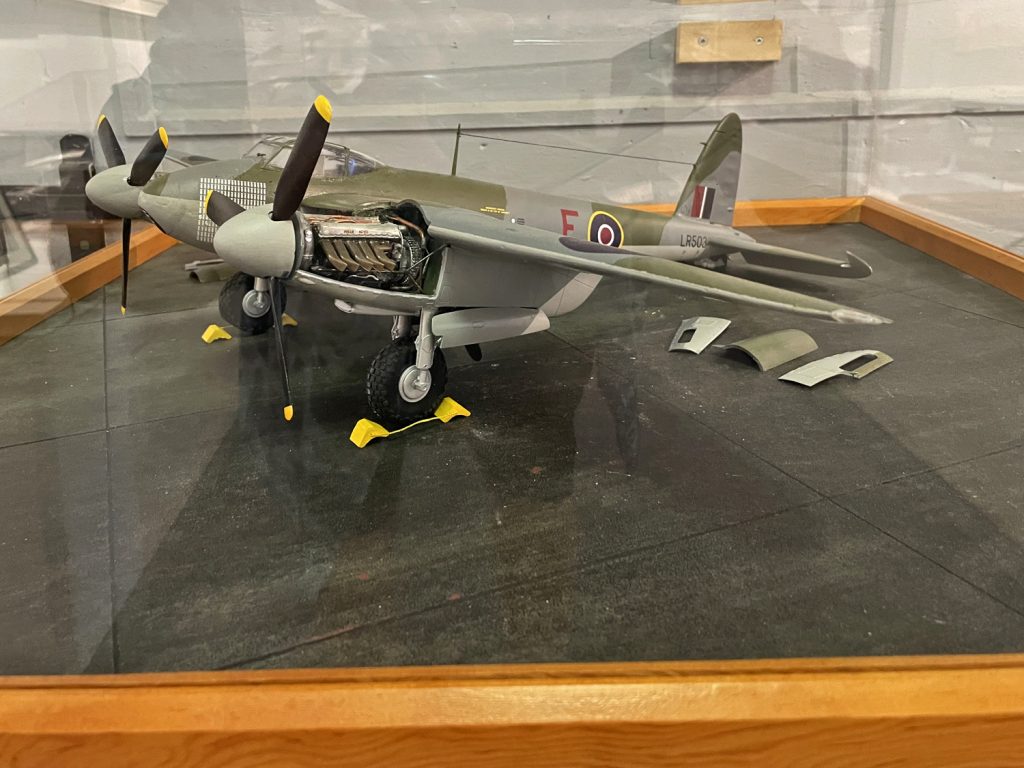
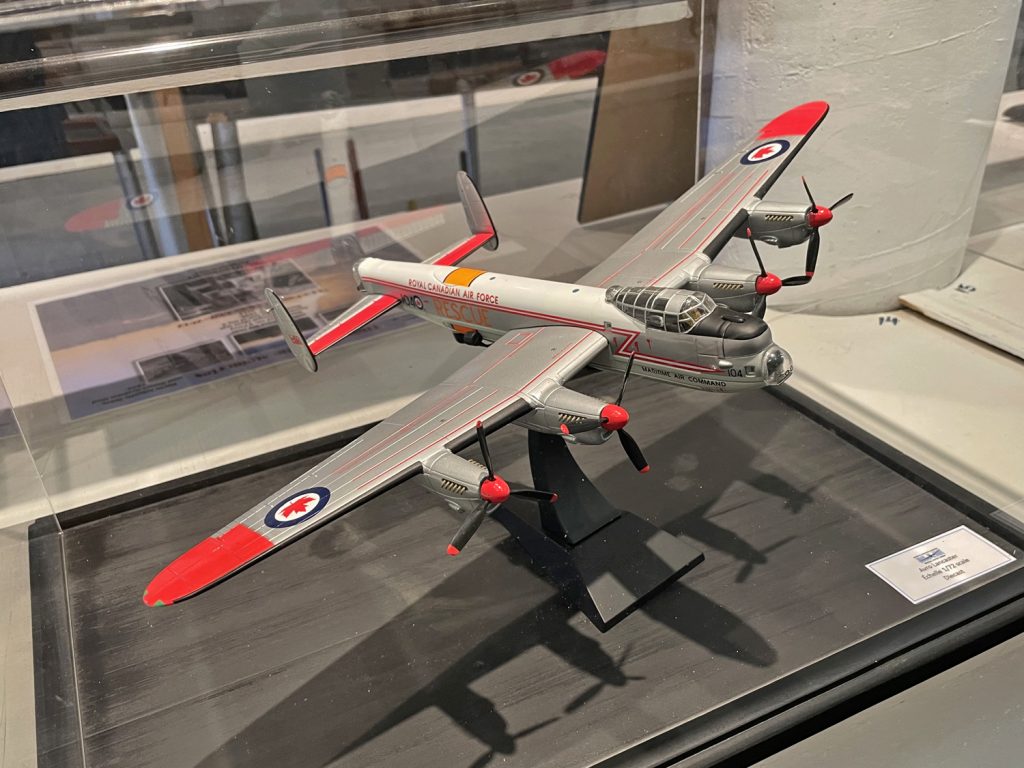
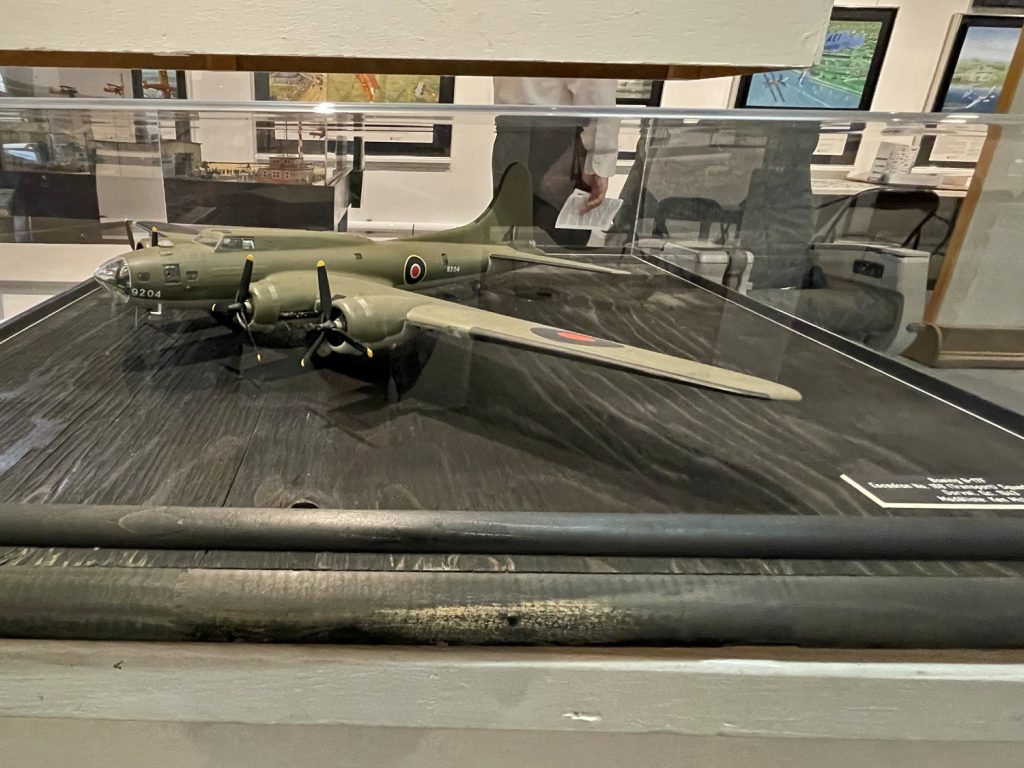
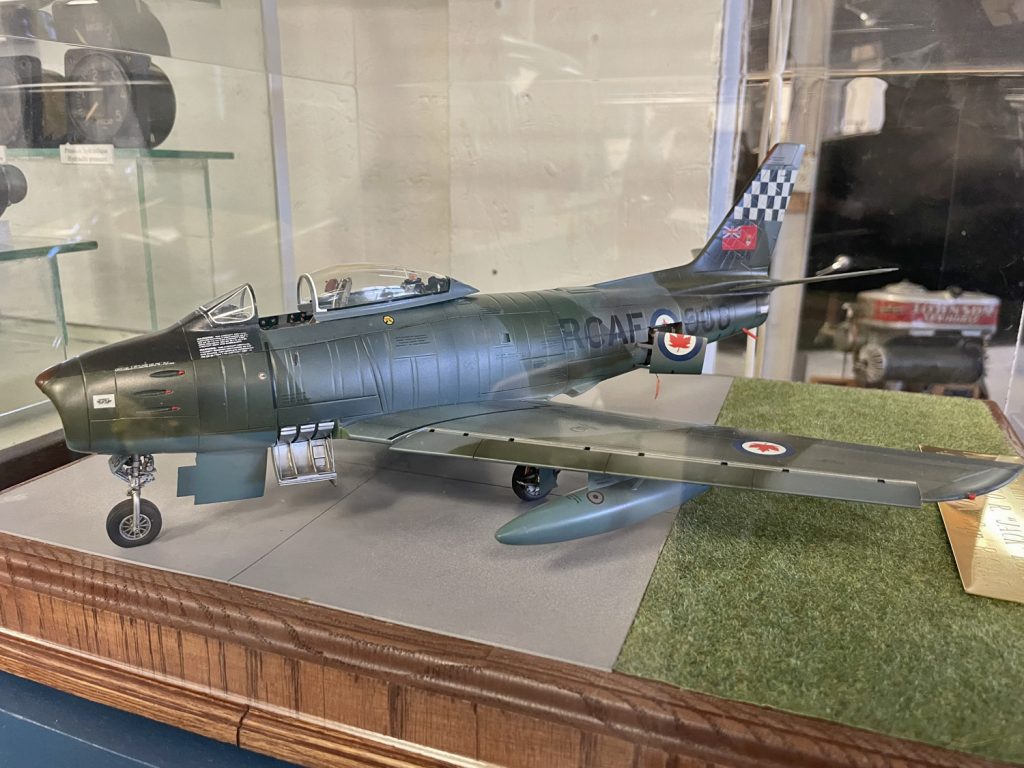
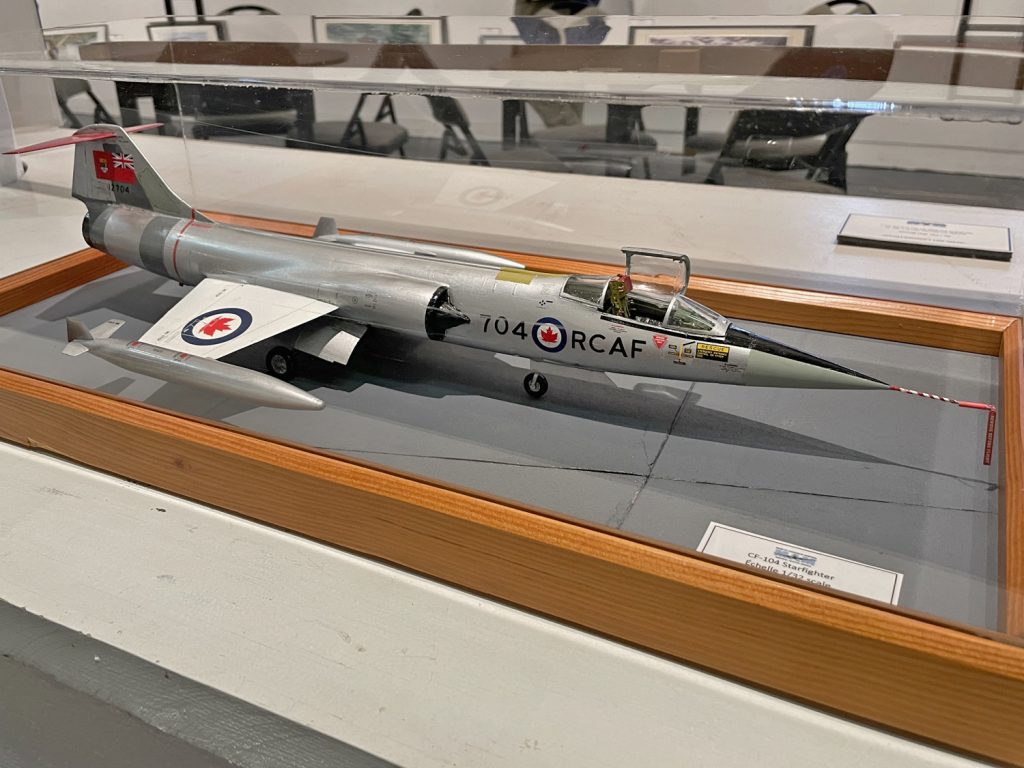
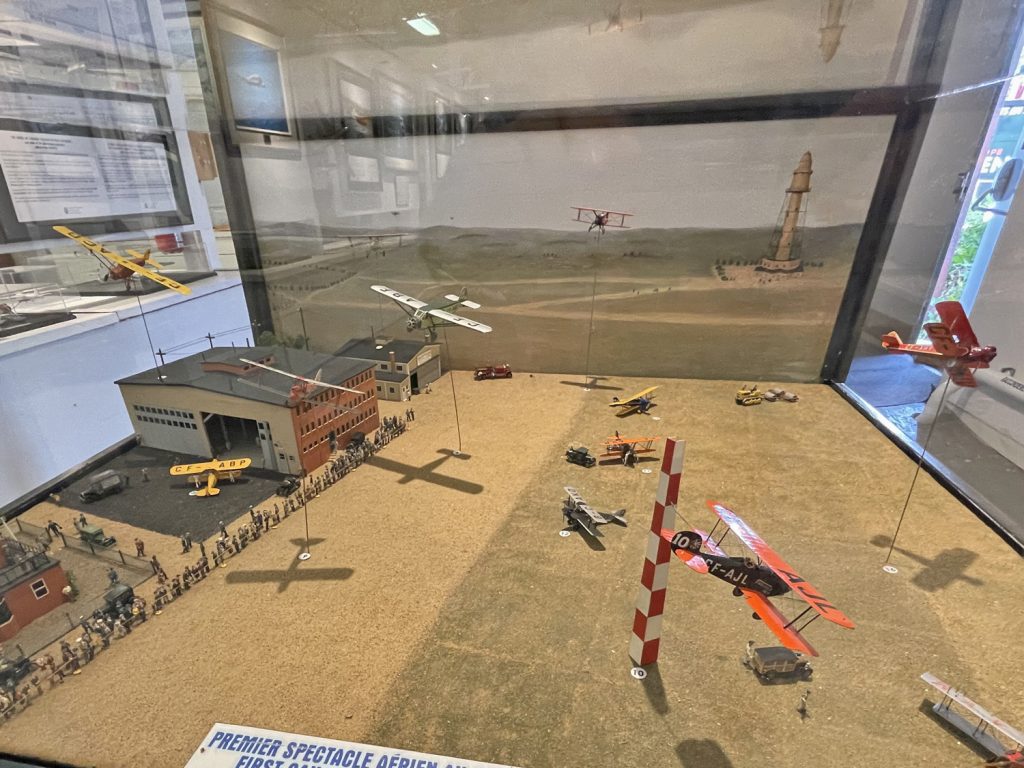
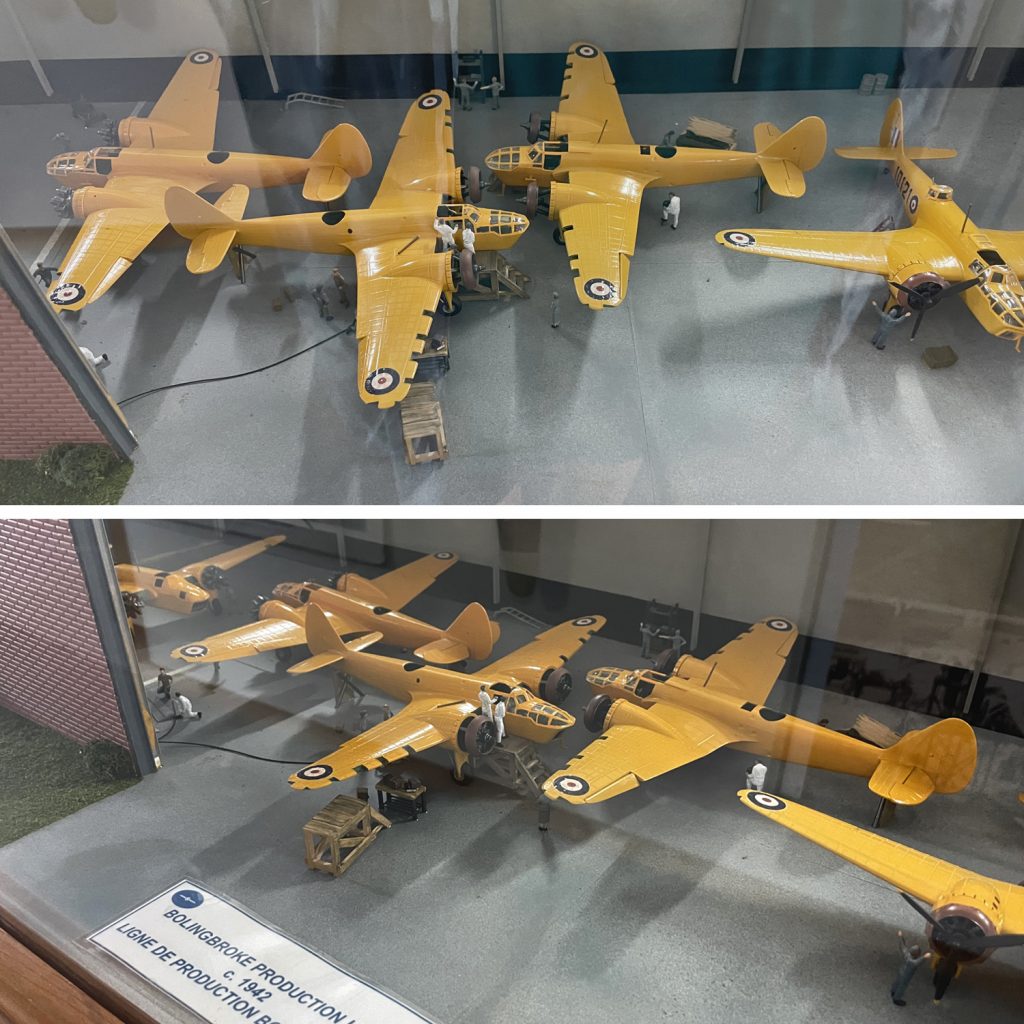
Last, but certainly not least, an exquisite collection of aviation art was hung in the museum’s gallery, including a stained-glass piece that drew the attention of MonSFFA president Cathy Palmer-Lister, whose hobbies include the fashioning of such works. Featured painters include Jim Bruce and Don Connelly. 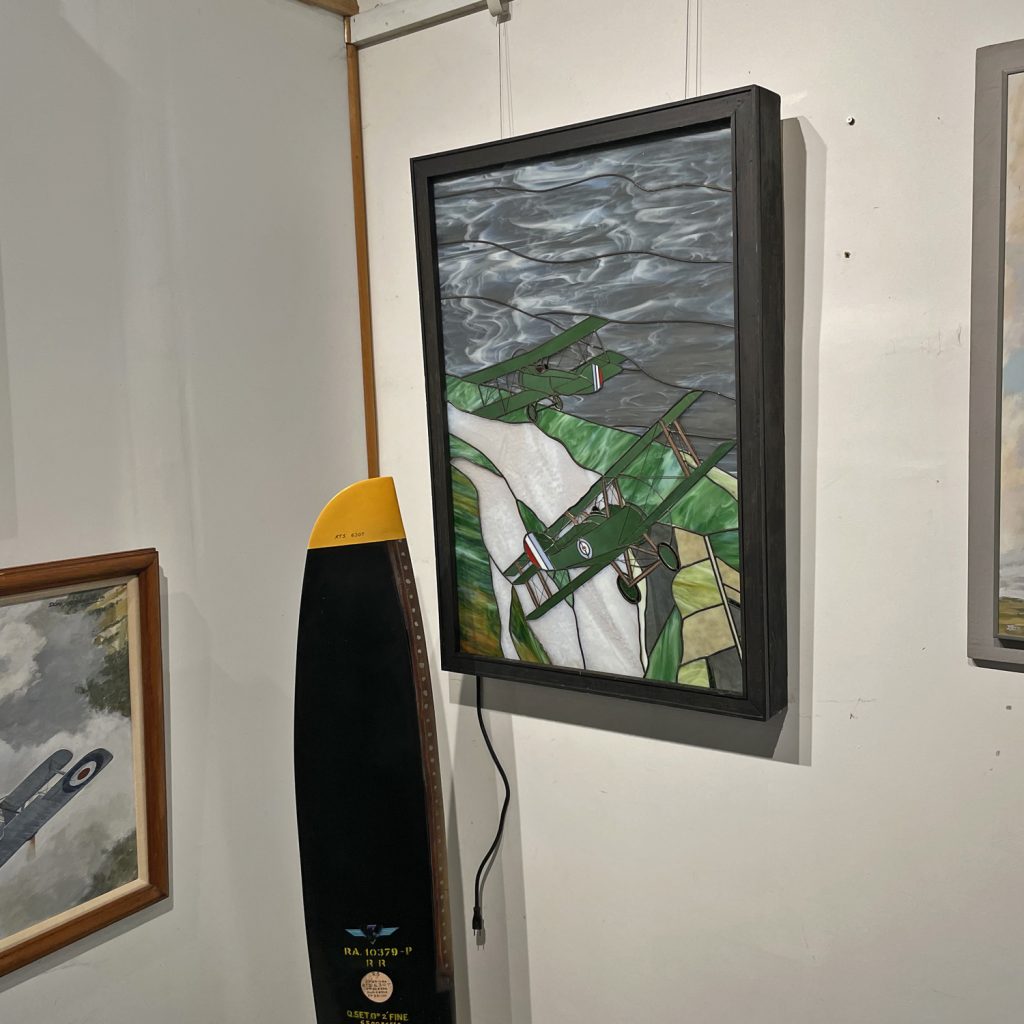
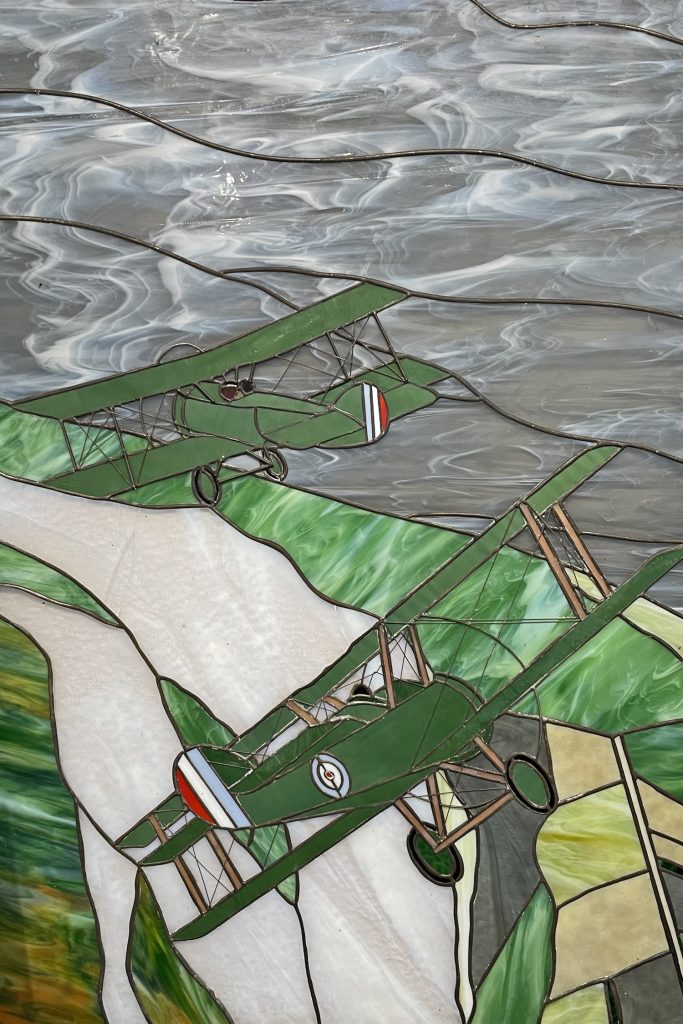
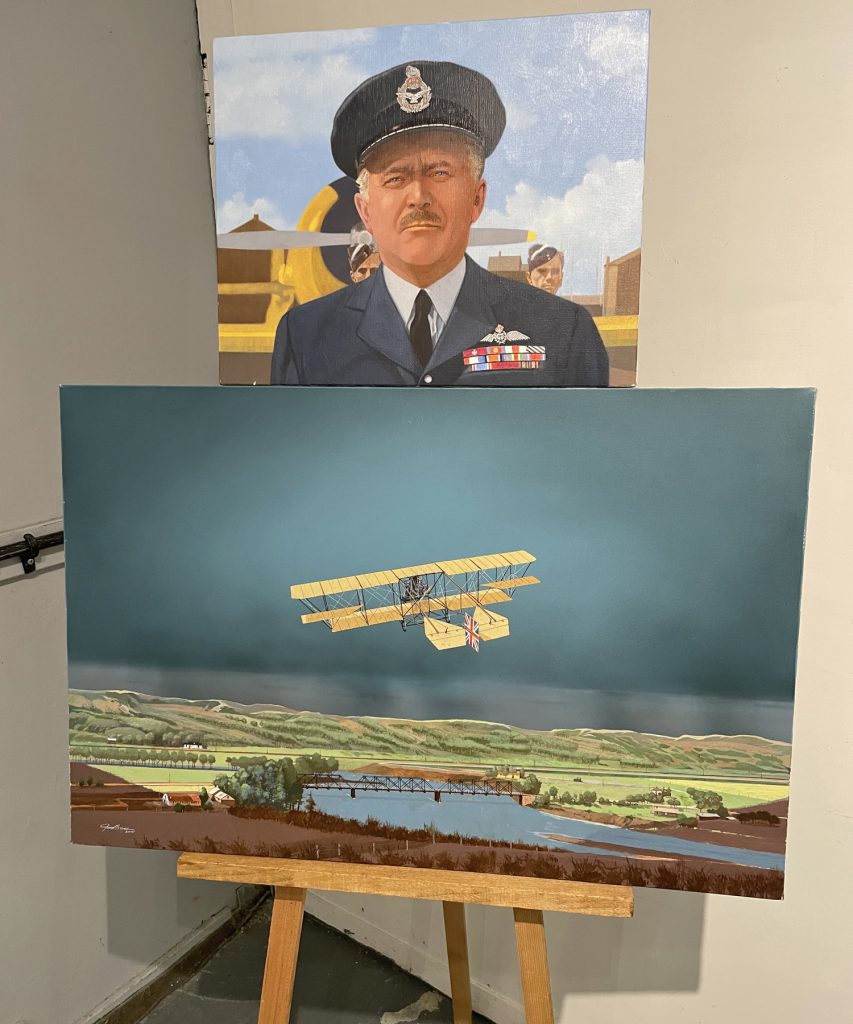
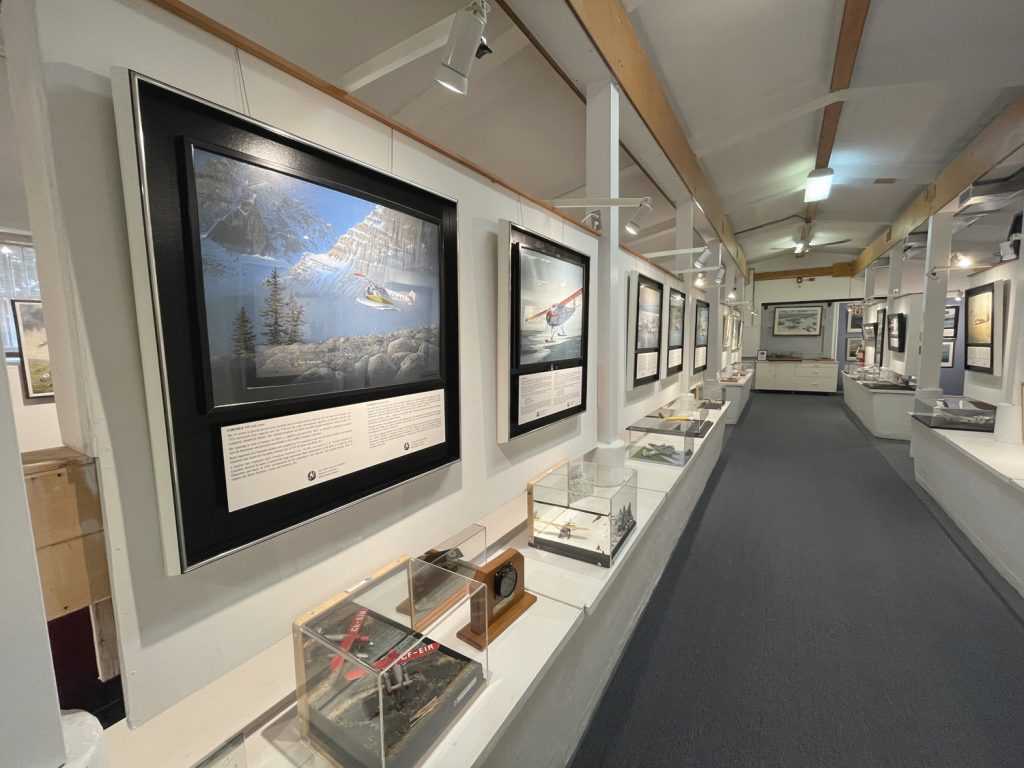
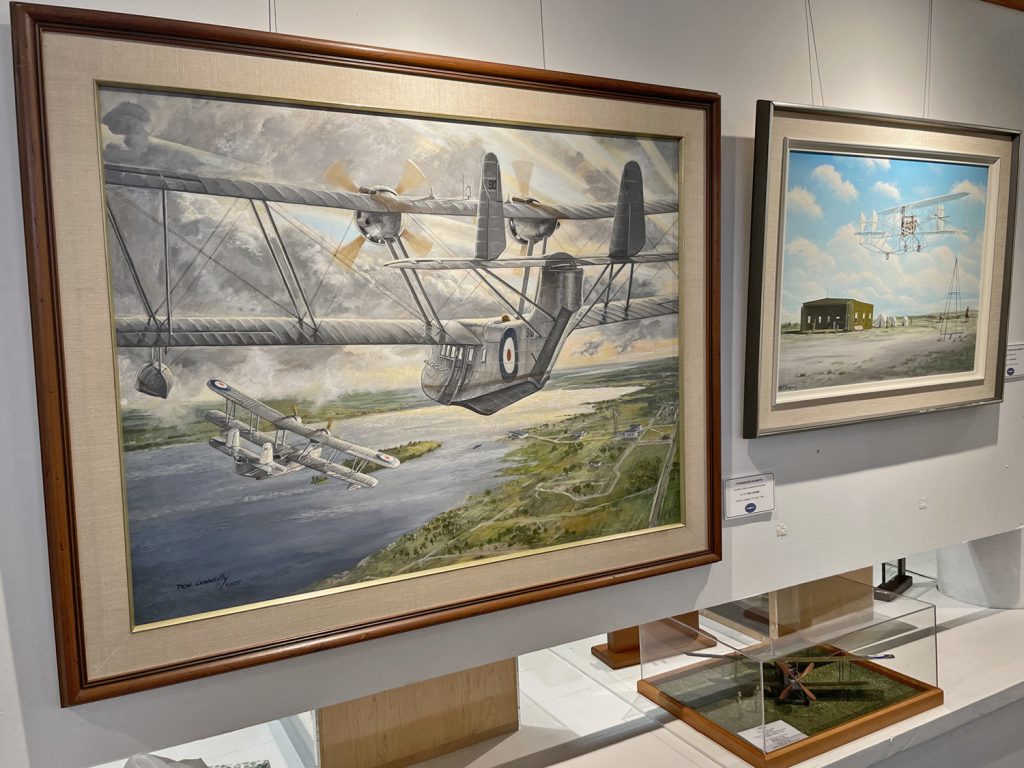
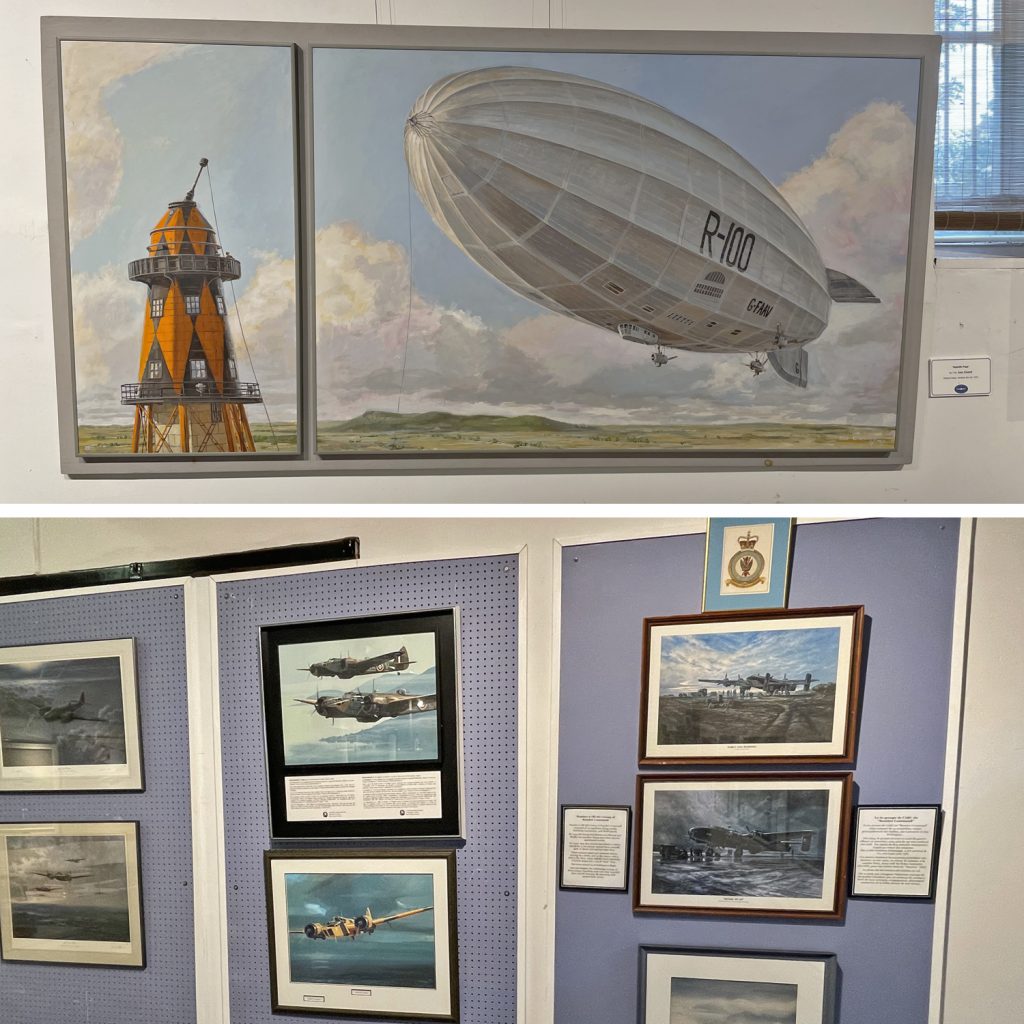
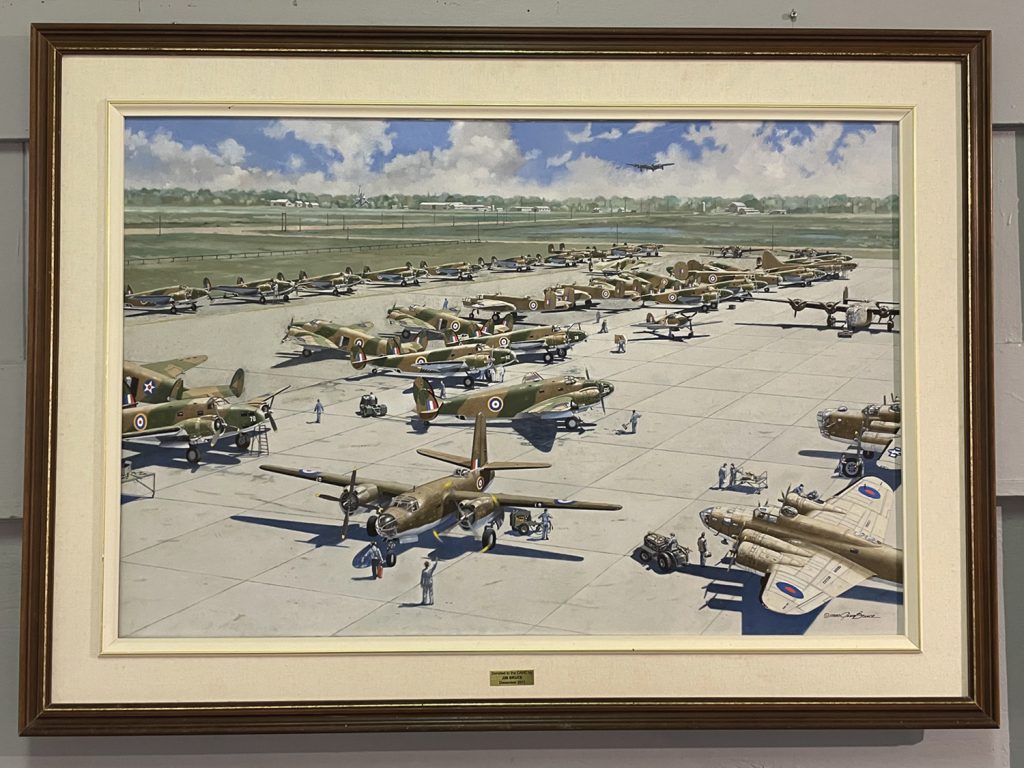
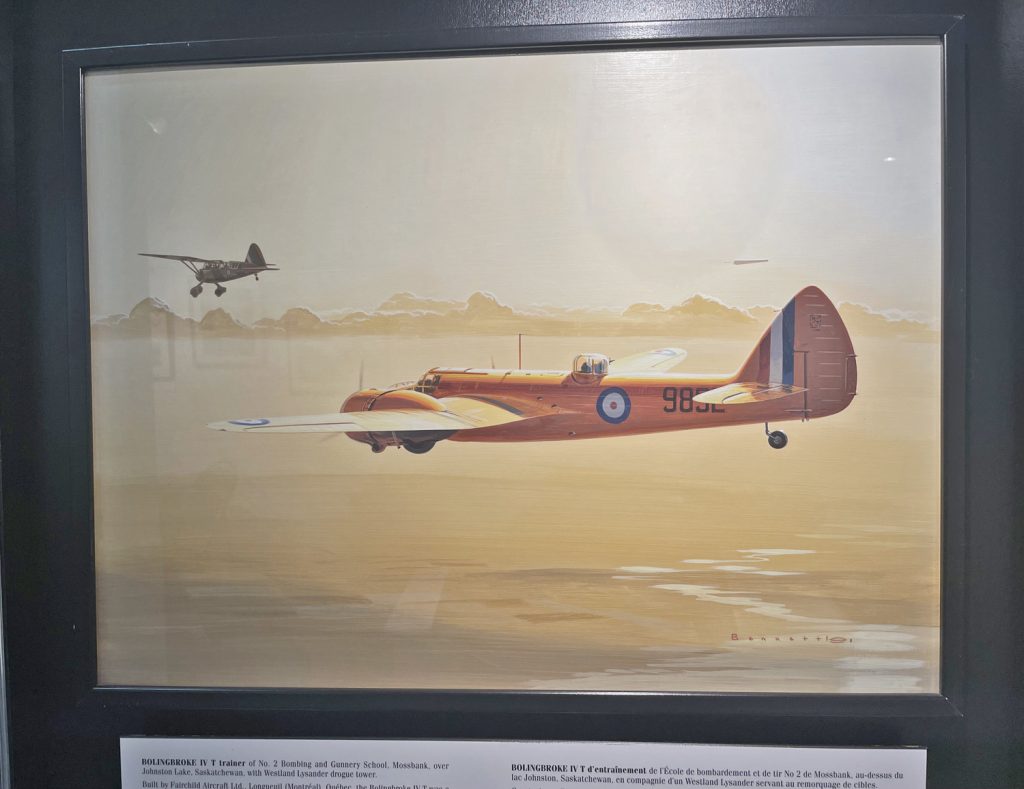
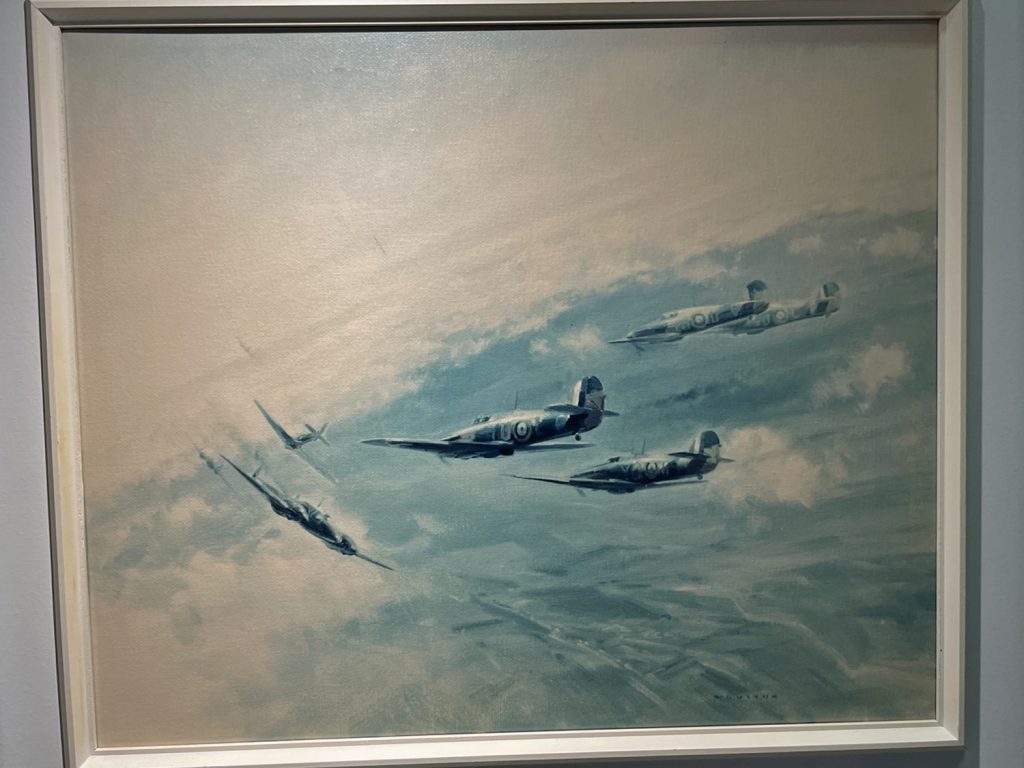
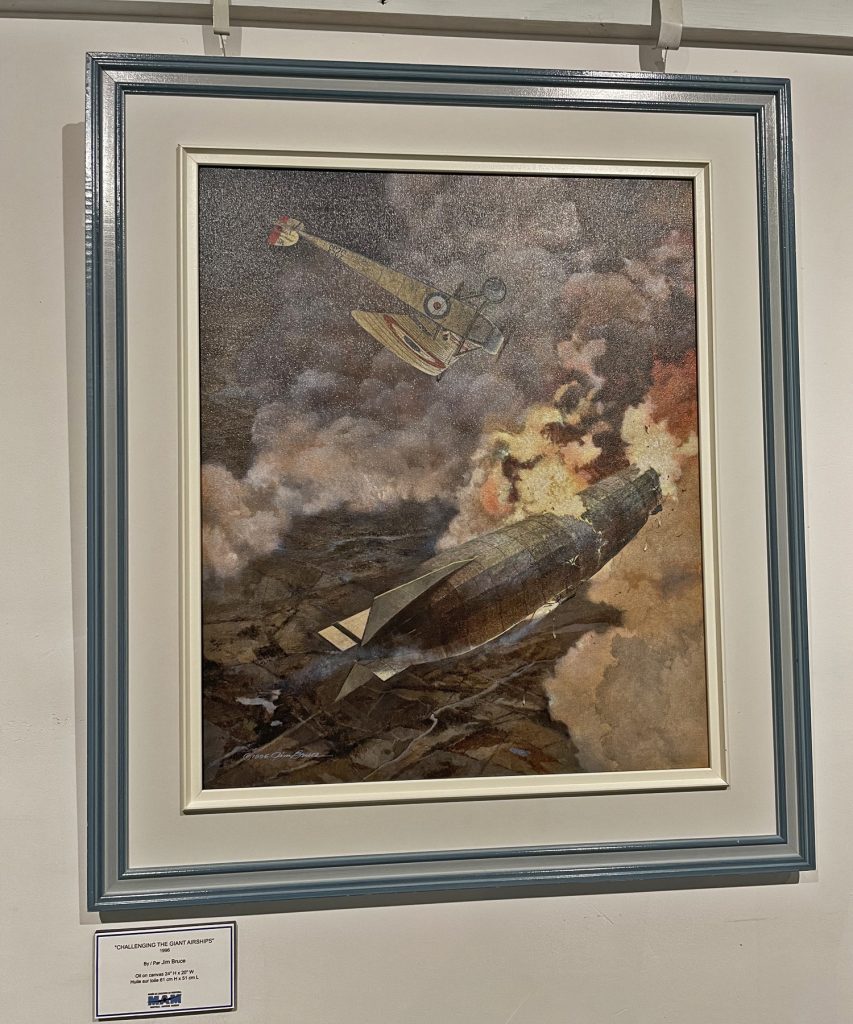
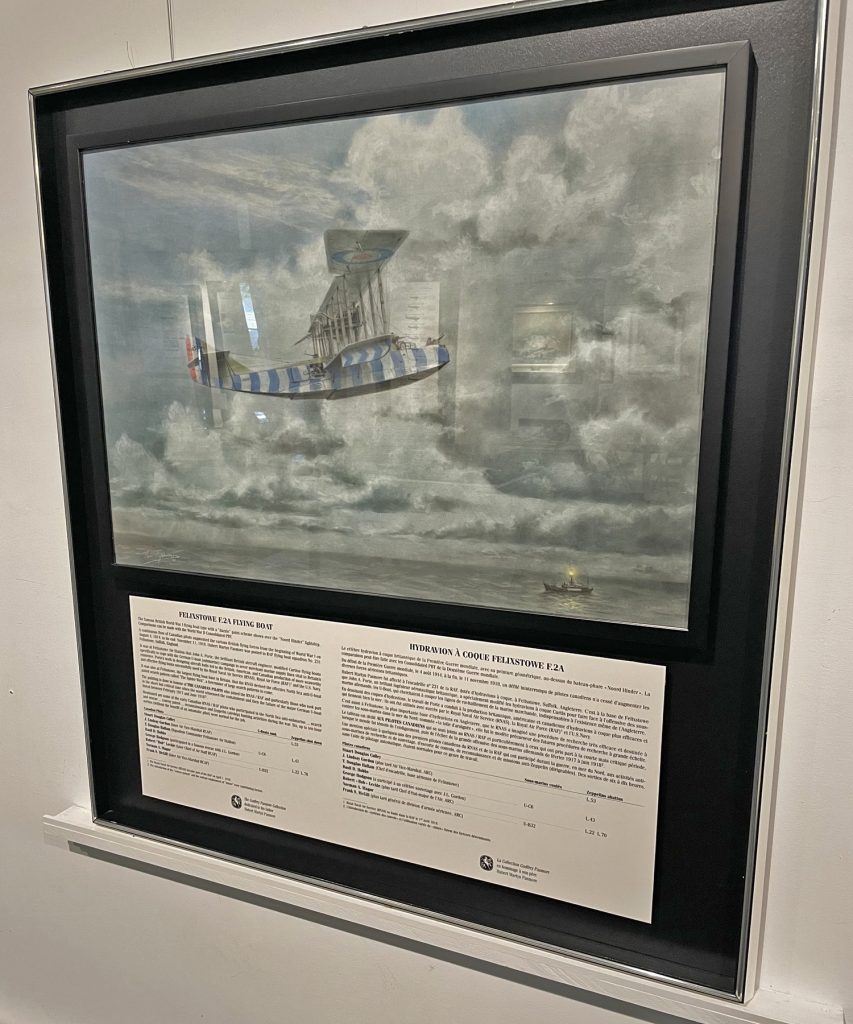
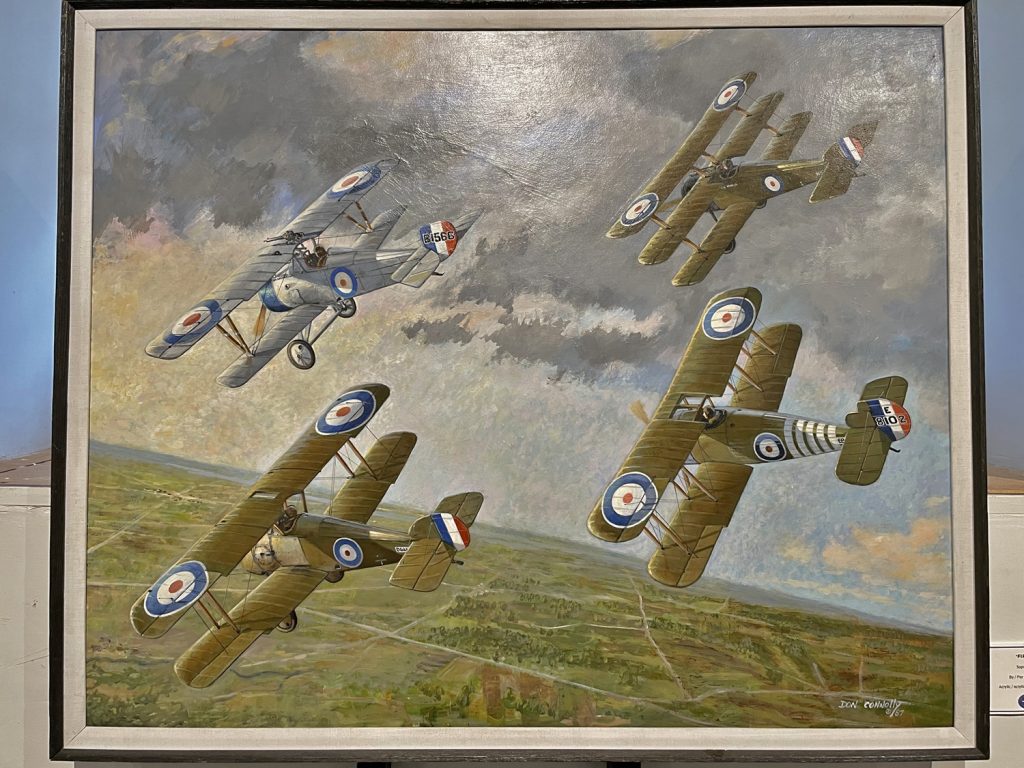
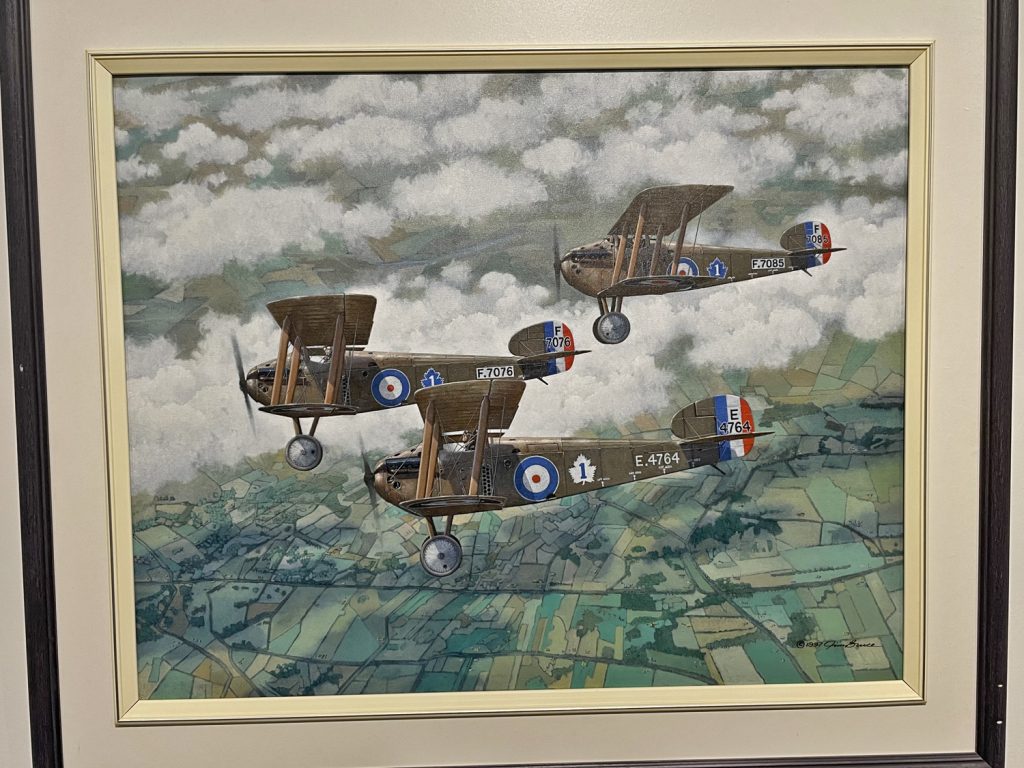
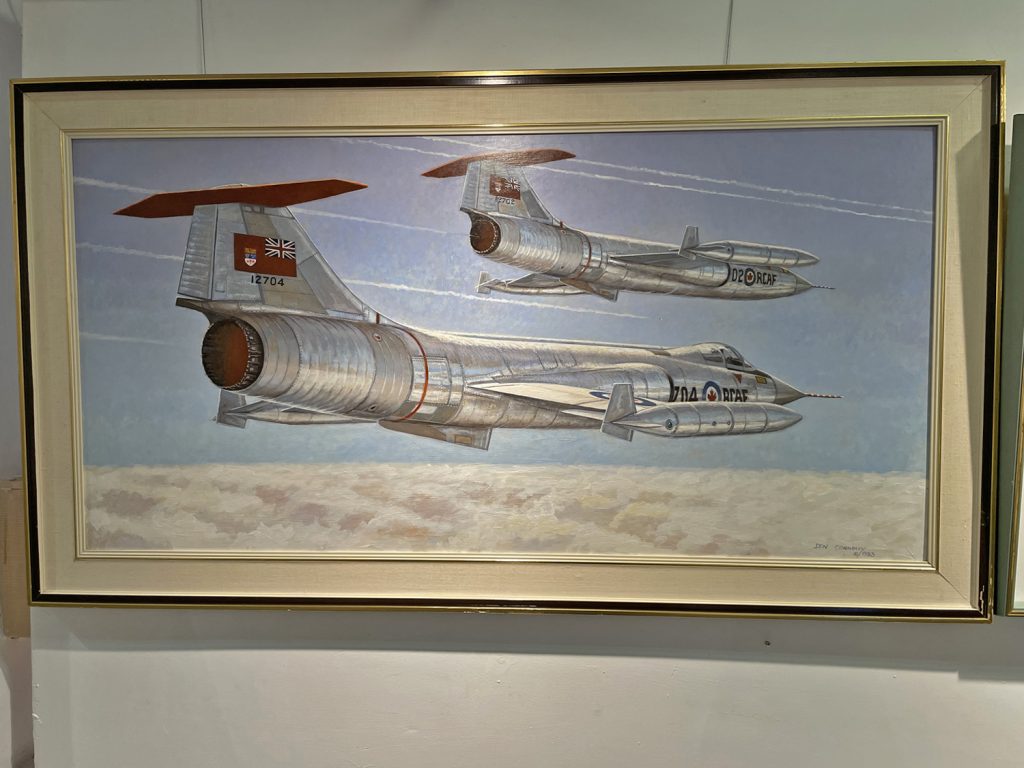
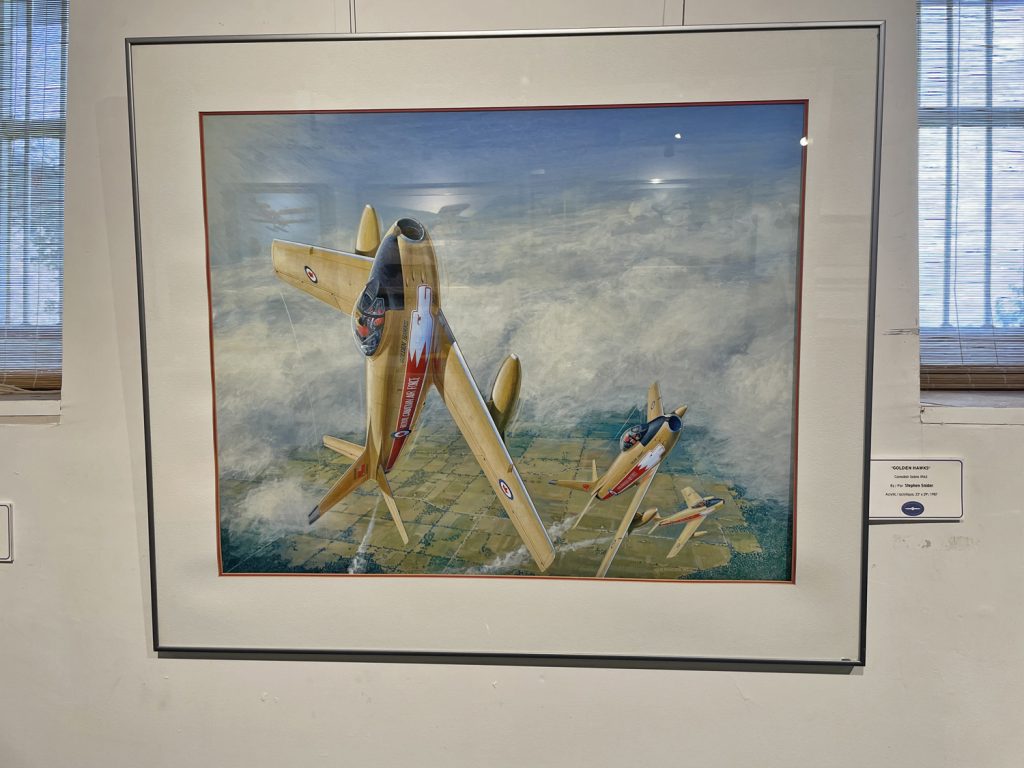
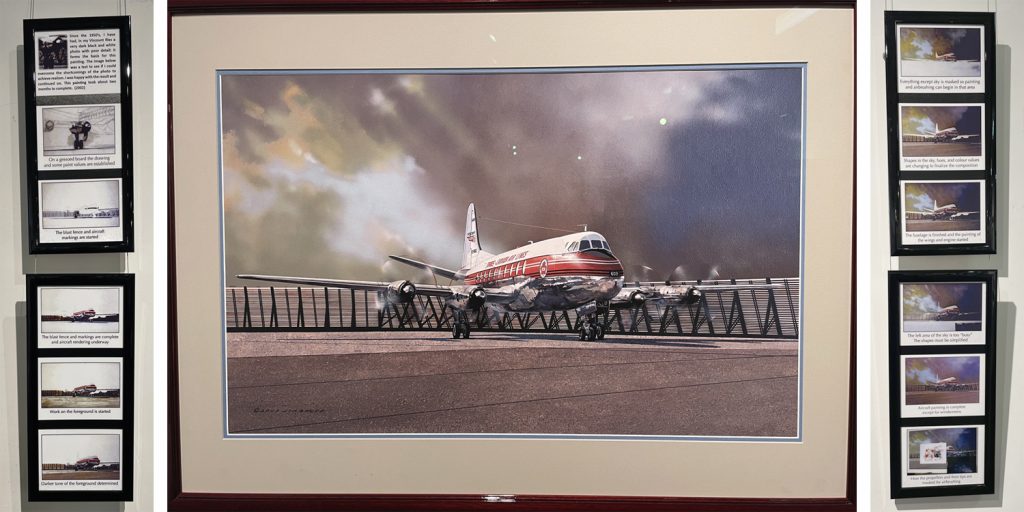
The MAM is well worth a visit!



























































